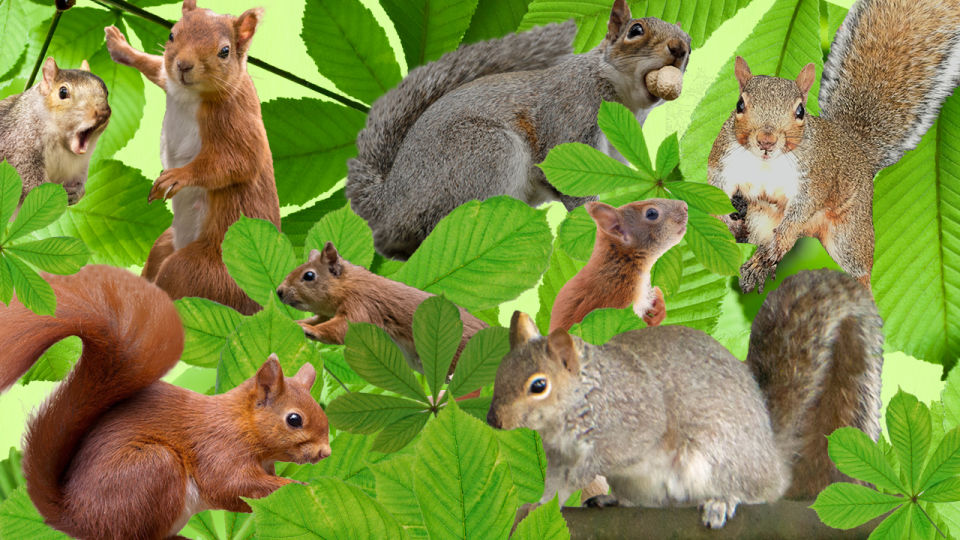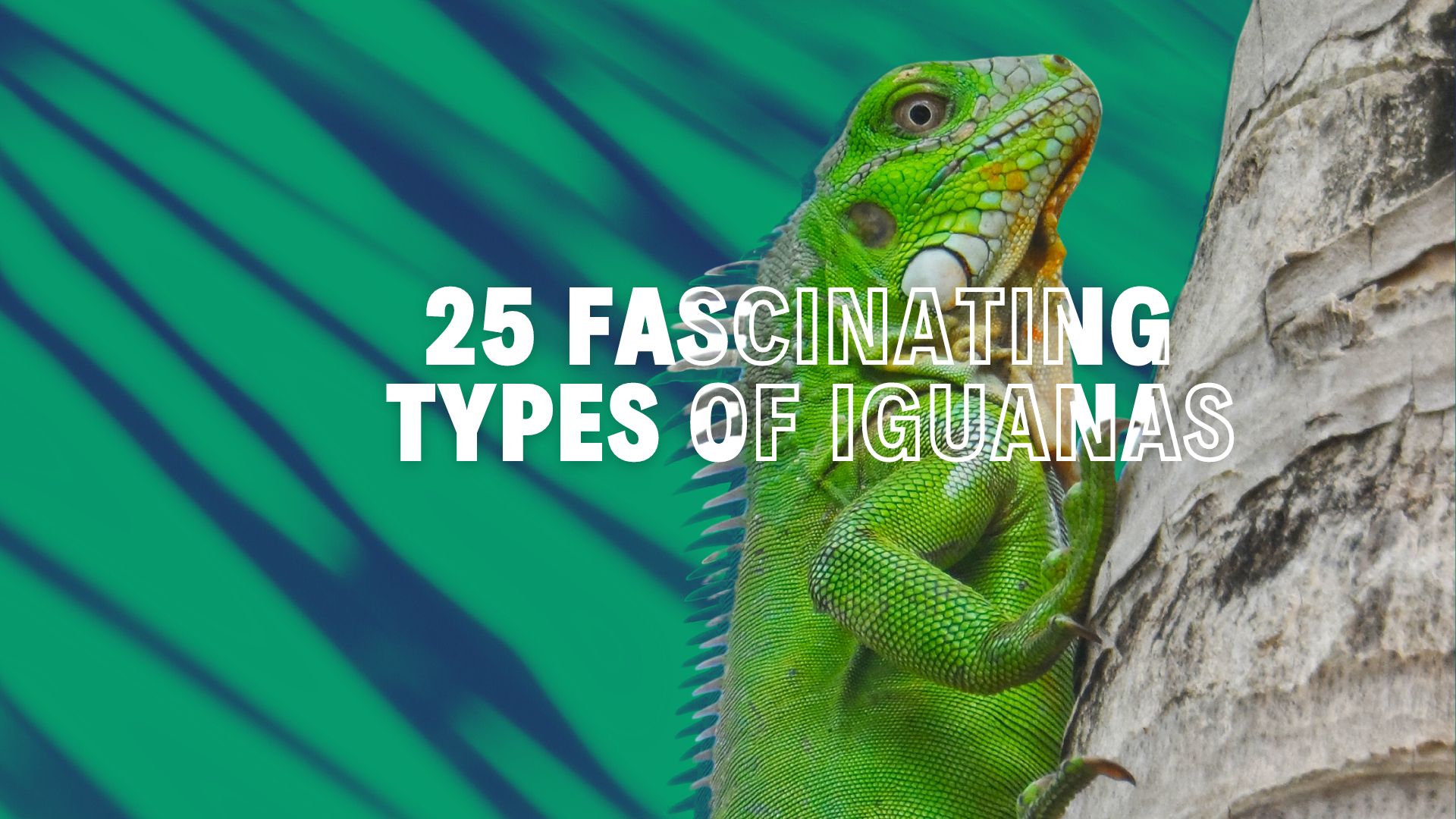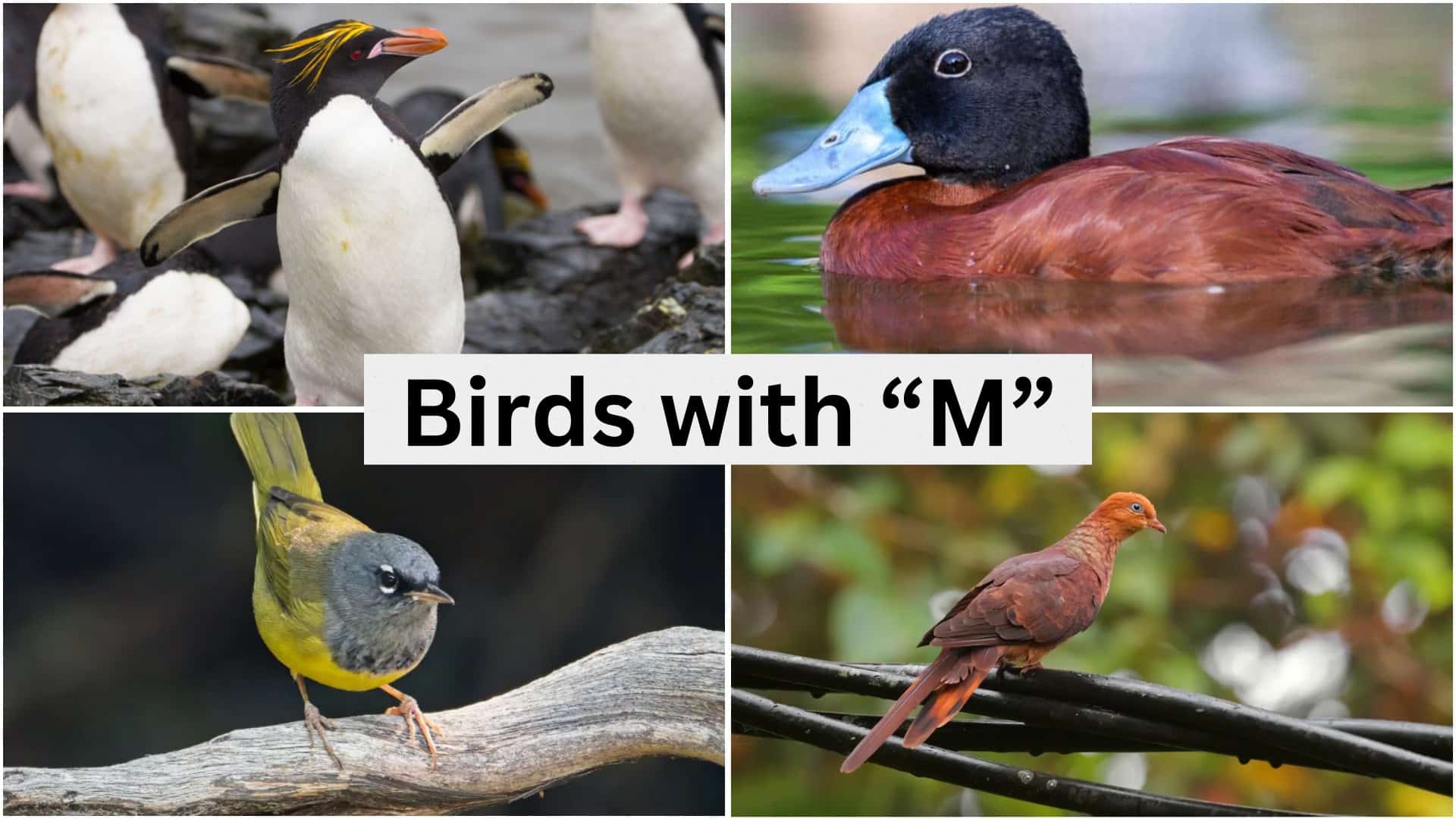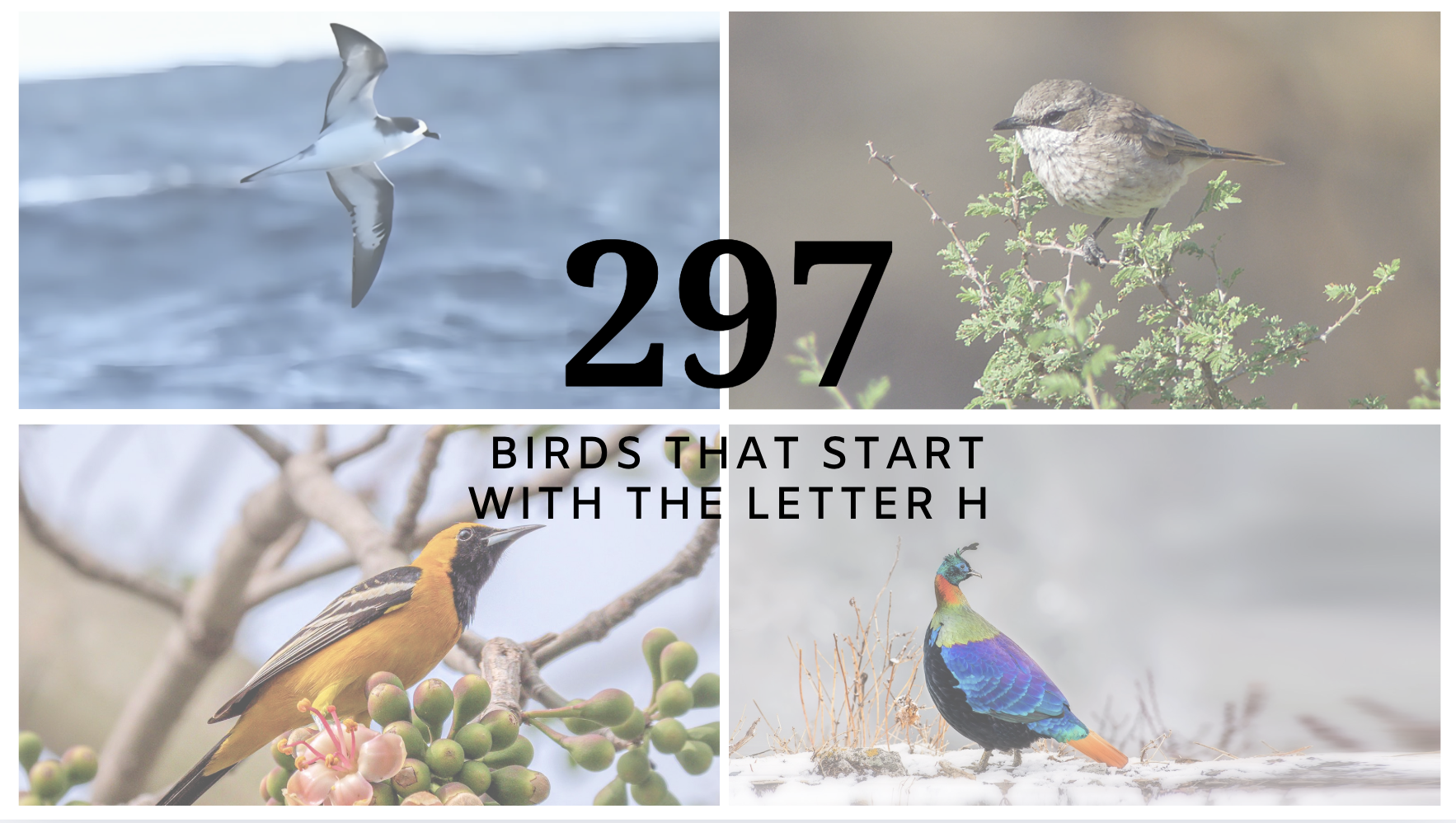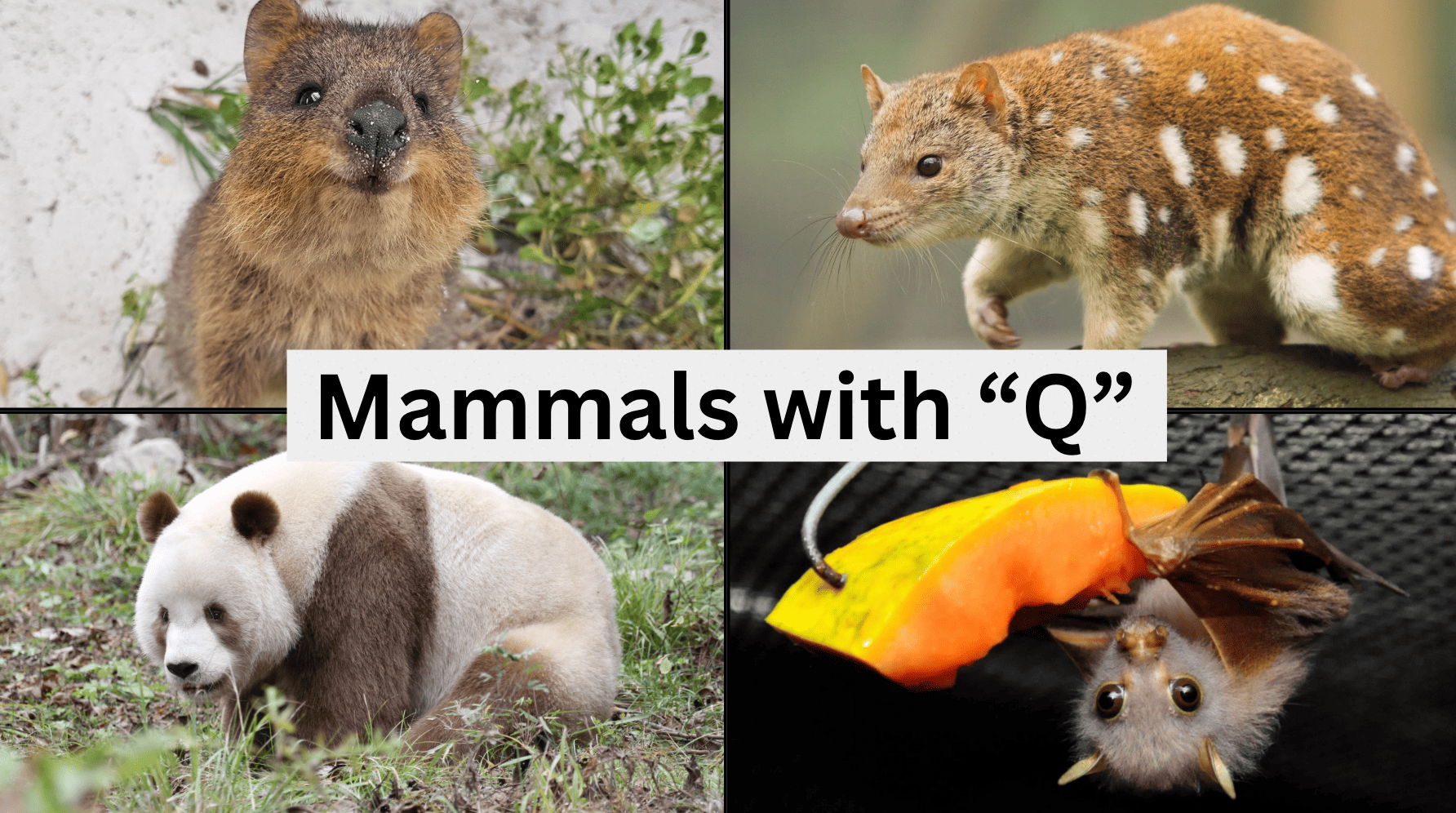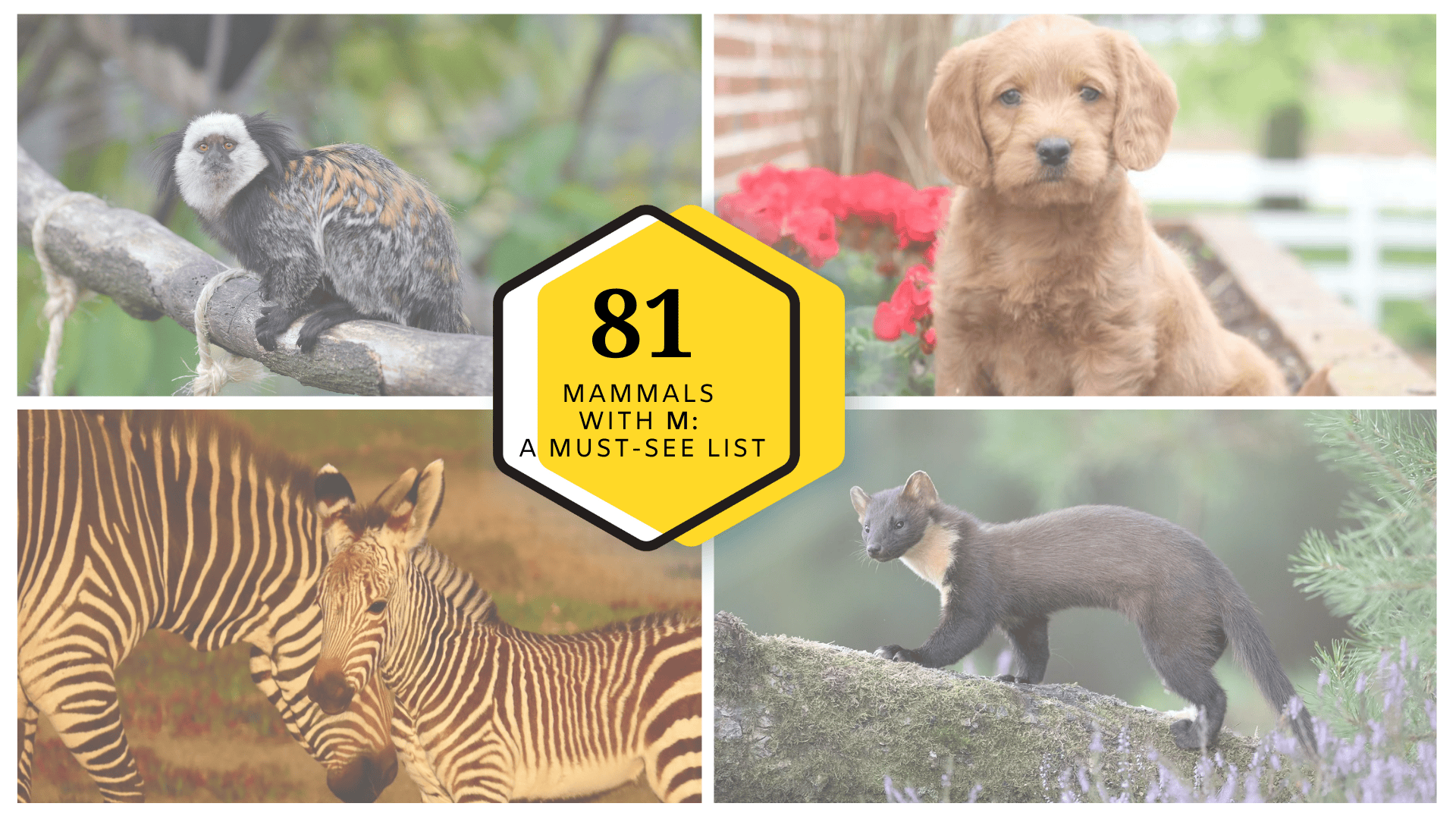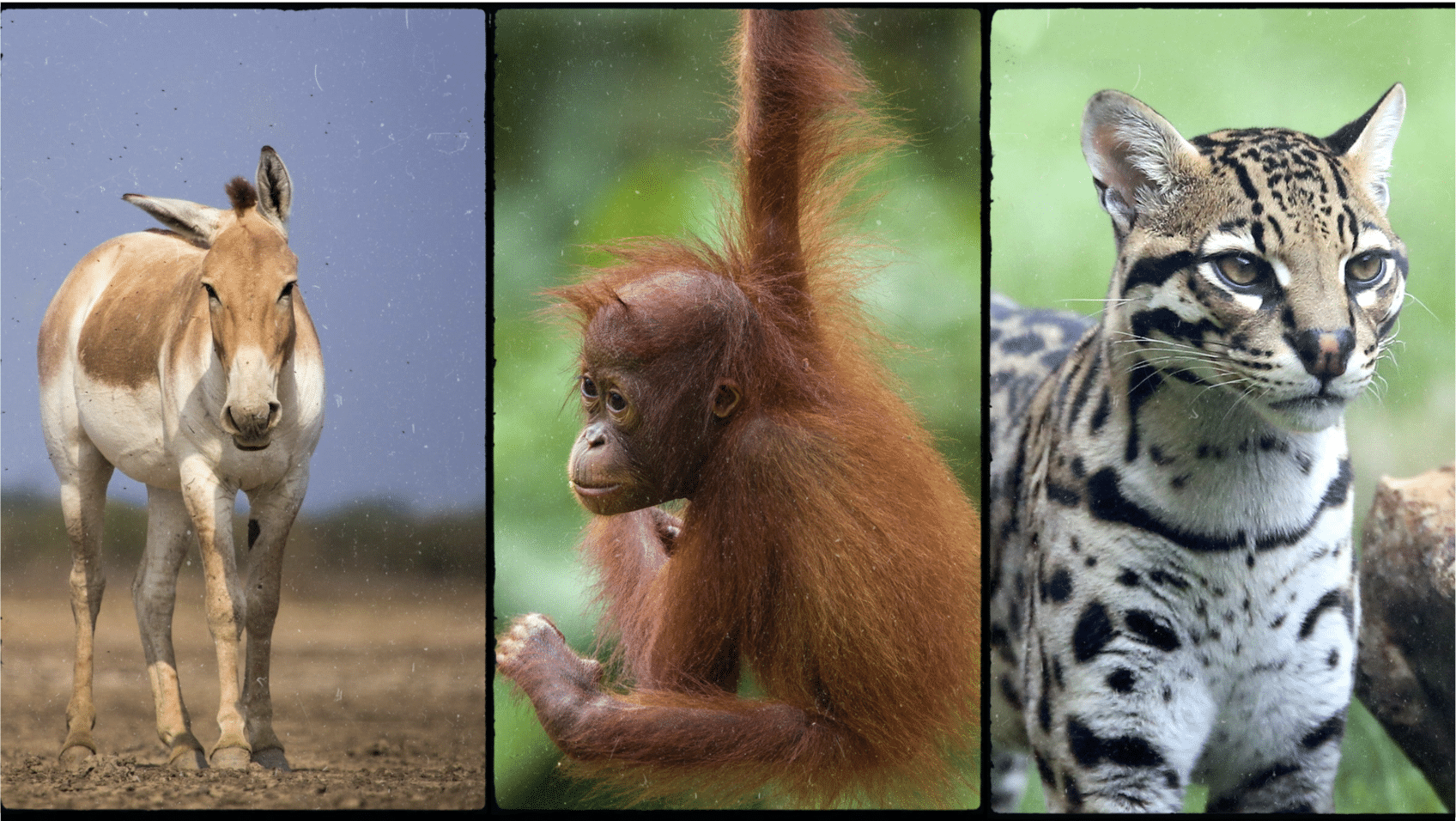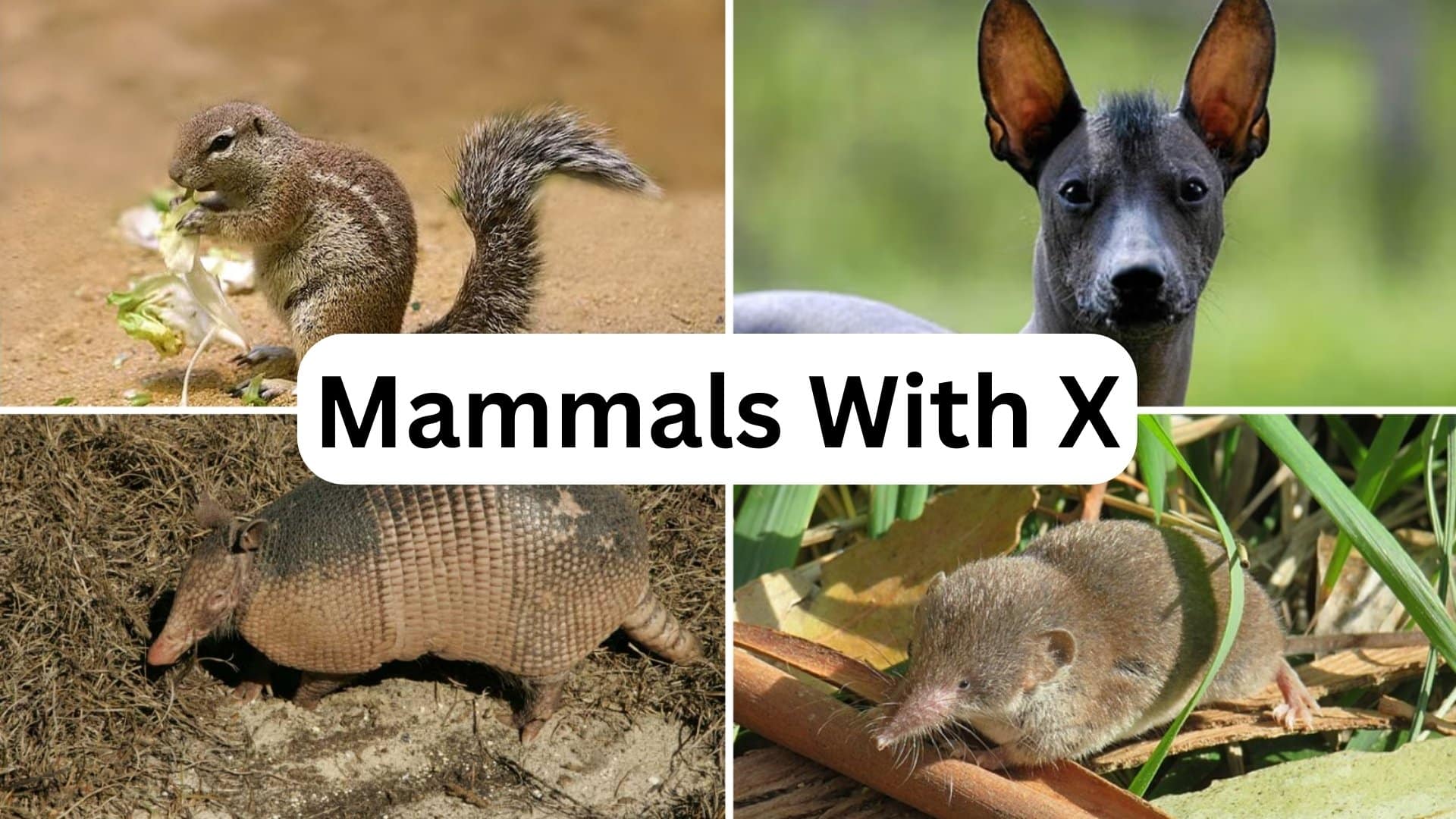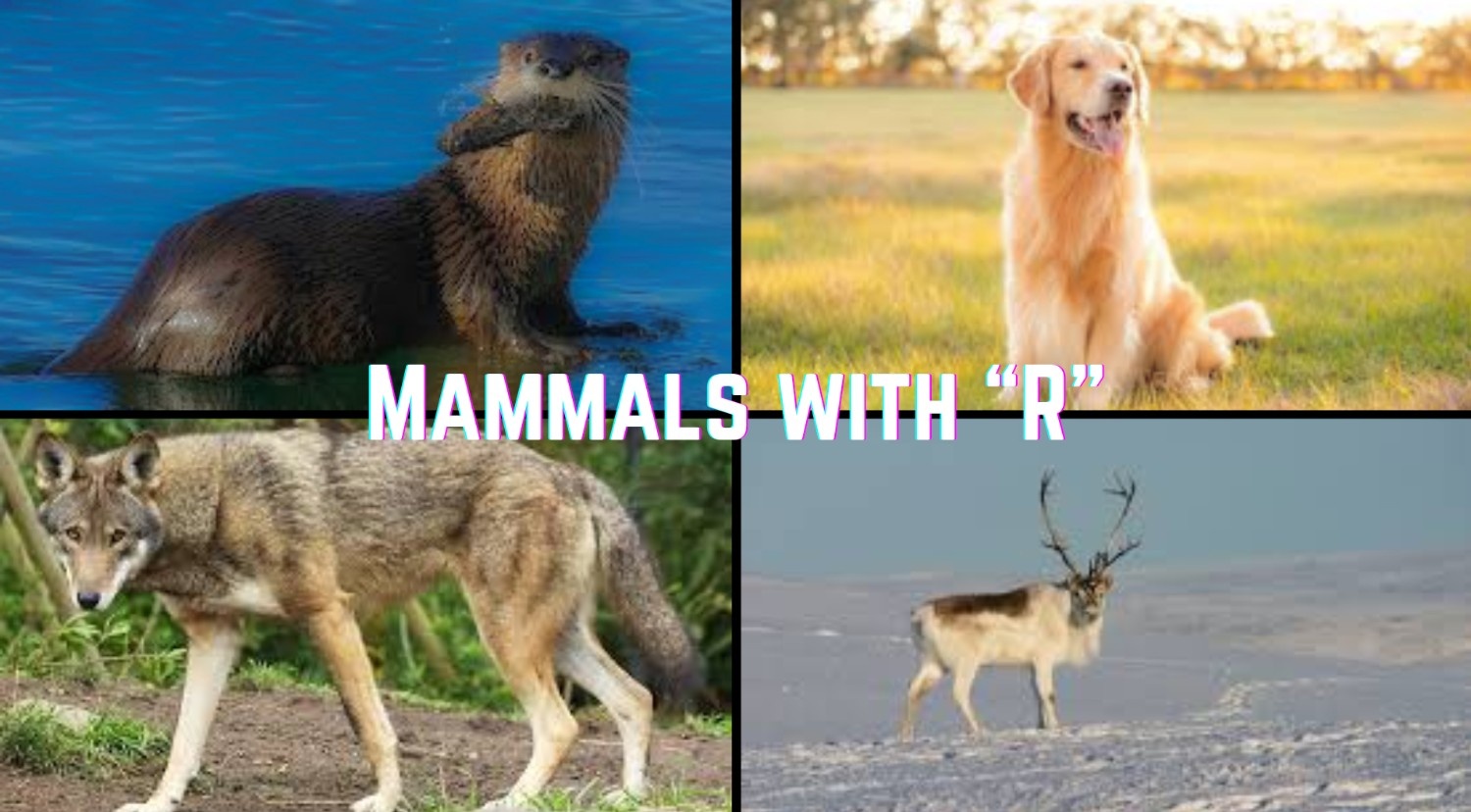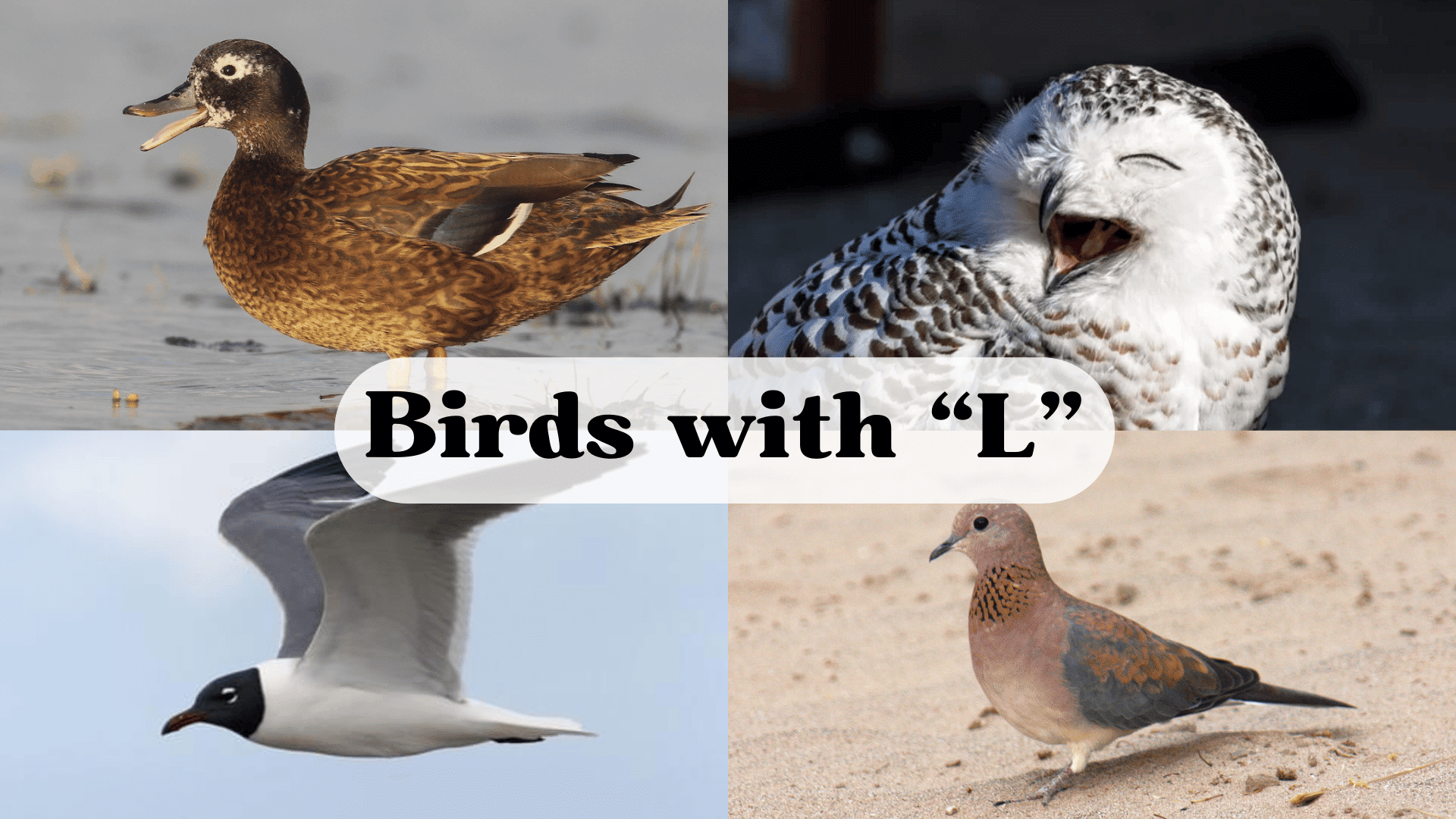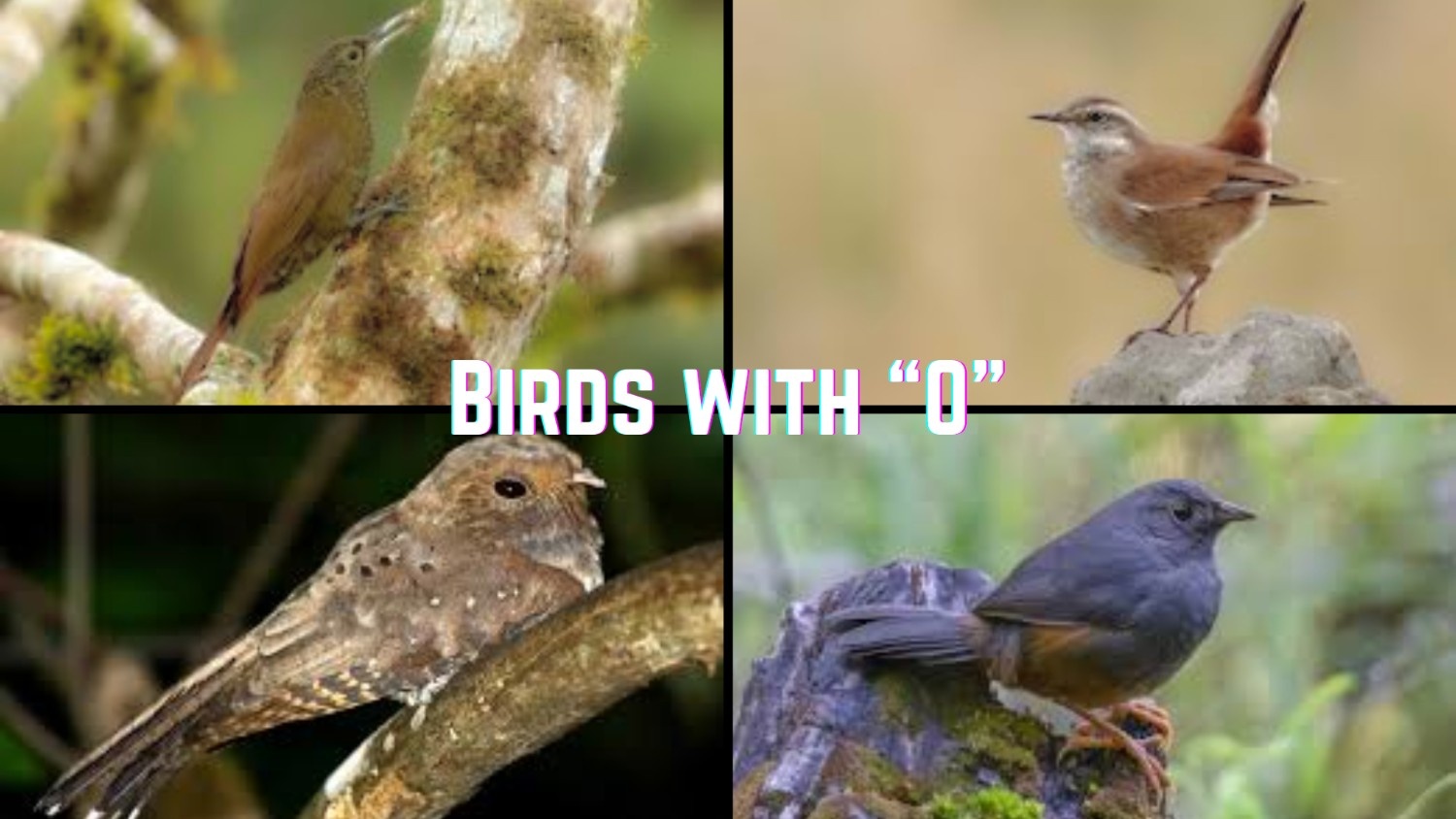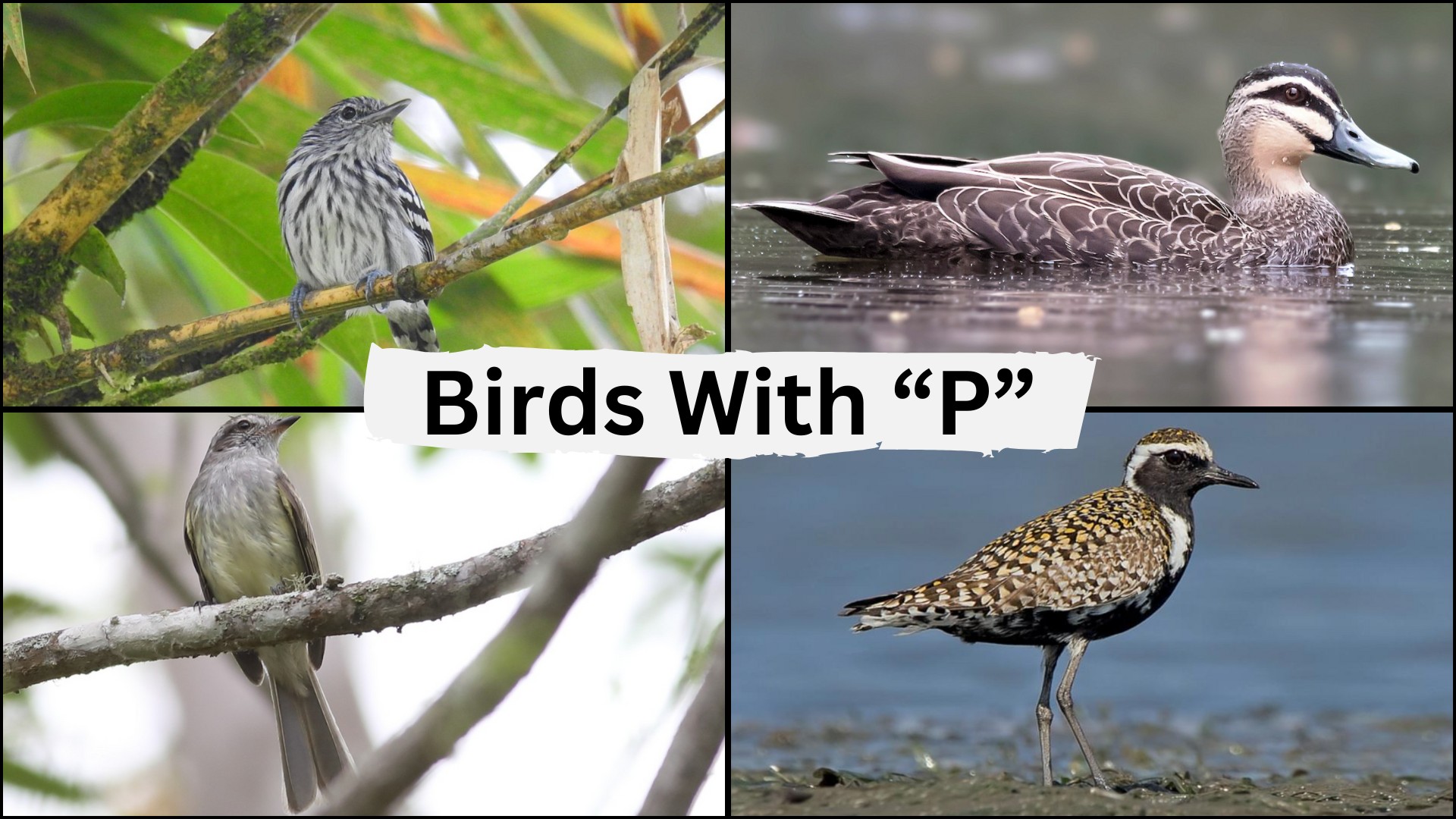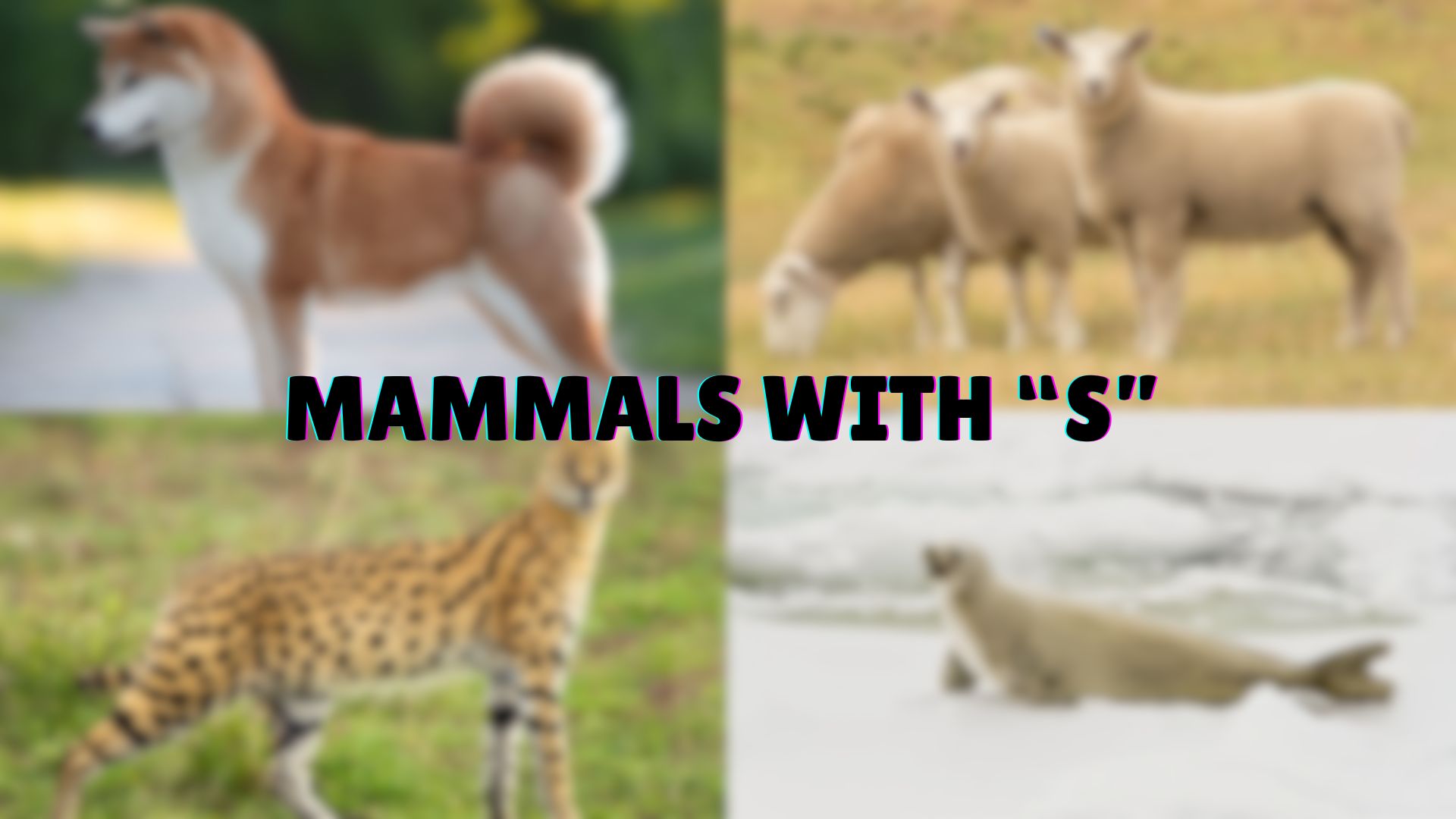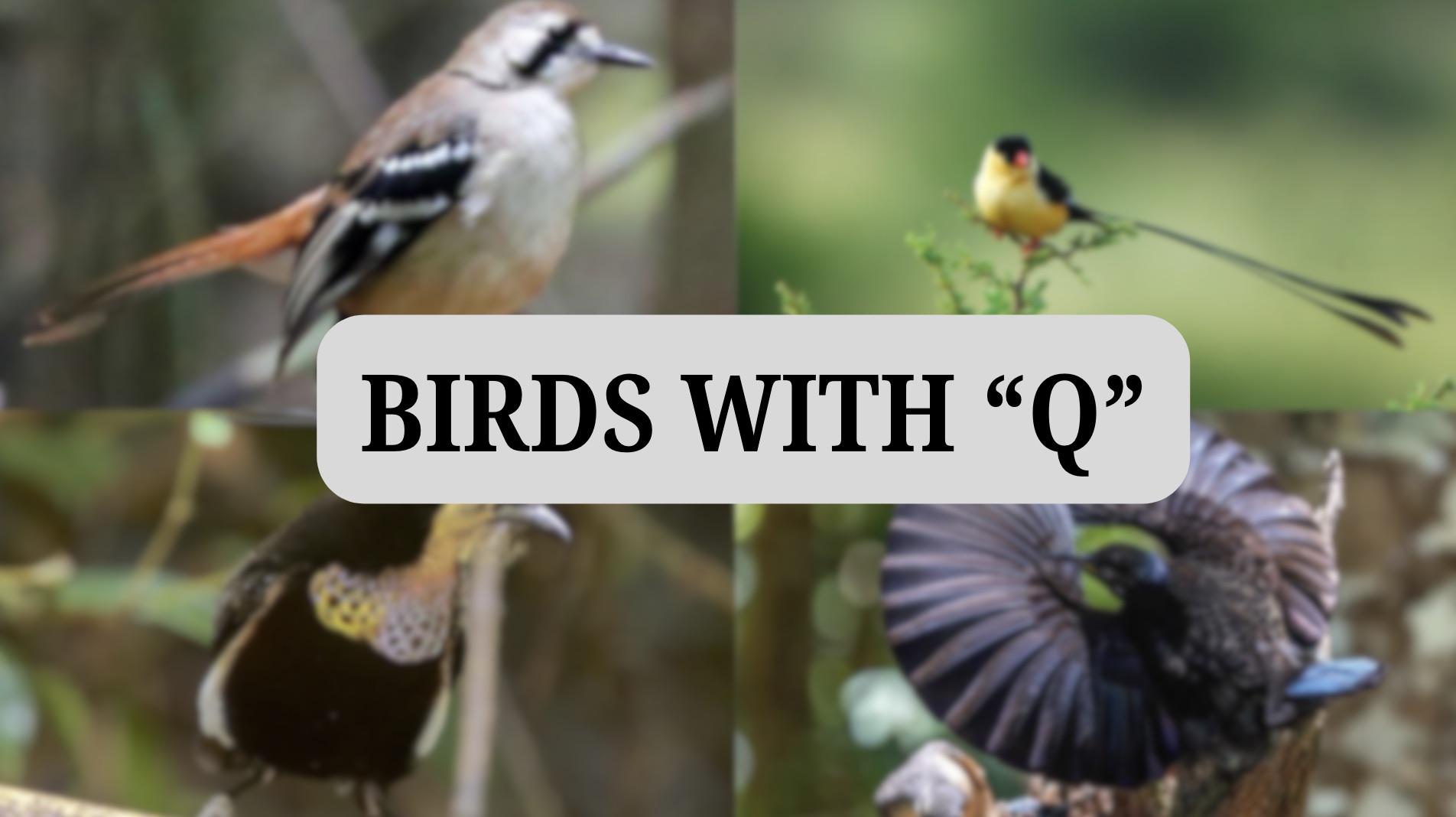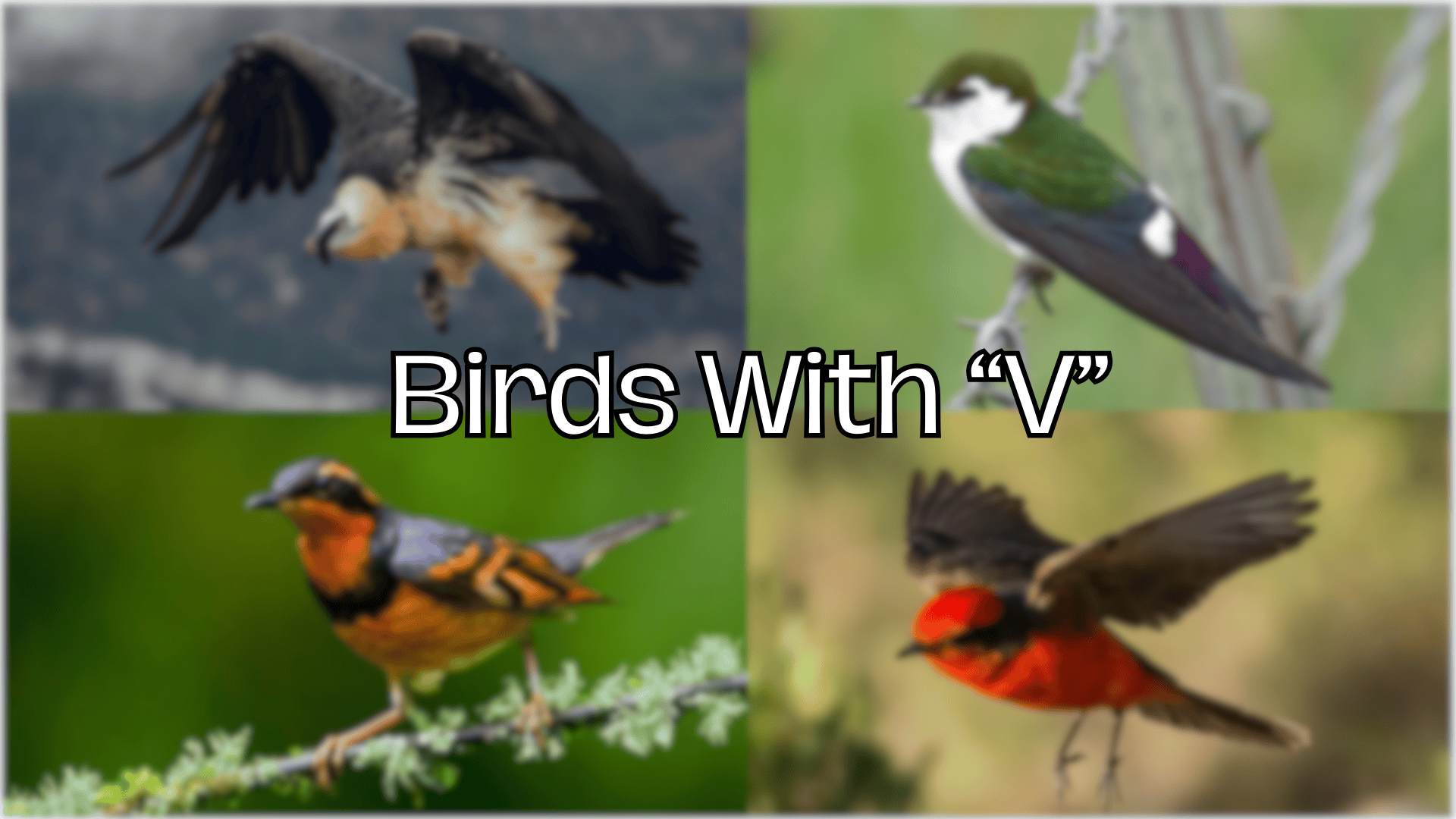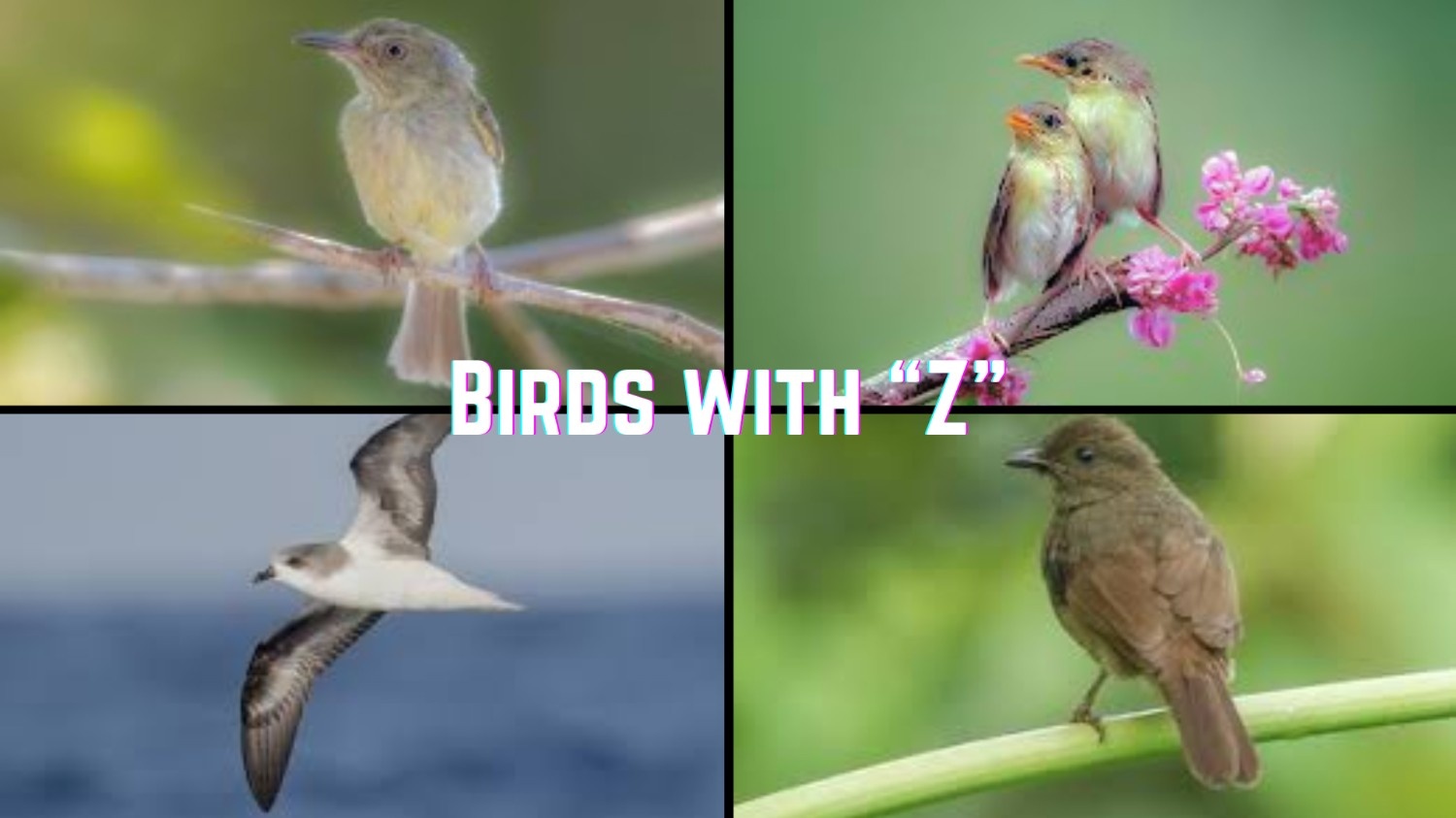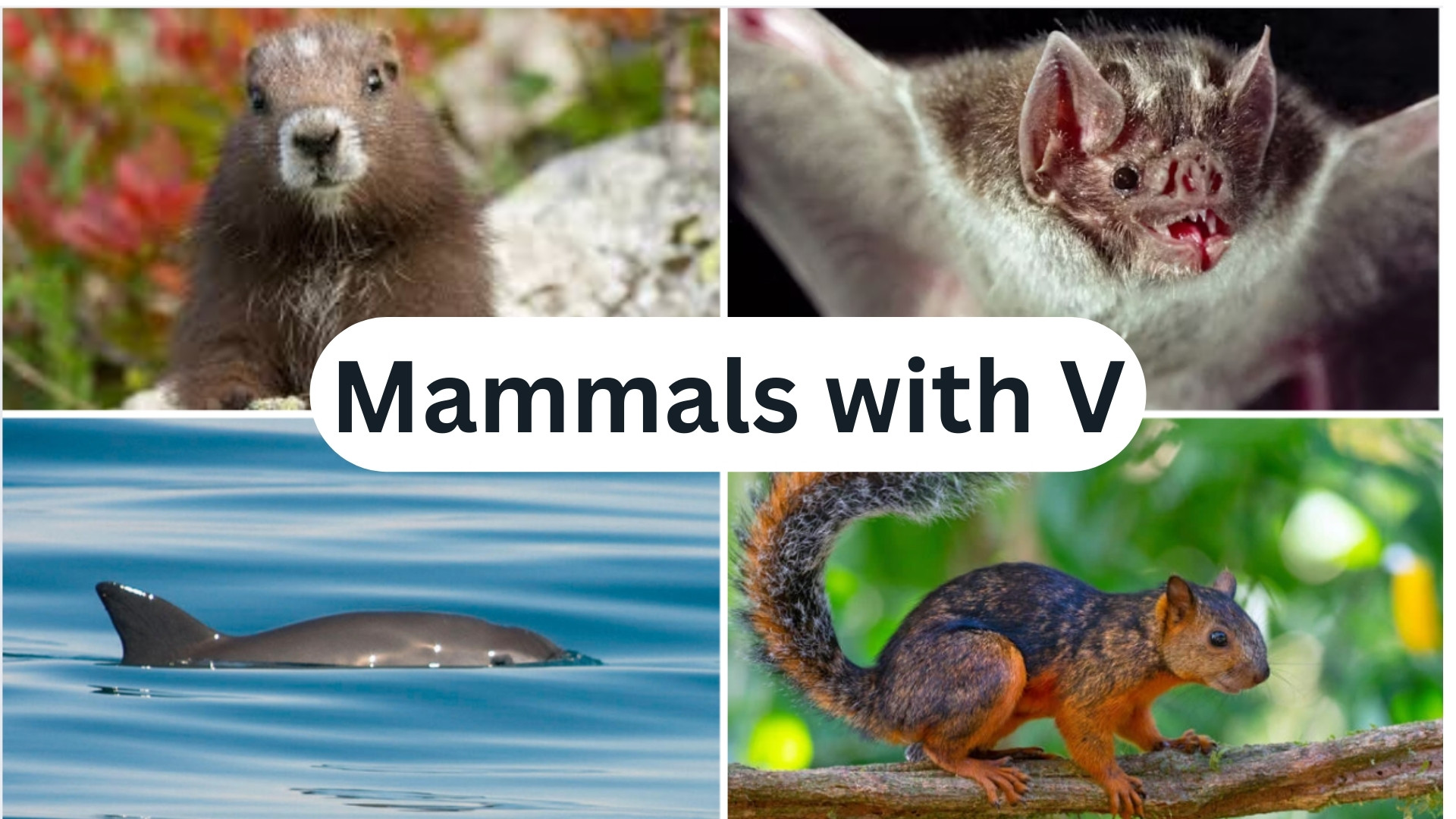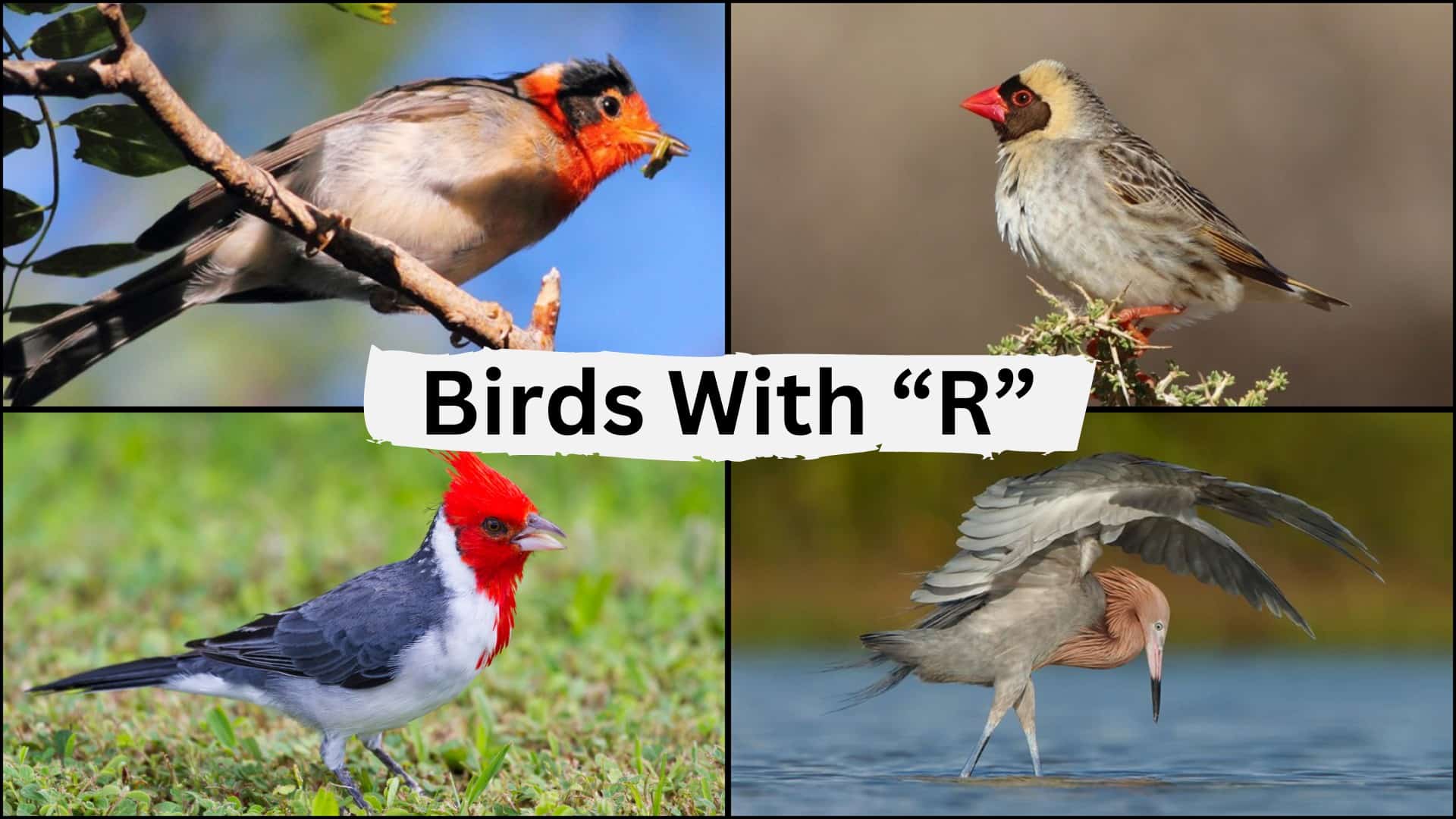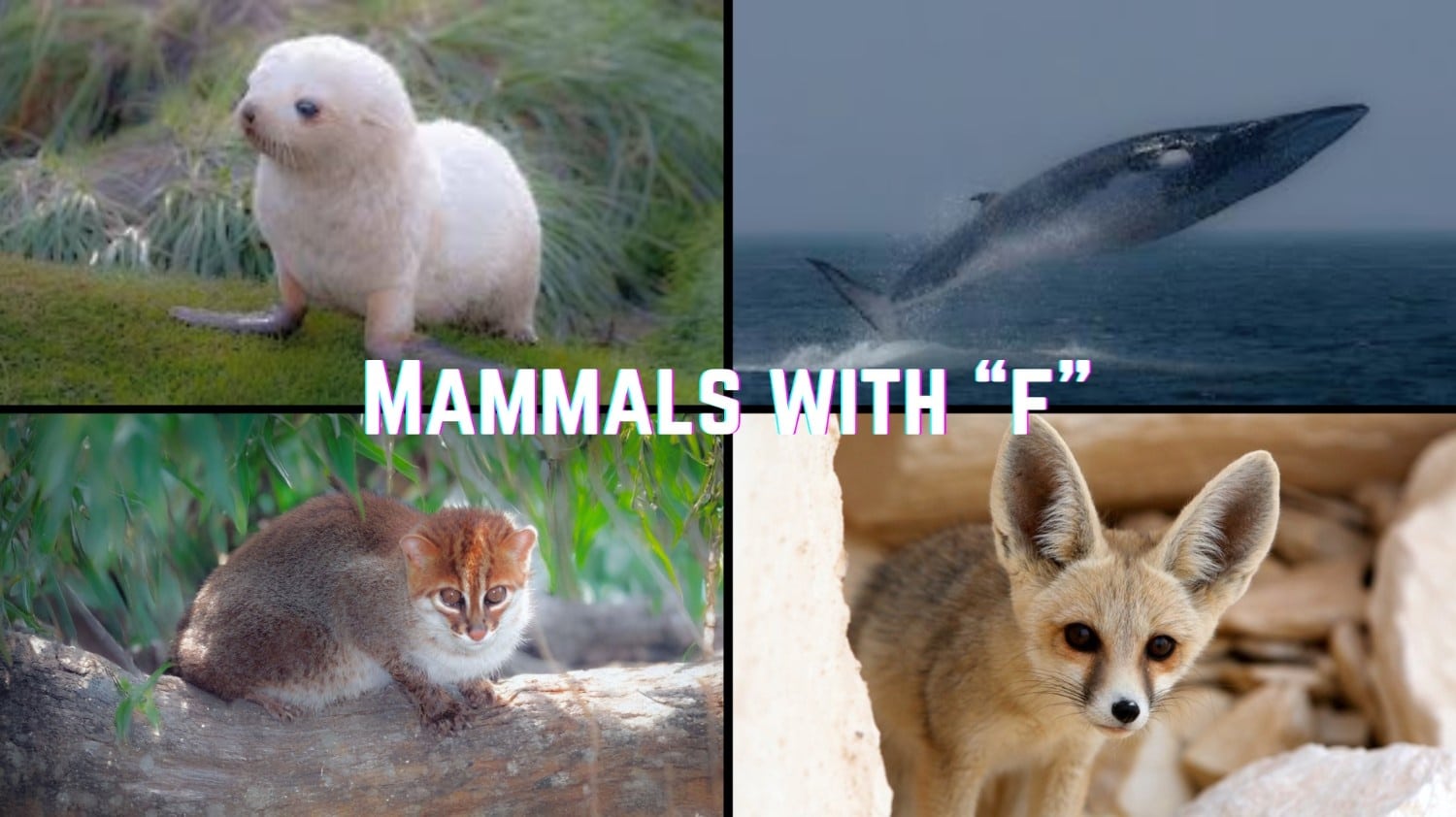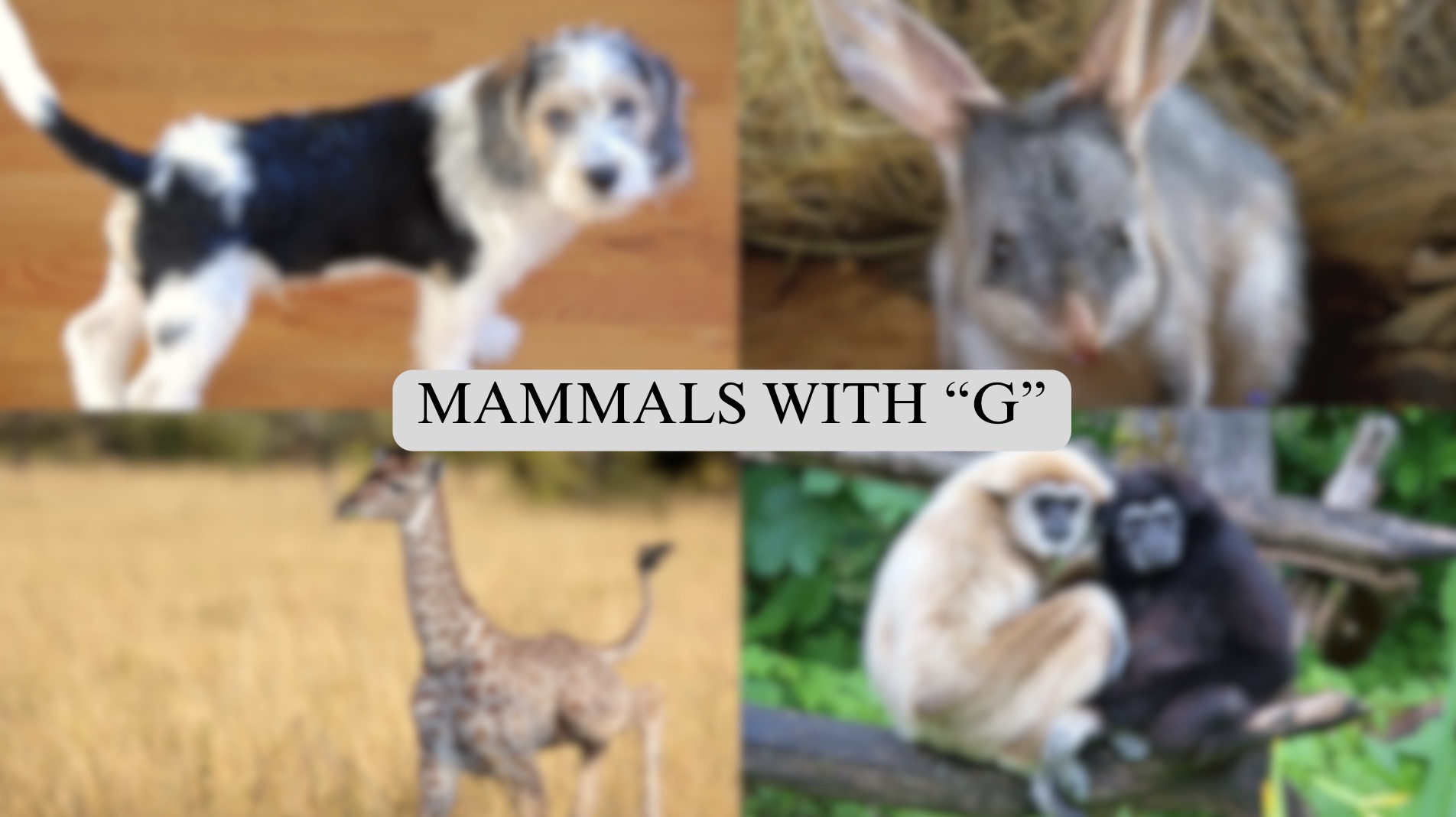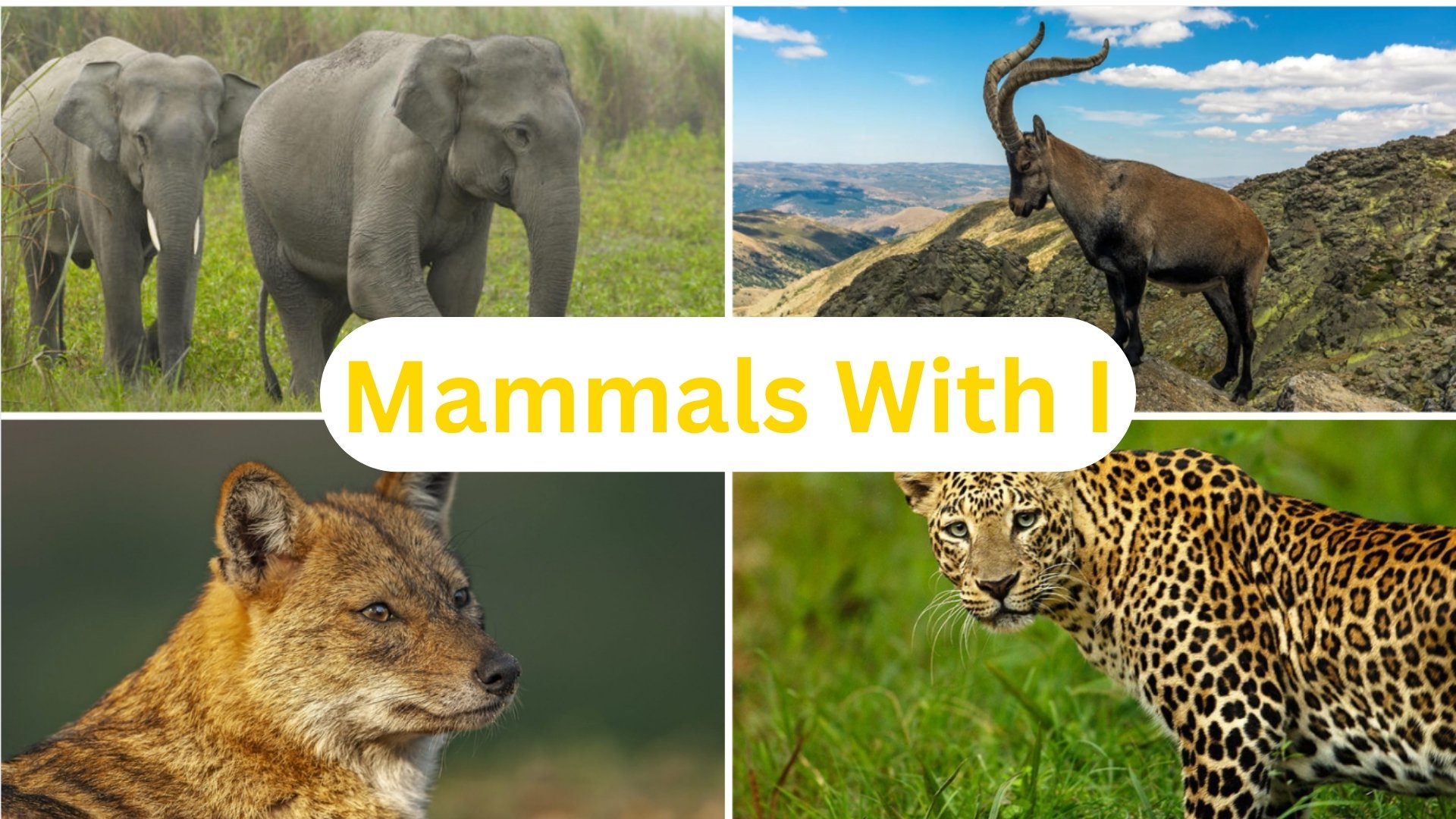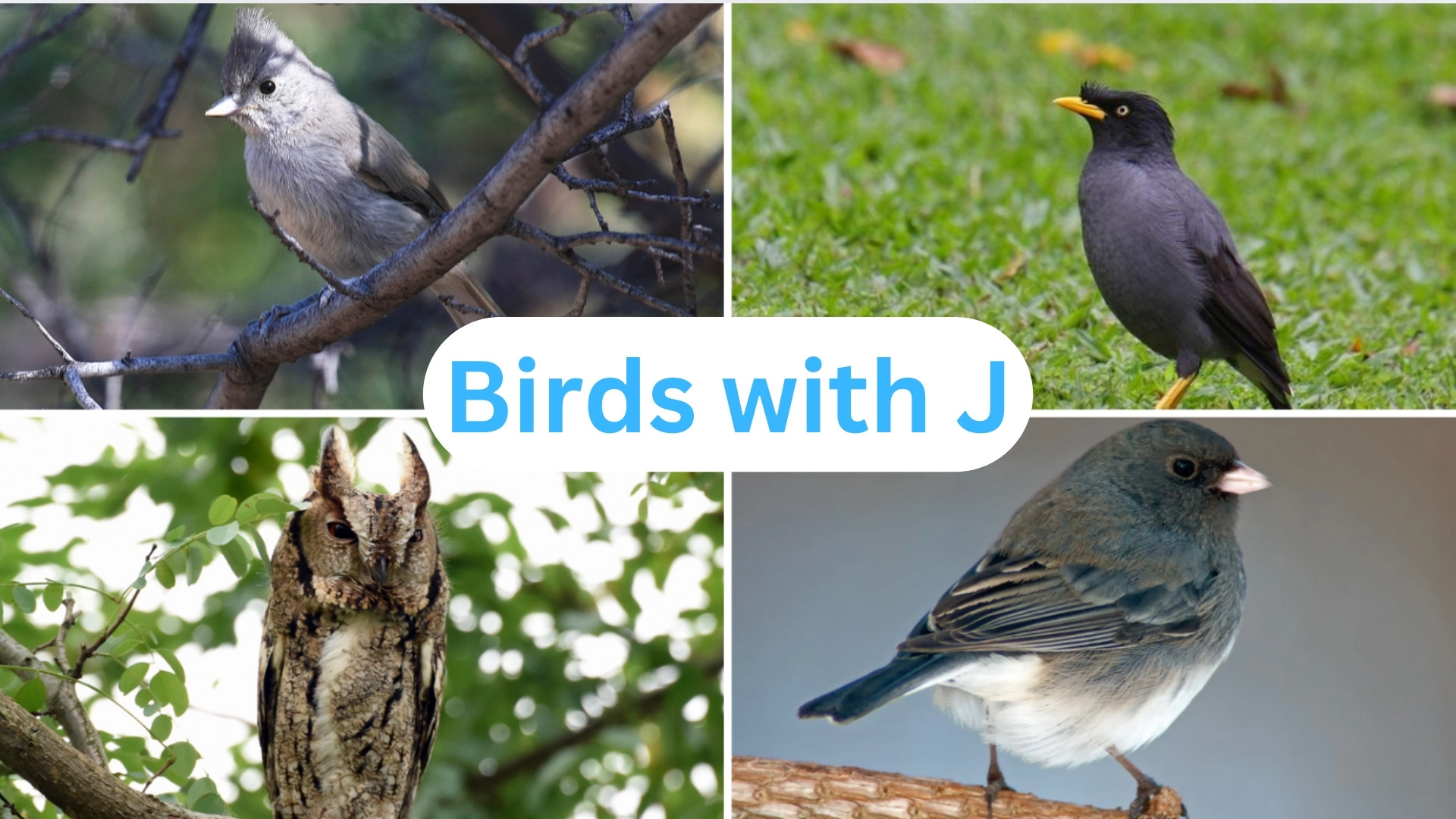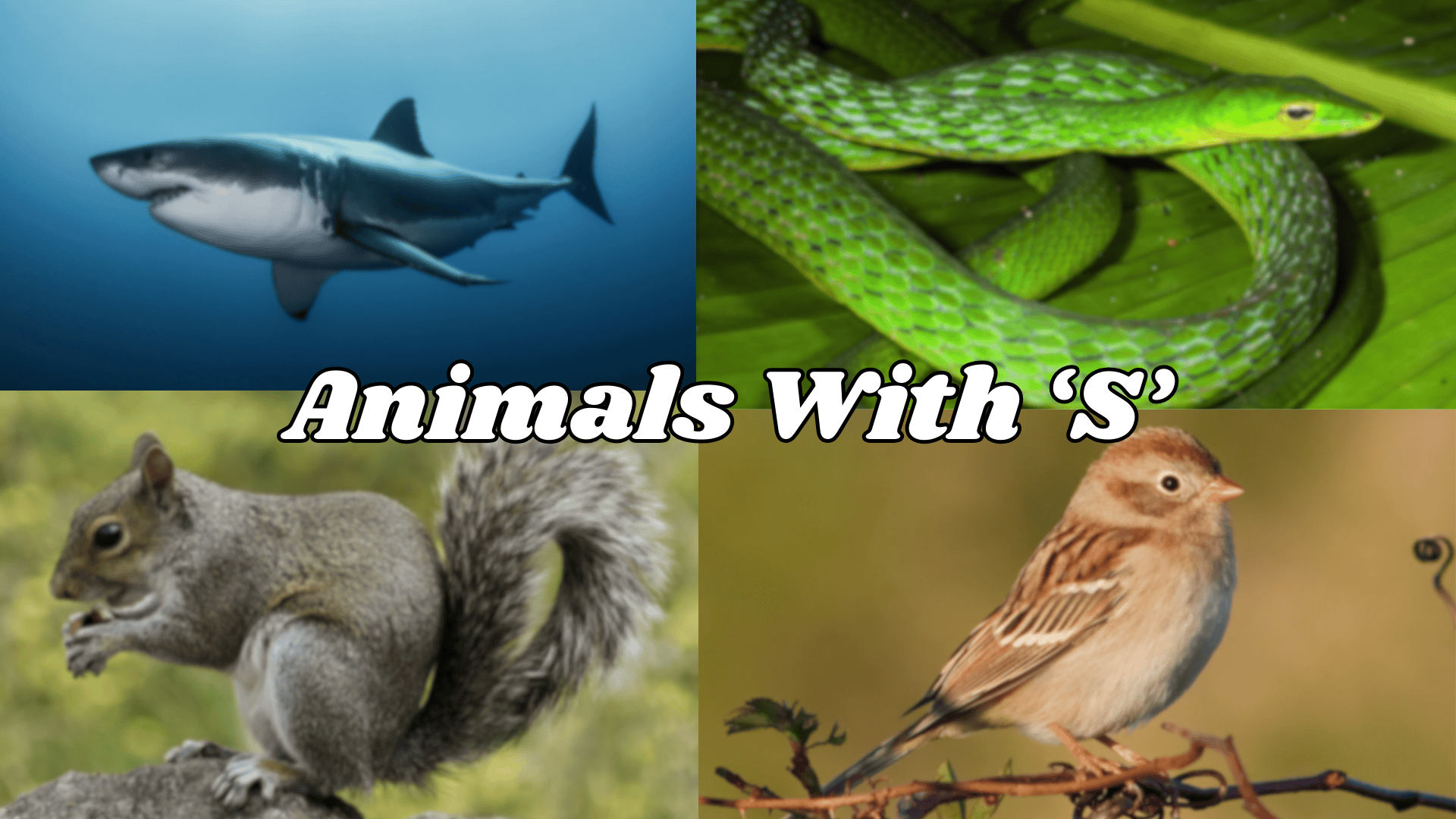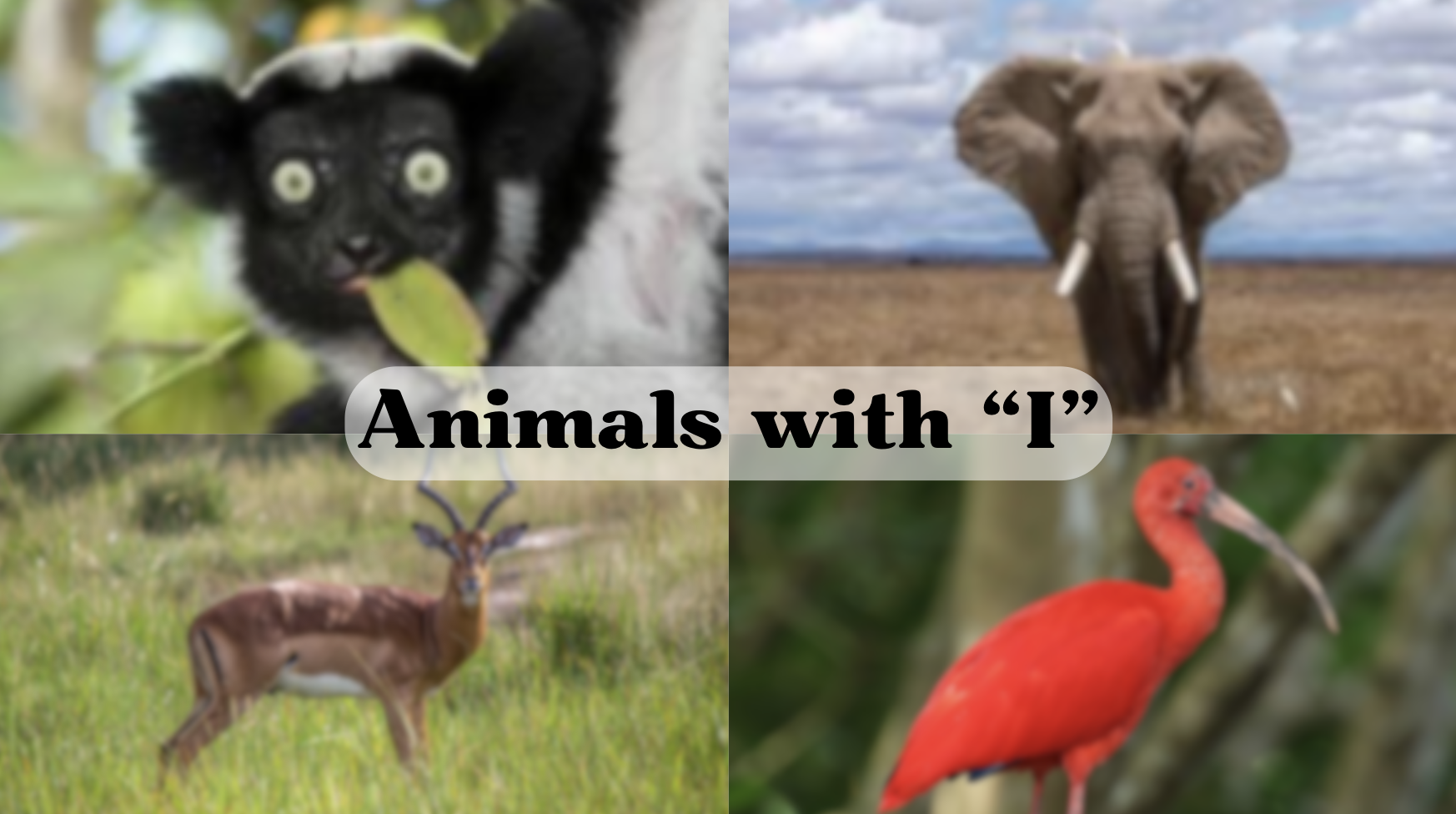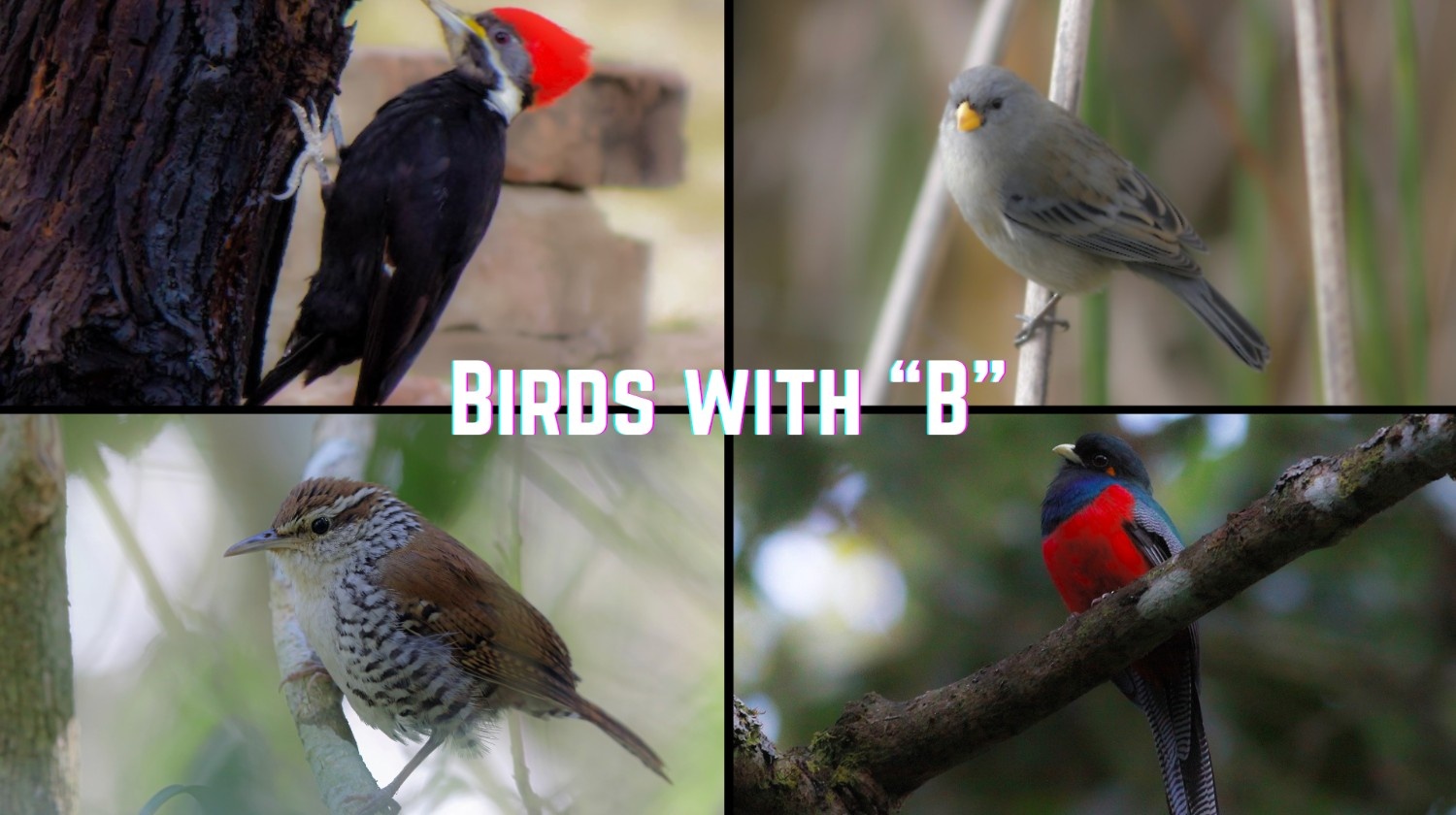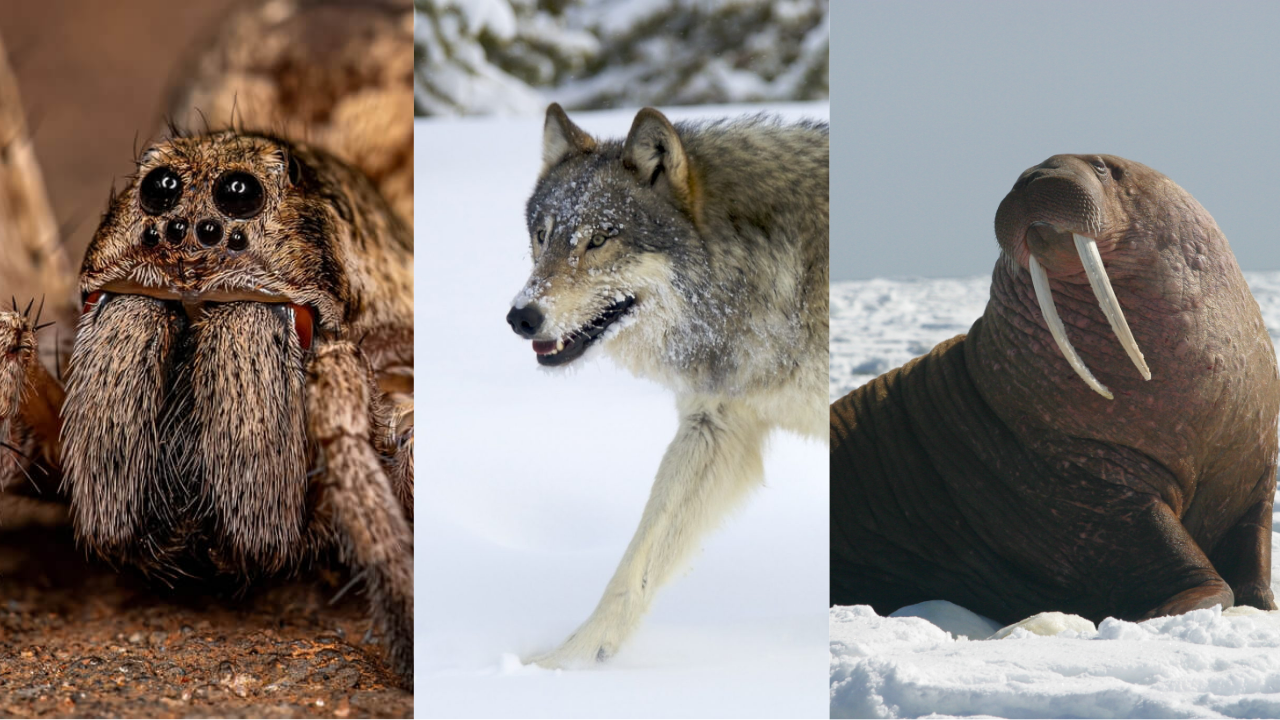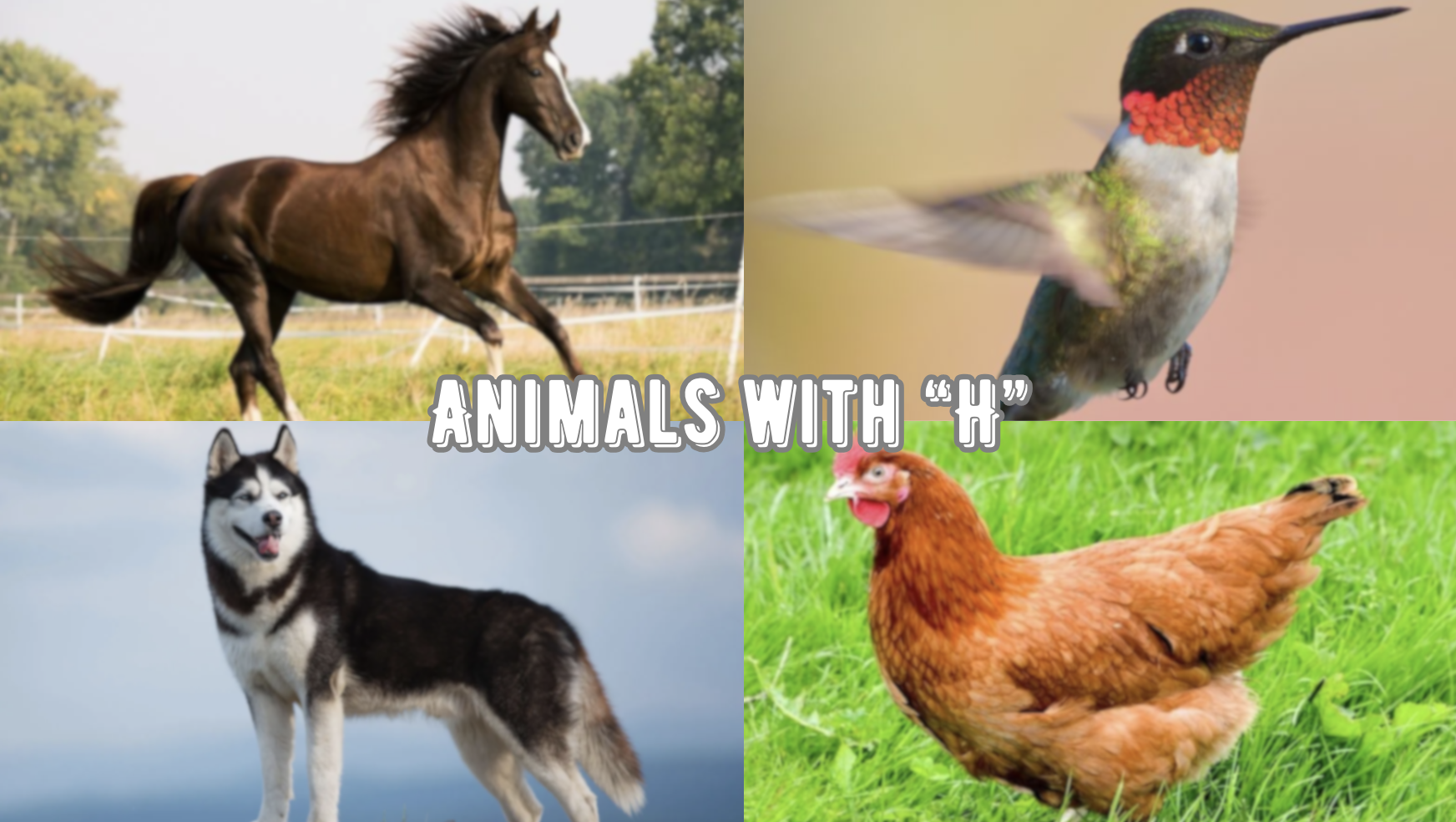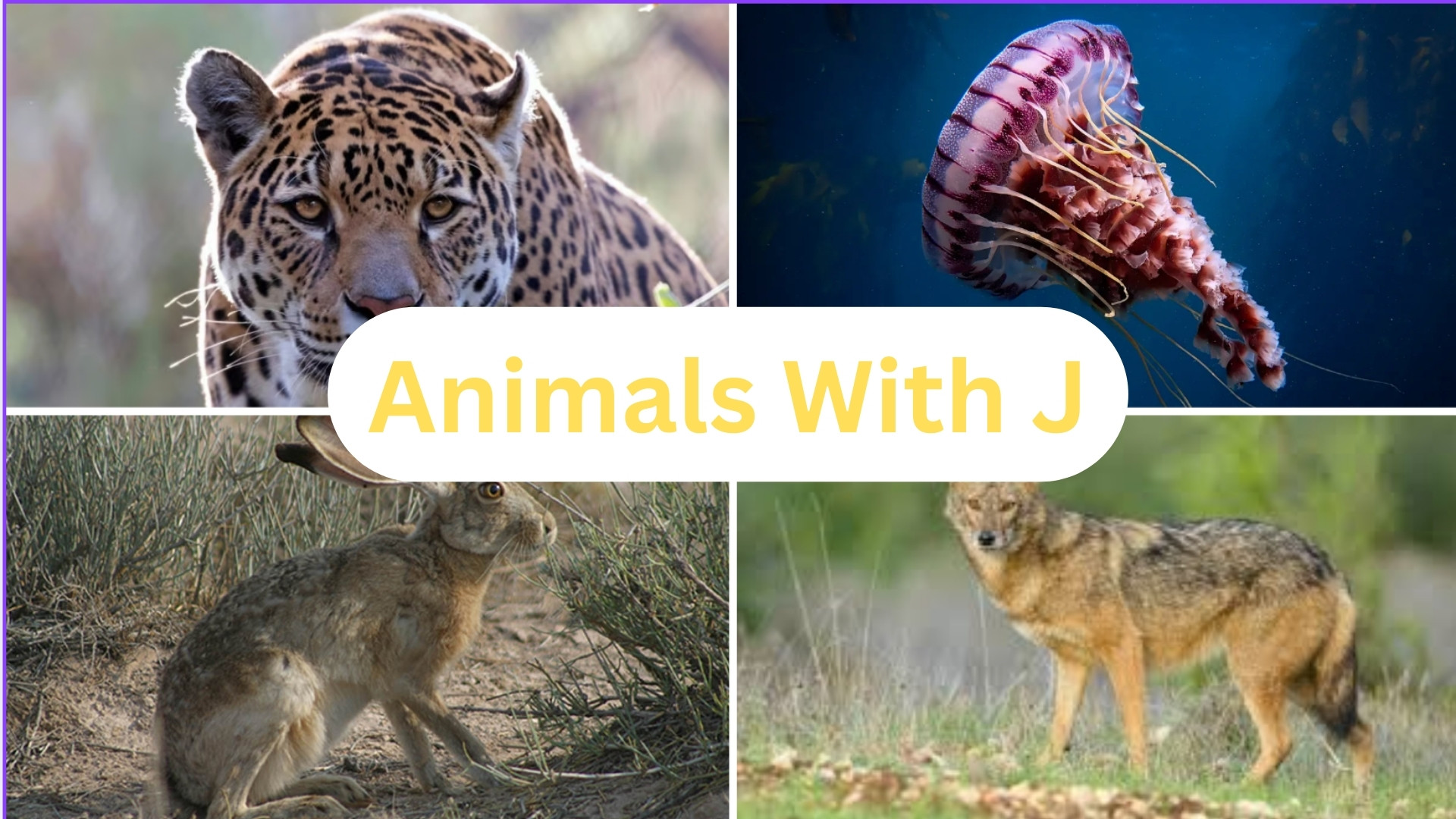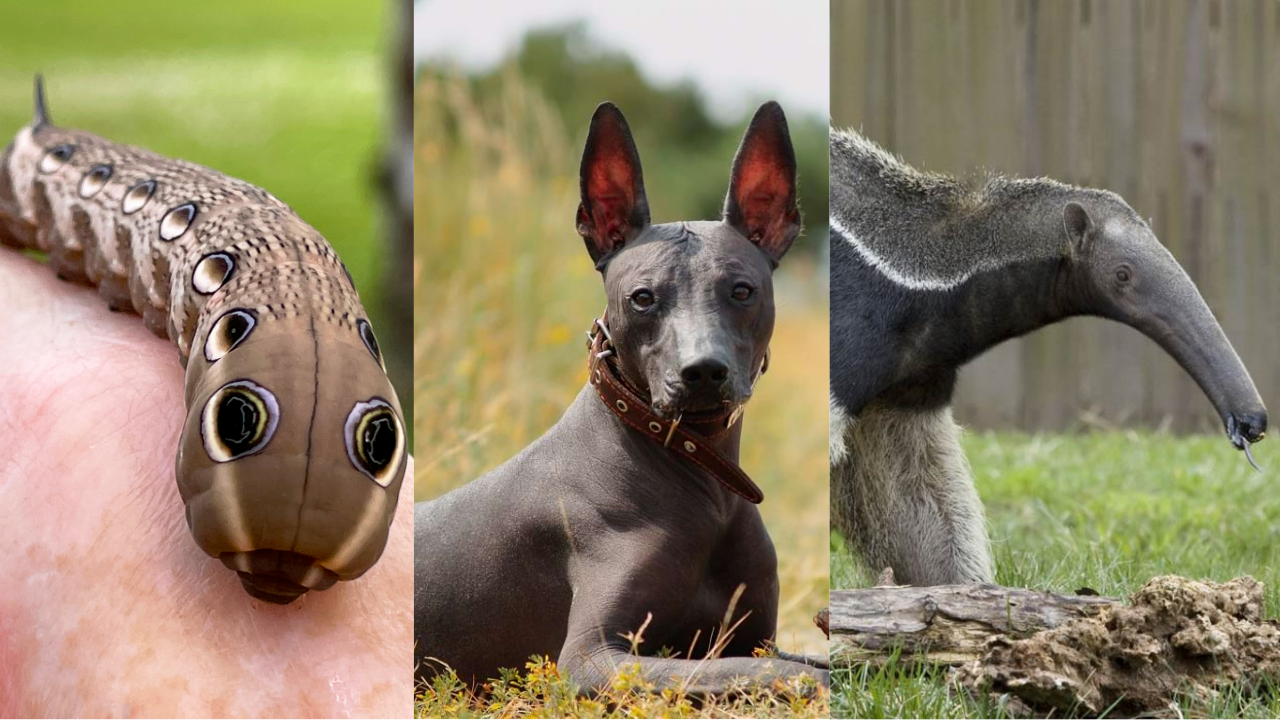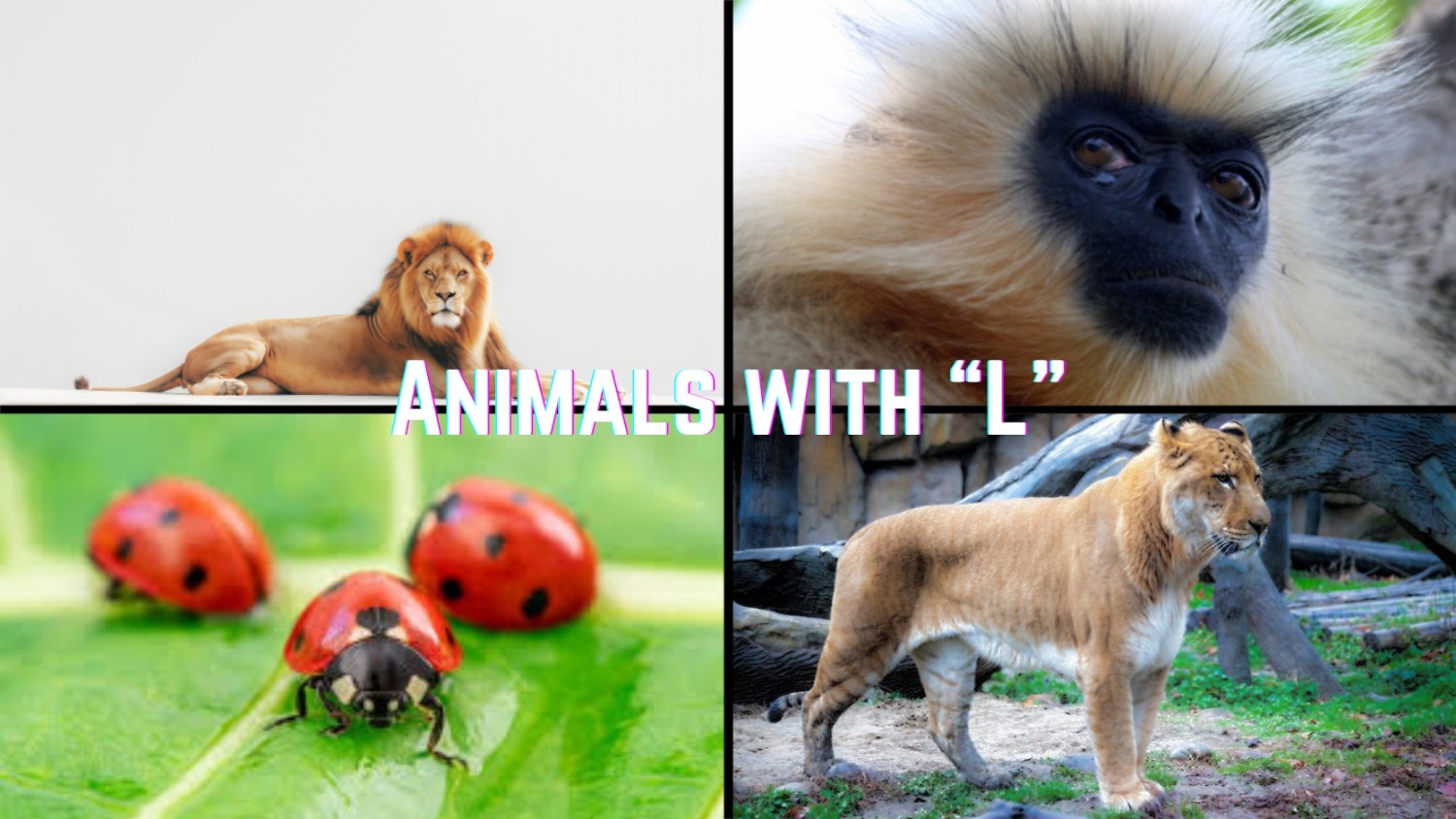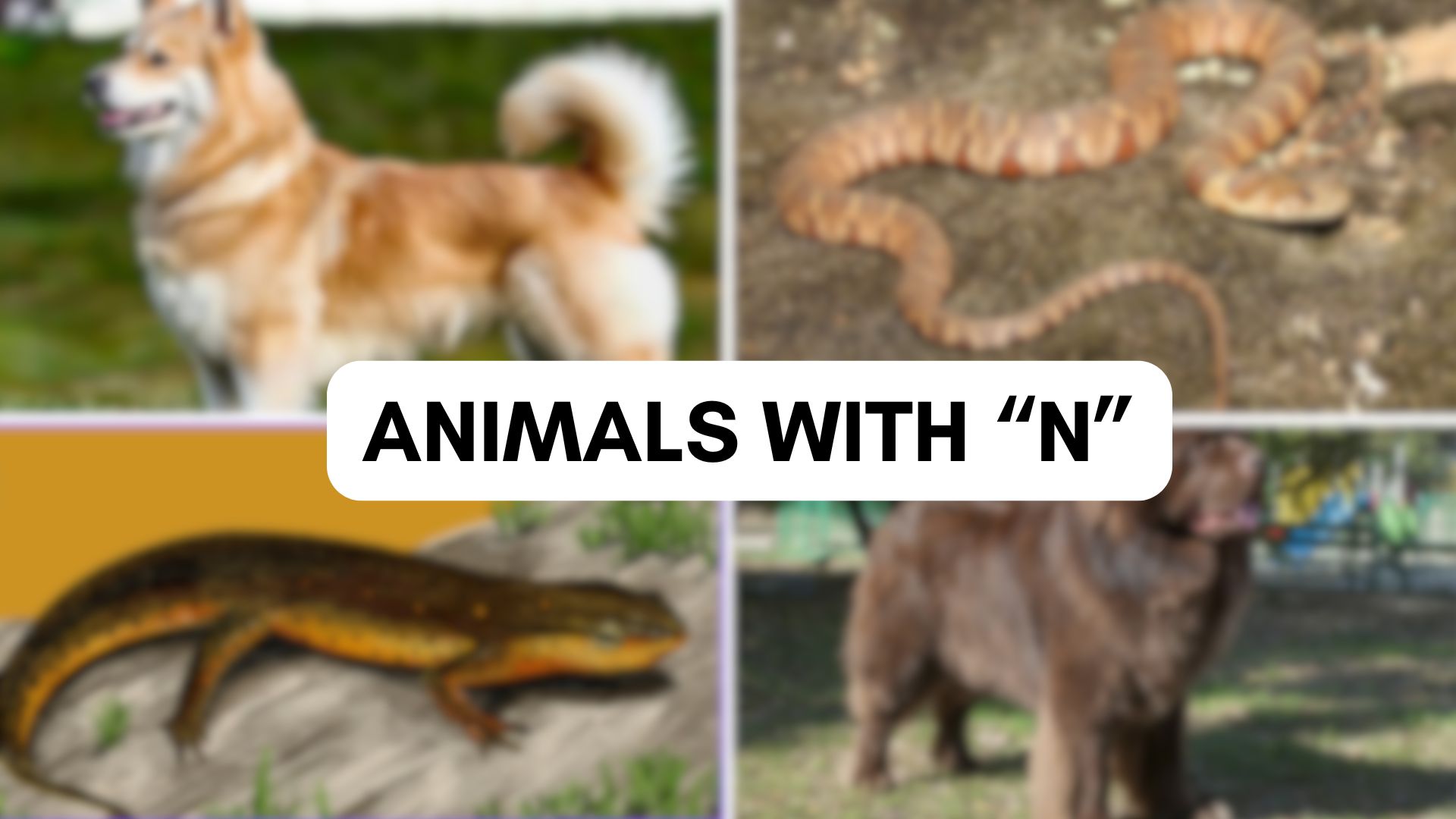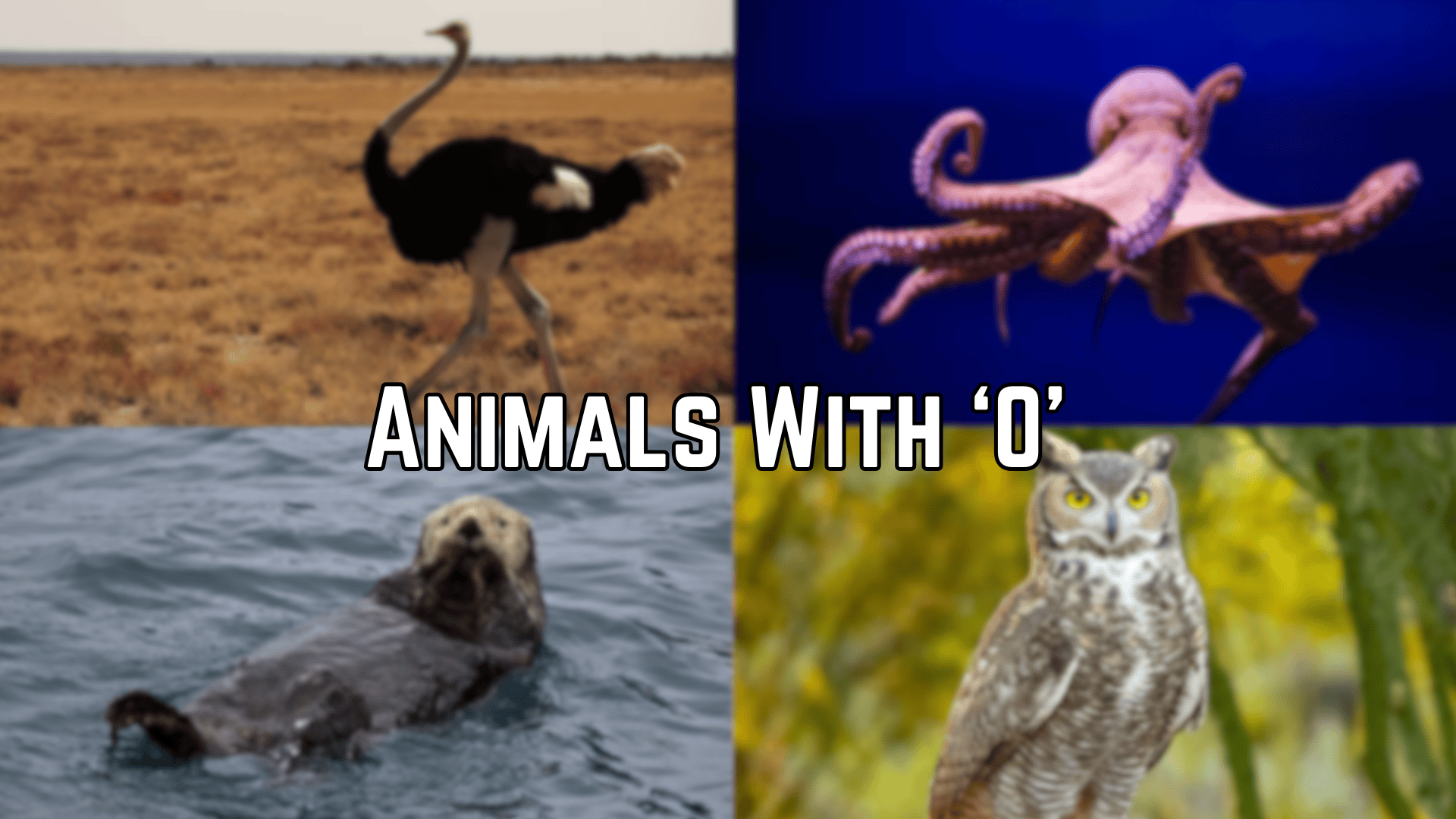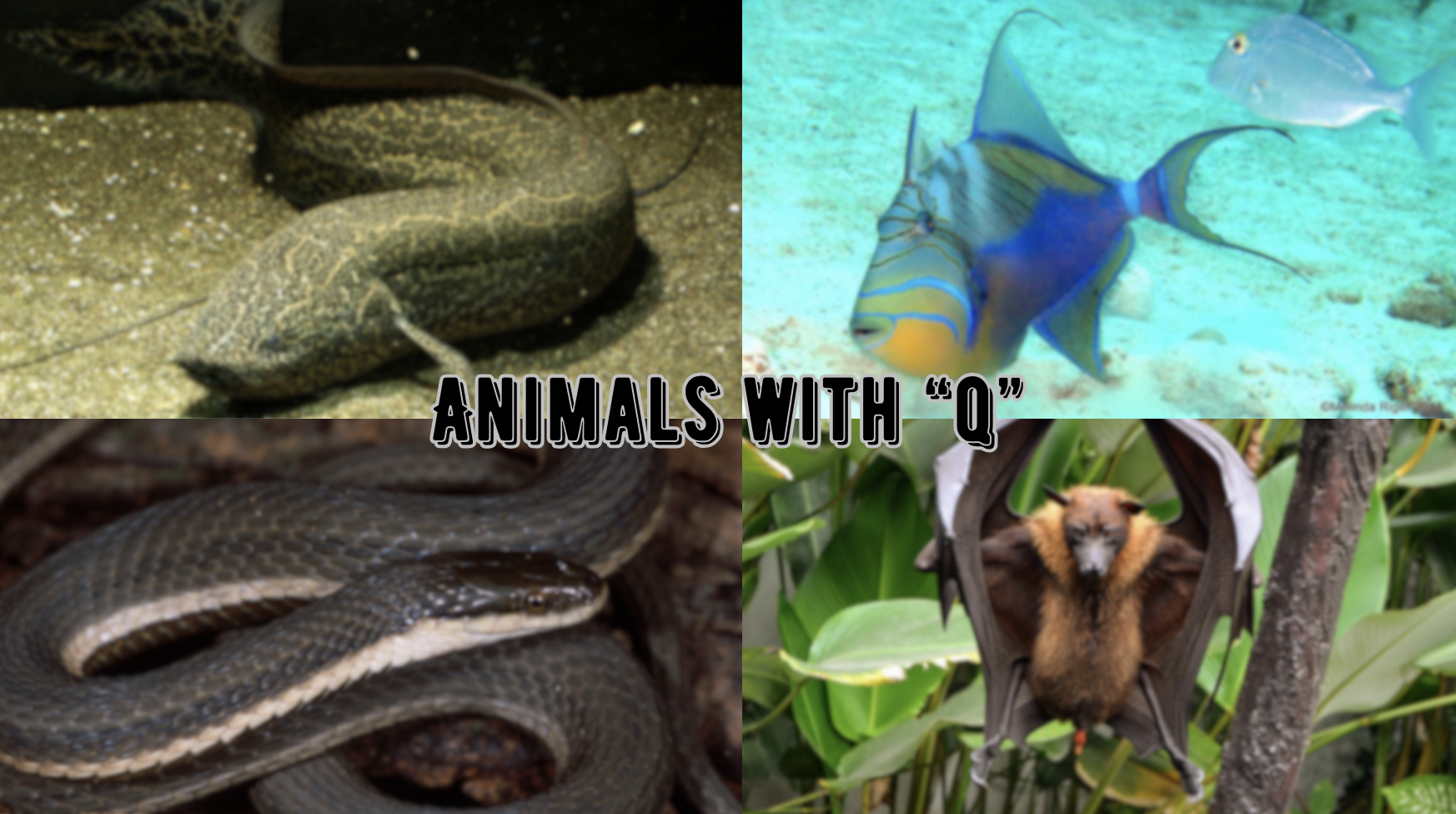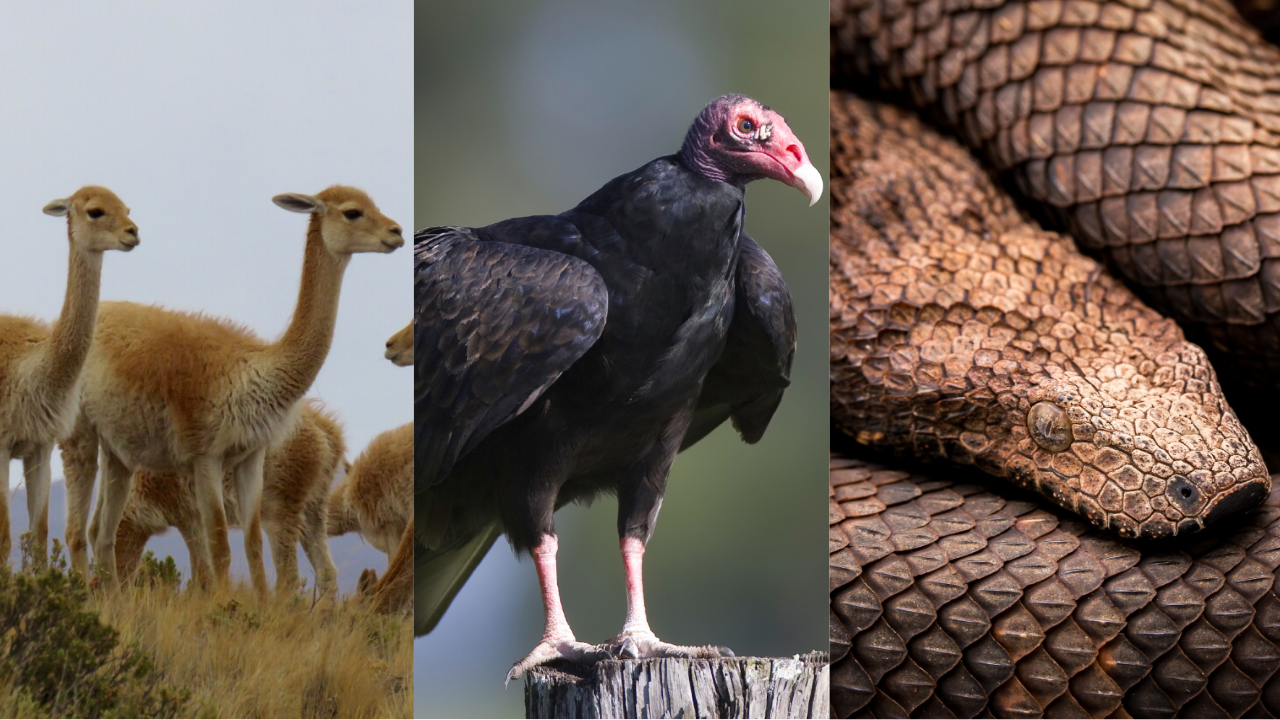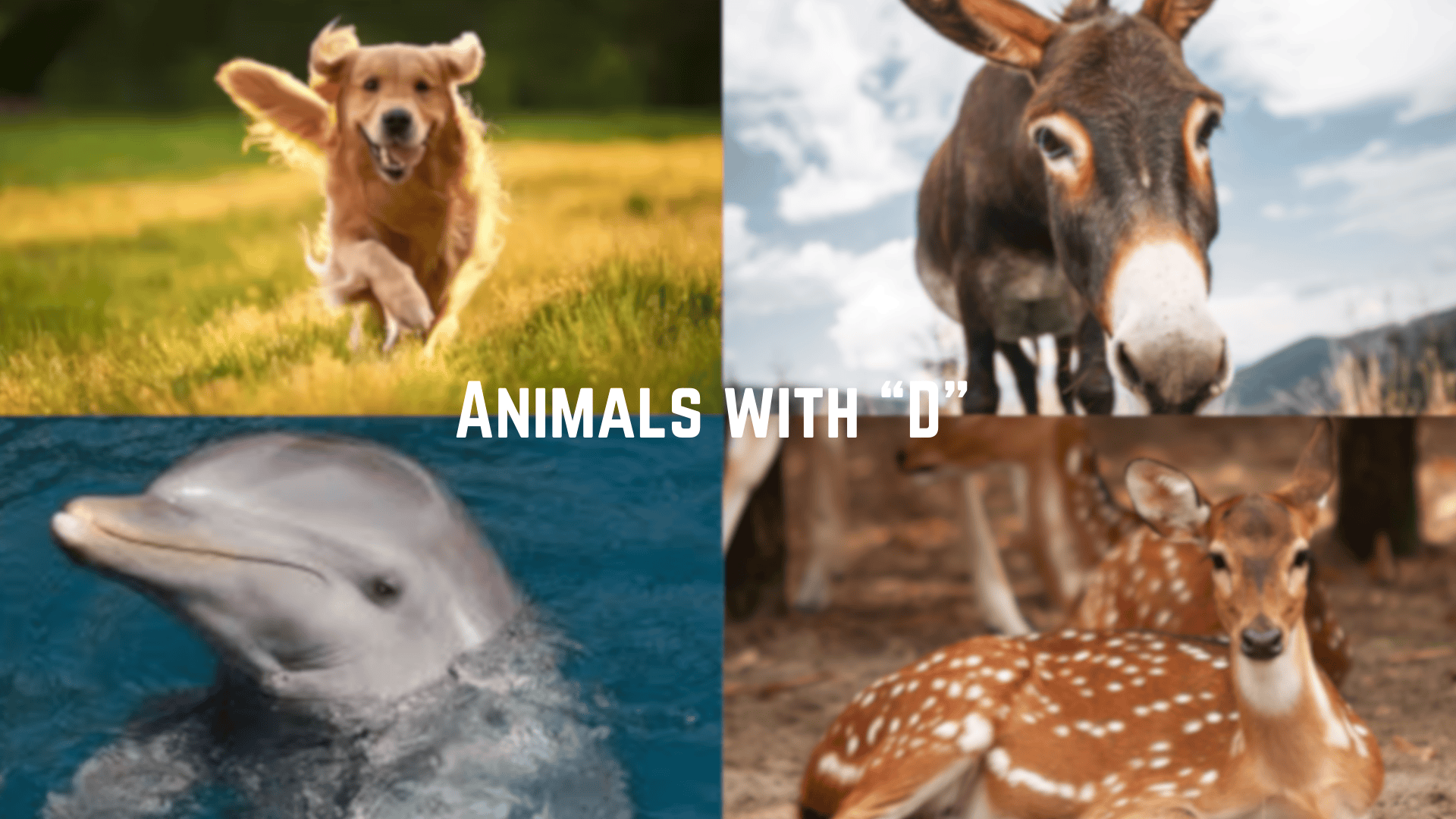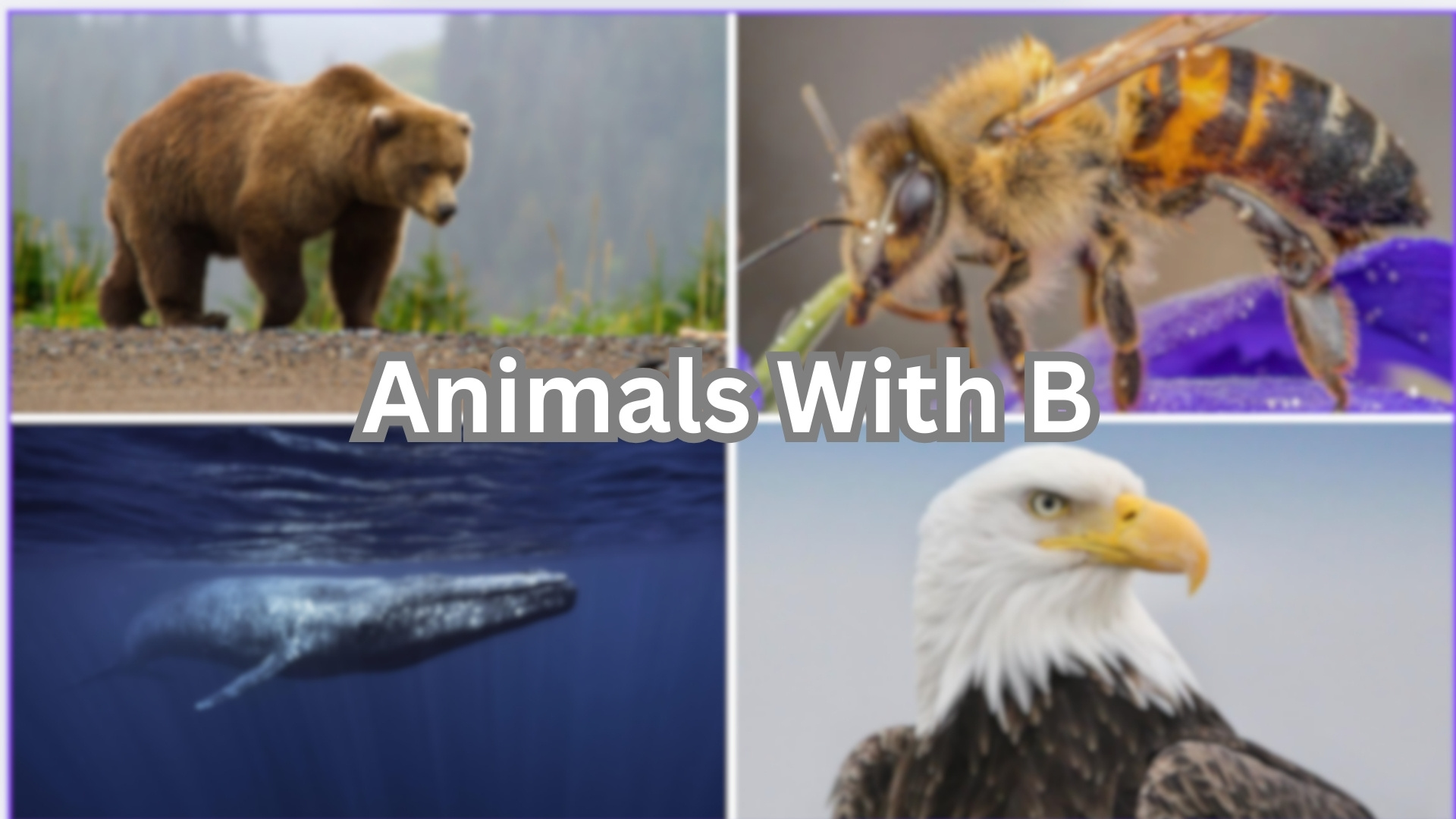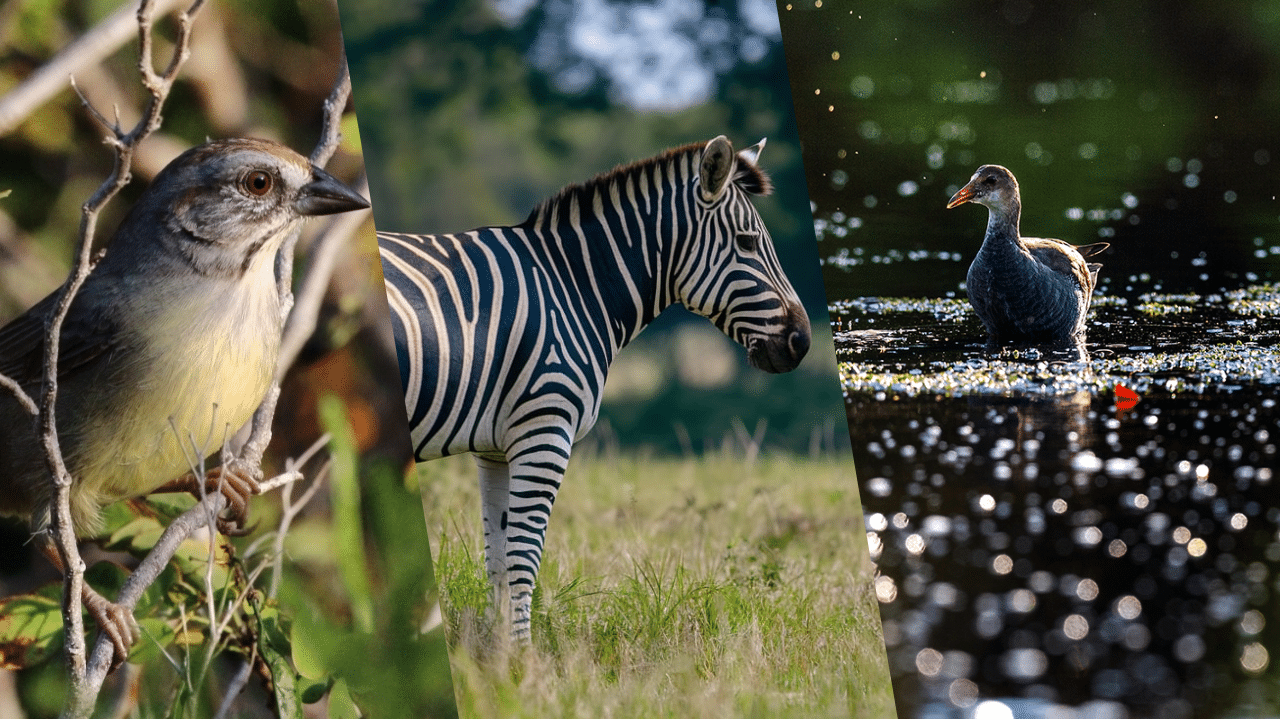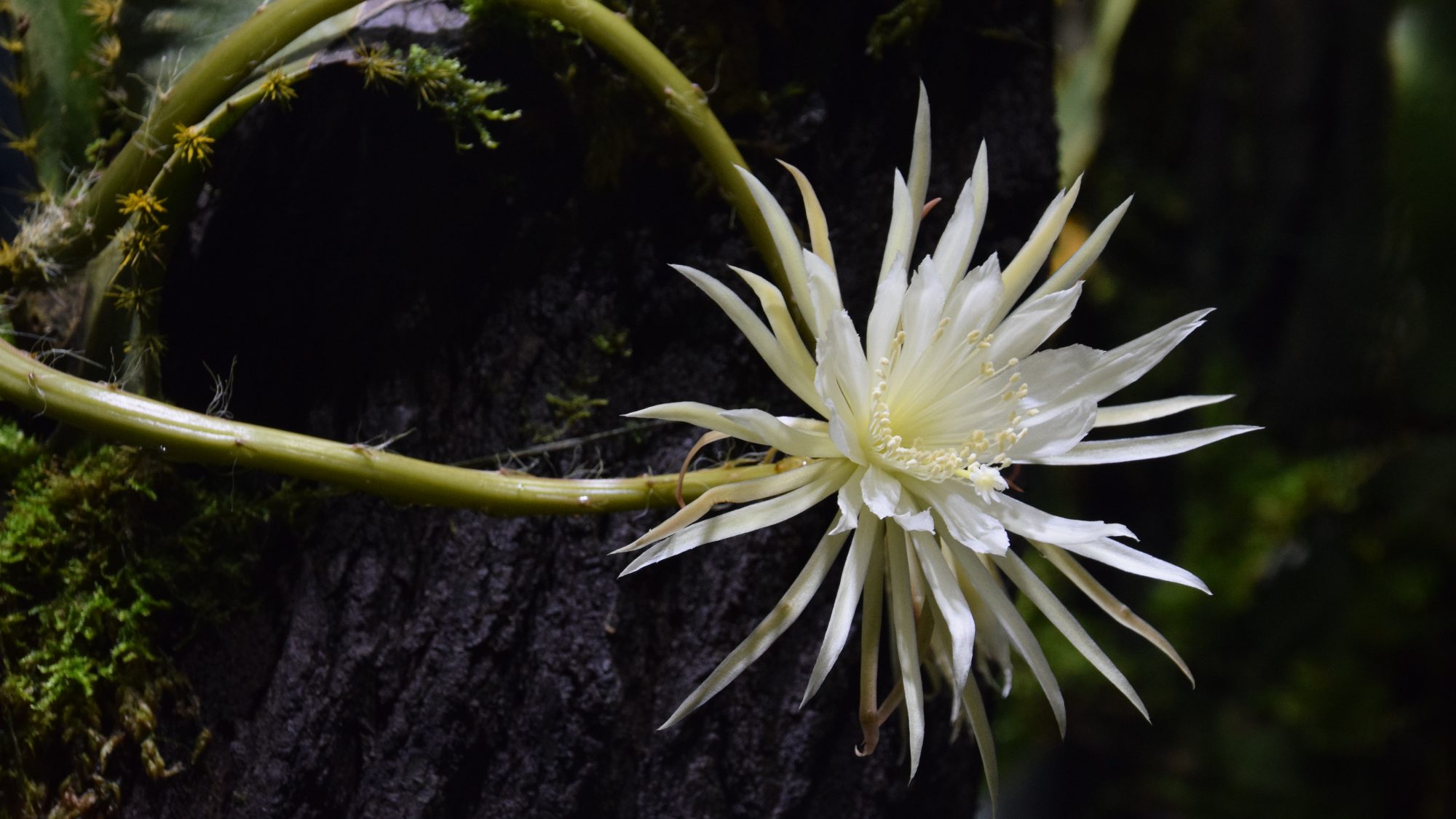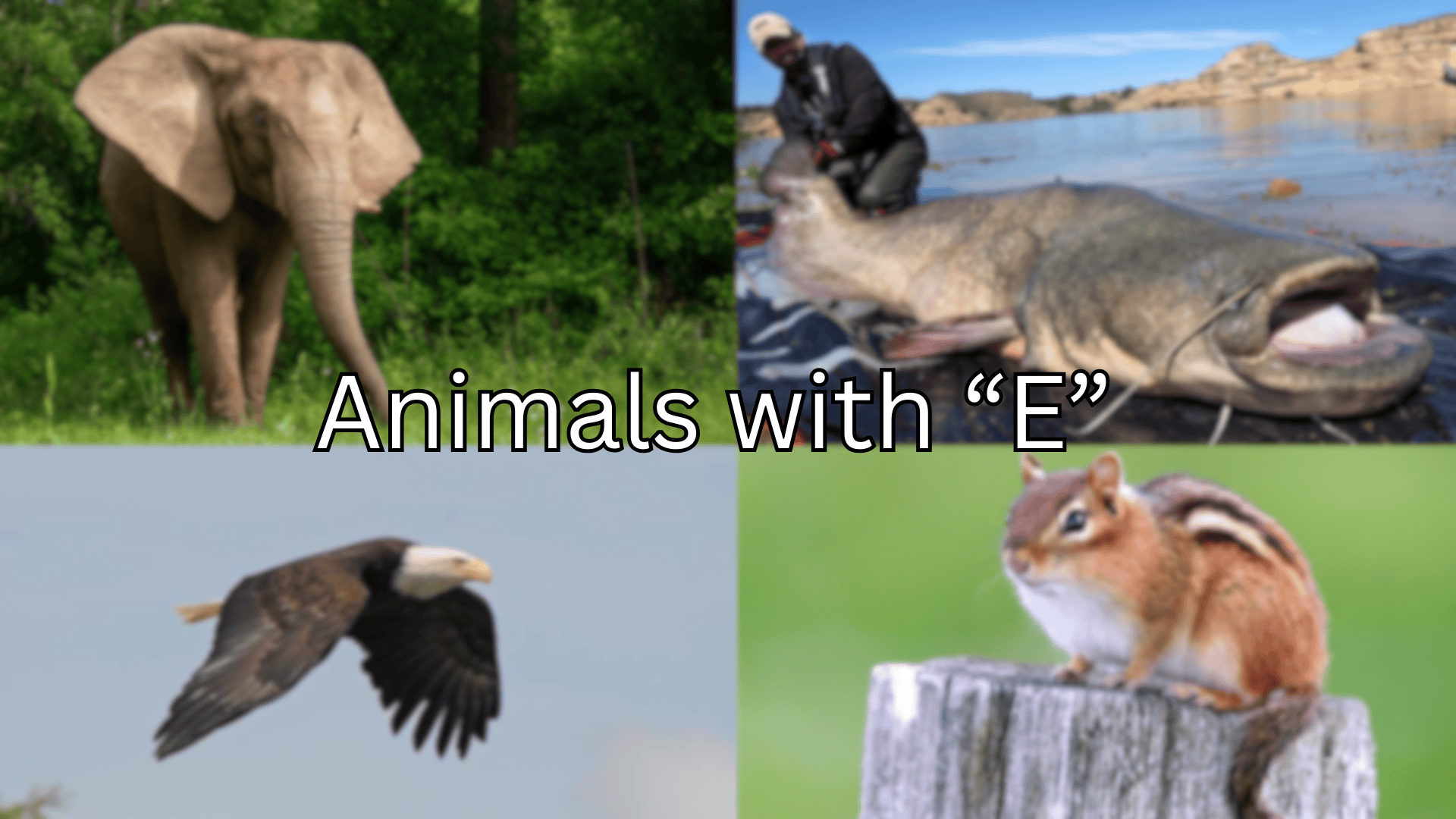
Engage in a wild expedition through the bewitching world of animals that begin with the letter “E”.
From the graceful eagle soaring through mountain skies to the unavailable echidna with its peculiar egg-laying abilities, this extensive guide reveals remarkable creatures that showcase nature’s incredible diversity.
Whether you’re a wildlife enthusiast, a student, or a curious mind, our detailed profiles cover everything you need to know about these amazing animals.
Learn where each species calls home, their scientific classifications, unique vocalizations, and surprising facts that will transform you into an “E-animal” expert.
From the endangered to the abundant, the microscopic to the massive, join us as we explore Earth’s extraordinary “E” inhabitants that inhabit our oceans, forests, deserts, and even your backyard!
Common Animals Starting with the Letter “e”
1. Elephant
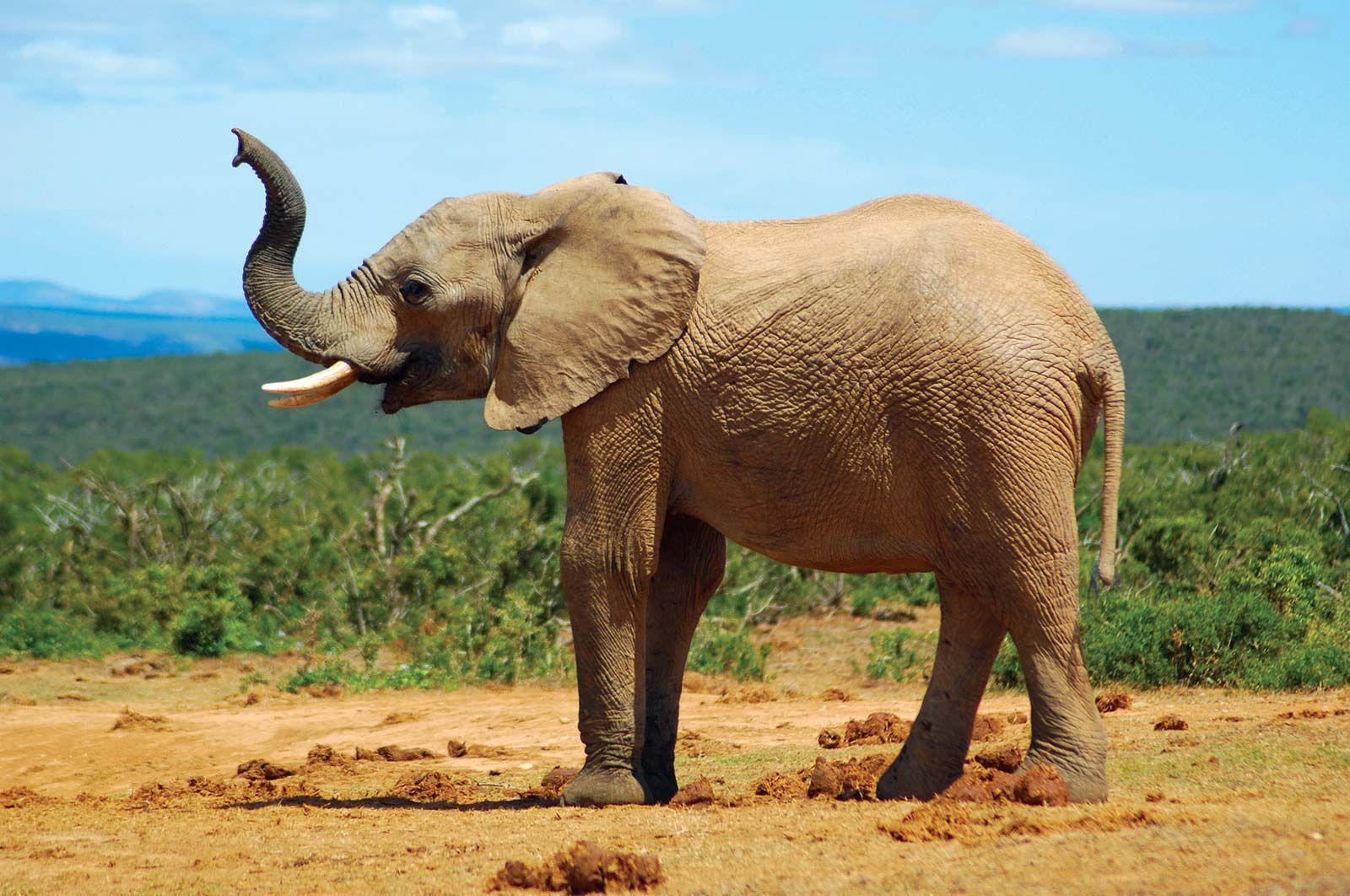
Elephants are the largest land animals, recognized for their massive size, thick gray skin, and large, flapping ears that help regulate body temperature.
They possess long, powerful trunks used for grasping objects, drinking water, and communicating, along with ivory tusks that serve as tools for digging and defense. These intelligent mammals have strong social bonds and are known for their remarkable memory.
- Region of Habitat: Depending on the species, elephants are found across Africa and Asia, inhabiting savannas, forests, grasslands, and tropical regions.
- Scientific Name: Loxodonta africana (African elephant), Elephas maximus (Asian elephant)
- Feeding Habits: Elephants are herbivores that consume grasses, fruits, leaves, and bark. They use their trunks to pull vegetation and tusks to strip bark from trees.
- What Sound They Make: Elephants produce deep rumbles, trumpets, and roars, often communicating through infrasonic vibrations that travel long distances.
Fun Fact: Elephants can recognize themselves in mirrors, a rare sign of self-awareness in the animal kingdom. They also mourn their dead, often returning to the bones of deceased herd members and showing signs of grief.
2. Eagle
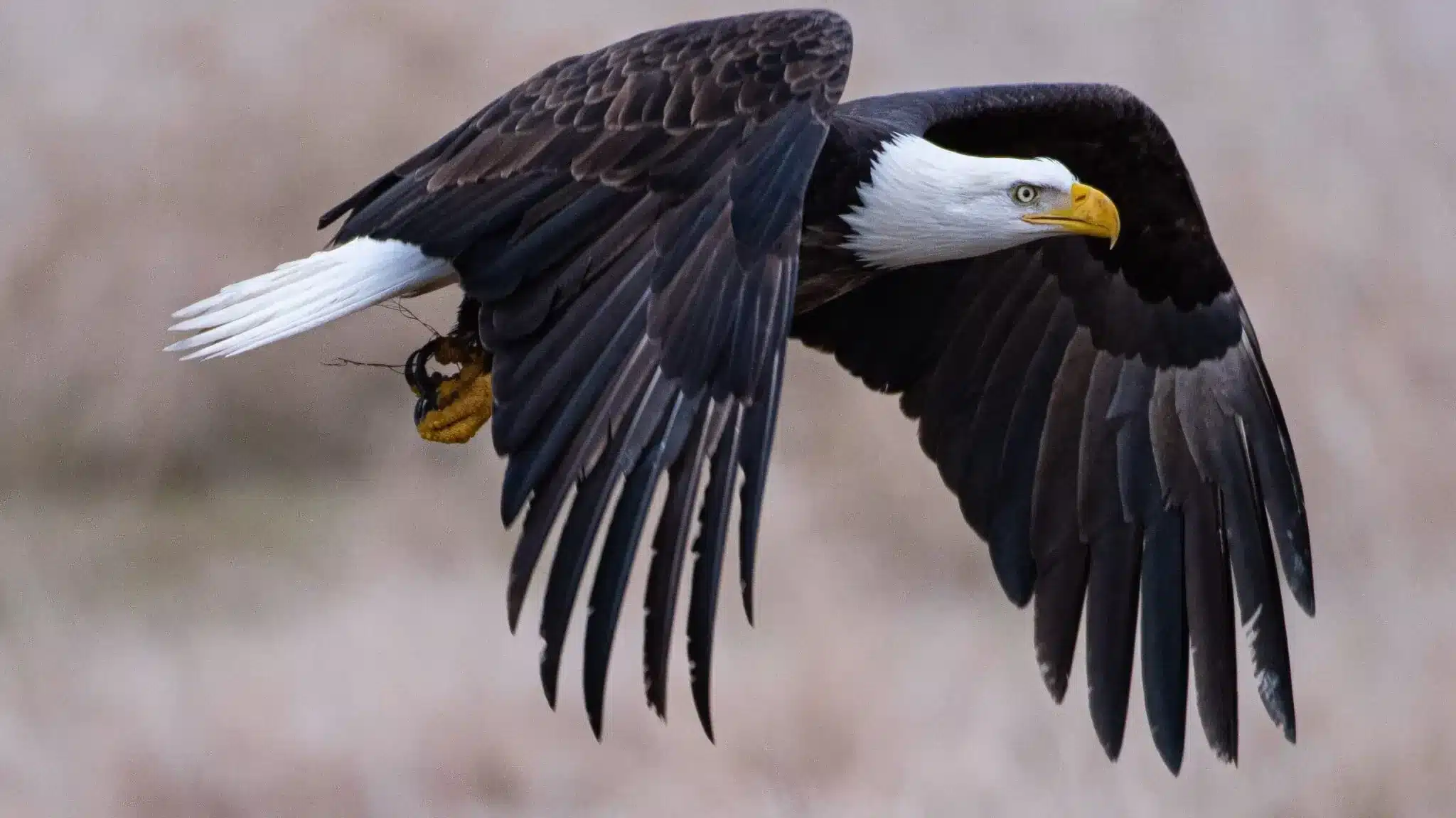
Eagles are large birds of prey with powerful hooked beaks, sharp talons, and exceptional vision, allowing them to spot prey from great heights.
Raptors are known for their impressive wingspans, which can exceed seven feet in some species. These wingspans enable strong and soaring flight, and they are apex predators in many ecosystems.
- Region of Habitat: Eagles are found on every continent except Antarctica, typically inhabiting mountains, forests, coastal cliffs, and open plains.
- Scientific Name: Aquila chrysaetos (Golden Eagle), Haliaeetus leucocephalus (Bald Eagle)
- Feeding Habits: Carnivorous hunters that primarily eat fish, small mammals, and birds, using their sharp talons to grab and carry prey. Some species scavenge carrion.
- What Sound They Make: Eagles produce high-pitched whistles, chirps, and screeches, often used to communicate territory and mating calls.
Fun Fact: Eagles have eyesight that is about four to eight times stronger than that of humans, allowing them to detect prey from miles away.
The Bald Eagle, a symbol of the United States, was once endangered but has made a strong recovery due to conservation efforts.
3. Earthworm
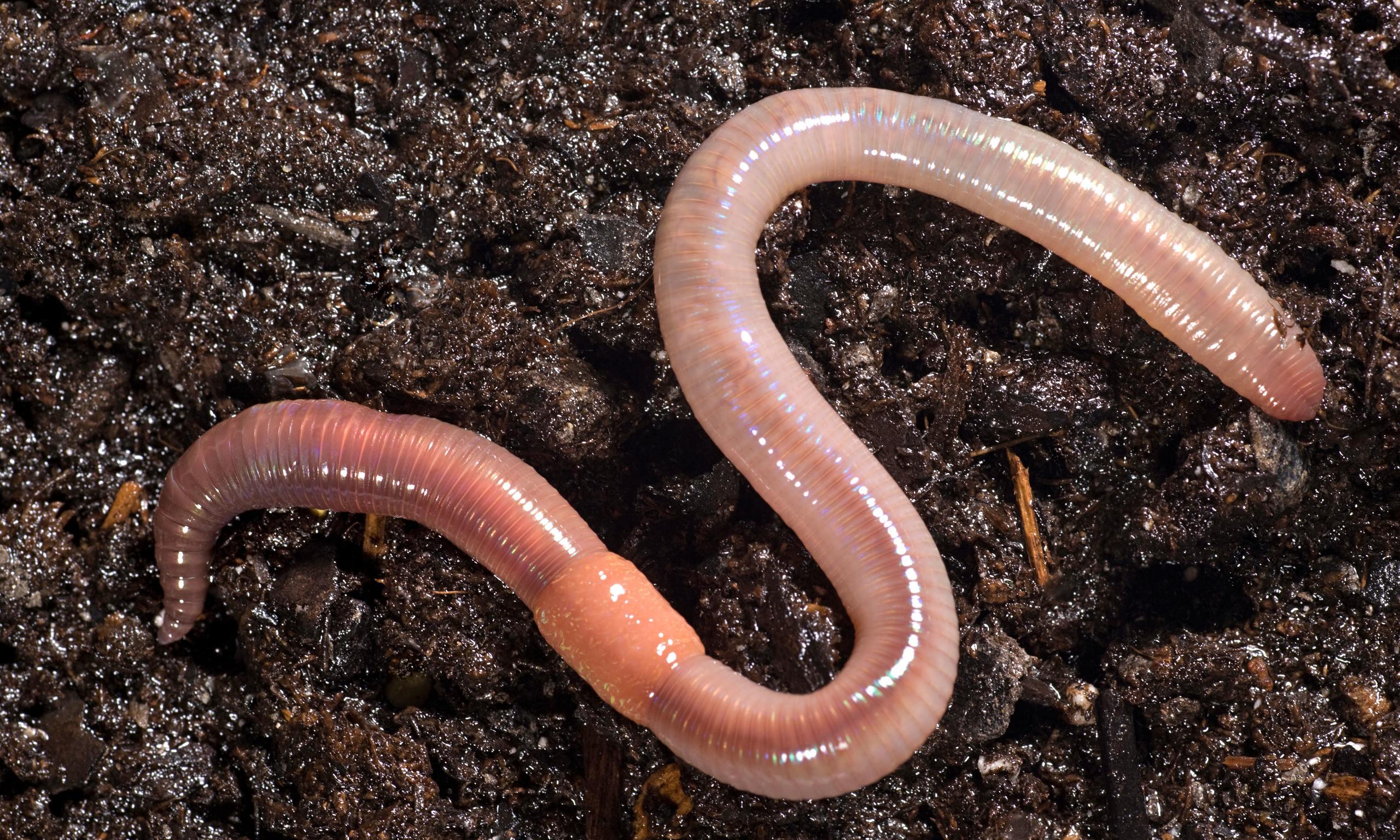
Earthworms are small, segmented invertebrates with soft, elongated bodies that lack limbs and eyes. They burrow through soil, aerating it and improving its fertility.
Their slimy exterior helps with movement and respiration, as they absorb oxygen through their moist skin.
- Region of Habitat: Found worldwide in soils with sufficient moisture, including forests, gardens, and farmland, particularly in temperate and tropical regions.
- Scientific Name: Lumbricus terrestris
- Feeding Habits: Earthworms are detritivores, consuming decomposing organic matter and soil, which they break down and enrich with nutrients.
- What Sound They Make: Earthworms do not produce sounds, but they create vibrations in the soil while burrowing.
Fun Fact: Earthworms can regenerate lost segments, though not all parts can regrow. Their waste, known as worm castings, is highly valuable for agriculture and gardening due to its rich nutrient content.
4. Egyptian Tortoise
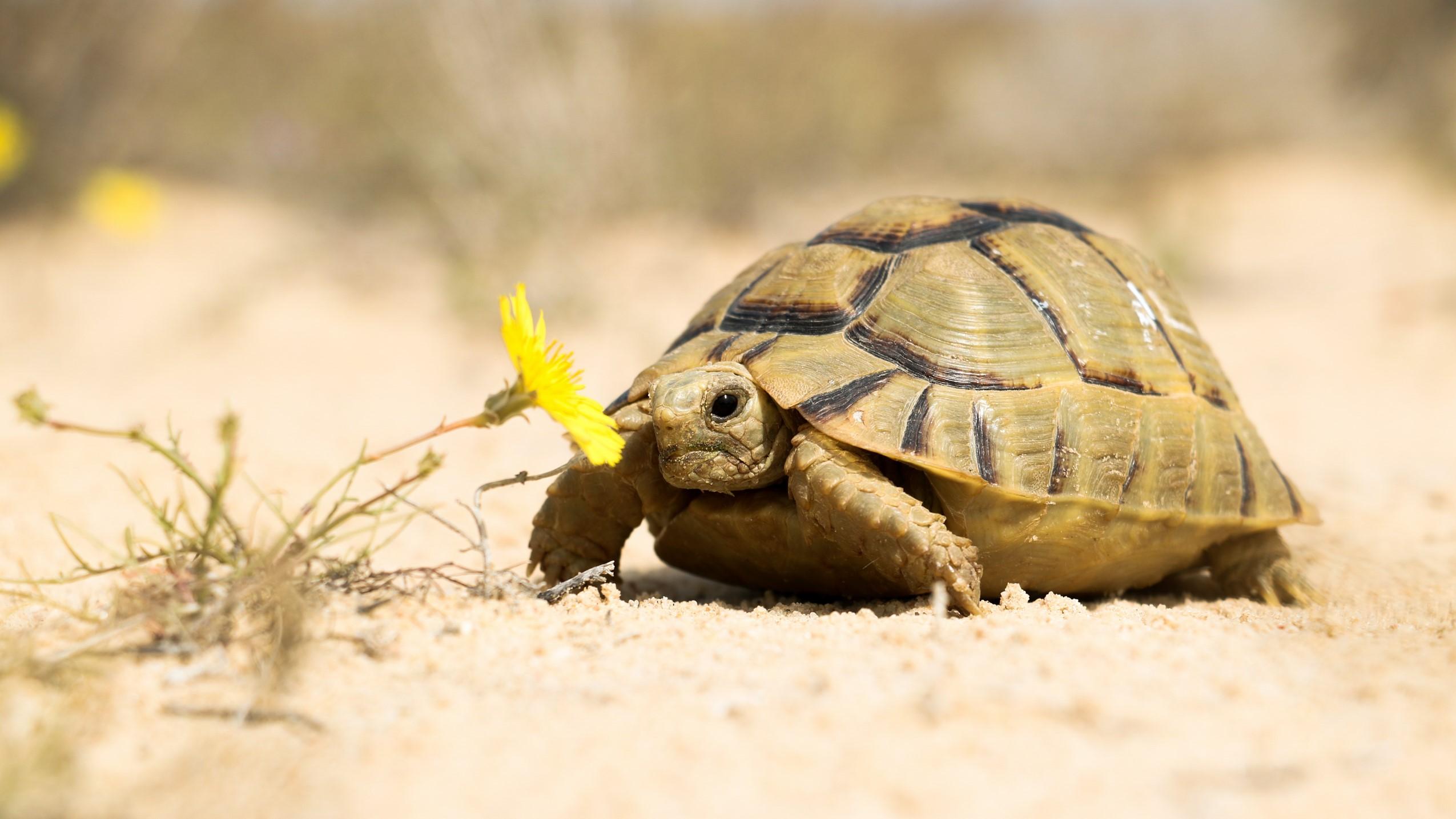
The Egyptian Tortoise is one of the smallest tortoise species, measuring about five inches in length. It has a pale, domed shell that helps reflect heat, and its short, sturdy legs make it well-adapted to desert life.
- Region of Habitat: Native to North Africa, particularly Egypt, Libya, and Israel, living in arid deserts and sandy coastal plains.
- Scientific Name: Testudo kleinmanni
- Feeding Habits: Herbivorous diet consisting of grasses, leaves, and flowers, relying on moisture from plants to stay hydrated.
- What Sound They Make: Generally silent, but may hiss or squeak when threatened or during mating.
Fun Fact: Egyptian Tortoises can survive without drinking water for long periods, extracting moisture from their food. Due to habitat destruction and illegal pet trade, they are critically endangered in the wild.
5. European Wildcat
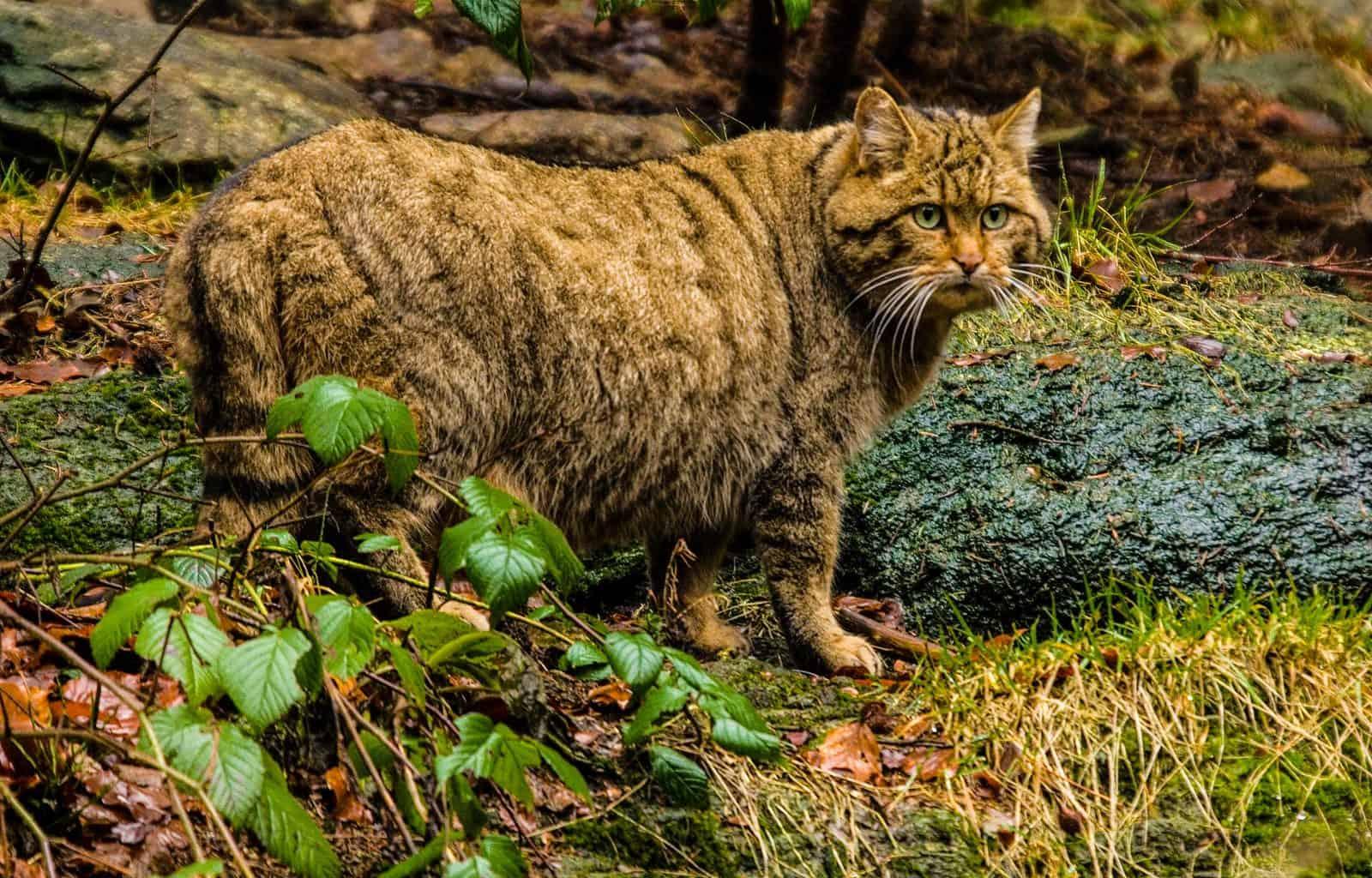
The European Wildcat resembles a large domestic cat but has a thicker build, bushier tail, and more defined striping. These elusive felines are nocturnal and solitary, avoiding human interaction.
- Region of Habitat: Found across Europe and parts of the Middle East, inhabiting dense forests, scrublands, and mountainous regions.
- Scientific Name: Felis silvestris
- Feeding Habits: Carnivorous diet primarily consisting of small mammals like rodents and rabbits, as well as birds and insects.
- What Sound They Make: Produces growls, hisses, and meows similar to domestic cats but more aggressive when threatened.
Fun Fact: The European Wildcat played a key role in the domestication of modern house cats thousands of years ago. Unlike domestic cats, they are highly territorial and rarely tolerate close contact with other felines.
6. Evening Bat
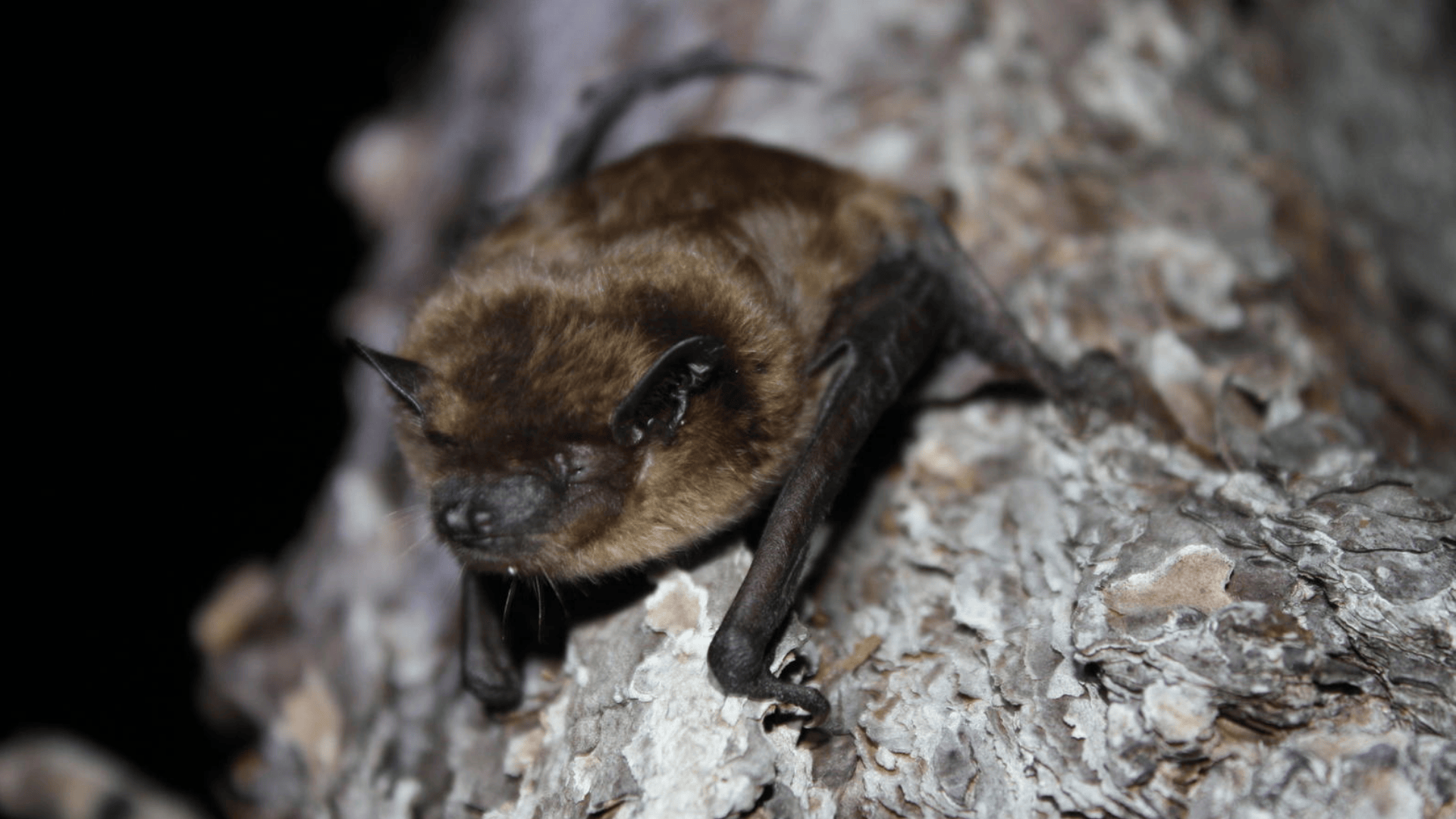
Evening Bats are small, insectivorous bats with dark brown fur and short, broad wings suited for fast, nimble flight.
They are active at dusk and night, using echolocation to navigate and locate prey. These bats roost in tree cavities and buildings, often forming small colonies.
- Region of Habitat: Native to North America, primarily in forests, agricultural lands, and urban areas with sufficient roosting spots.
- Scientific Name: Nycticeius humeralis
- Feeding Habits: Insectivorous diet including moths, beetles, and flying insects, which they catch mid-air using echolocation.
- What Sound They Make: Emits high-frequency echolocation clicks and social calls, often inaudible to humans, used for navigation and communication.
Fun Fact: Evening Bats can consume their body weight in insects each night, playing a crucial role in controlling insect populations.
Unlike many bats, they migrate rather than hibernate during winter, traveling to warmer regions for survival.
7. Eskimo Dog

The Eskimo Dog, also known as the Canadian Eskimo Dog, is a powerful working breed historically used for pulling sleds. It has a thick, dense coat, erect ears, and a curled tail, making it well-suited for extreme cold climates.
- Region of Habitat: Originally bred in Arctic regions, particularly Canada and Greenland, thriving in icy, snowy environments.
- Scientific Name: Canis lupus familiaris
- Feeding Habits: Carnivorous diet, traditionally consisting of fish and meat from seals and other Arctic animals, often supplemented by commercial dog food today.
- What Sound They Make: Produces a range of vocalizations, including howls, barks, and whines, often communicating with their pack or human handlers.
Fun Fact: Eskimo Dogs played a vital role in Arctic exploration, helping humans transport supplies across frozen landscapes.
Despite their strength and endurance, their population has drastically declined due to modern transportation methods.
8. Elk
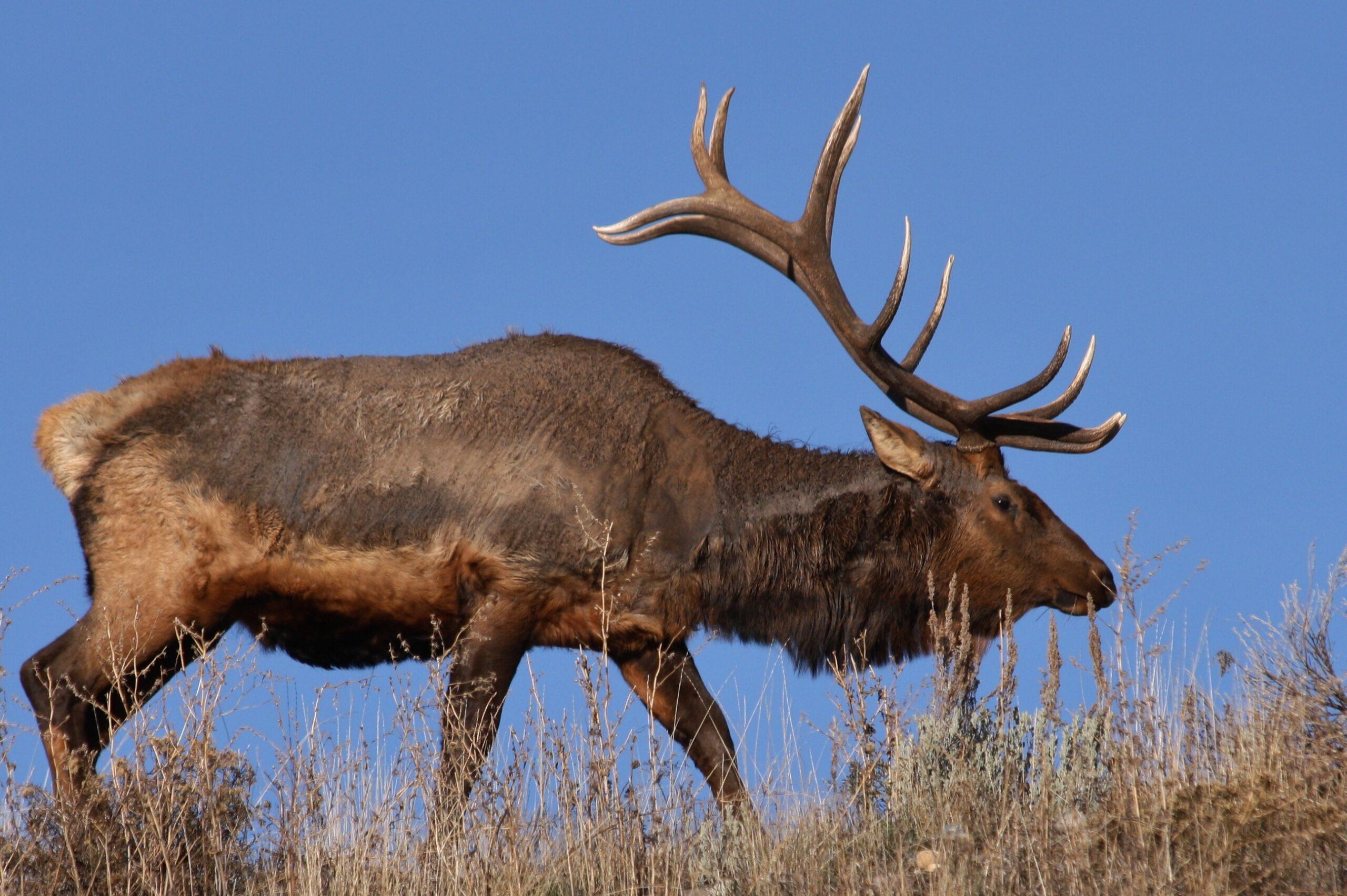
Elk are large members of the deer family, recognized by their massive size, long legs, and thick fur. Males, known as bulls, grow impressive antlers that they shed and regrow each year. During the mating season, males engage in loud bugling calls to attract females.
- Region of Habitat: Found in North America and parts of Asia, mainly in forests, grasslands, and mountainous regions.
- Scientific Name: Cervus canadensis
- Feeding Habits: Herbivorous diet consisting of grasses, leaves, bark, and shrubs, grazing throughout the day.
- What Sound They Make: Bulls produce a deep, resonant bugle call during the rutting season to establish dominance and attract mates.
Fun Fact: Elk herds can travel long distances in search of food and are known to migrate between summer and winter ranges. Their antlers can grow up to an inch per day during peak growth seasons.
9. Emu
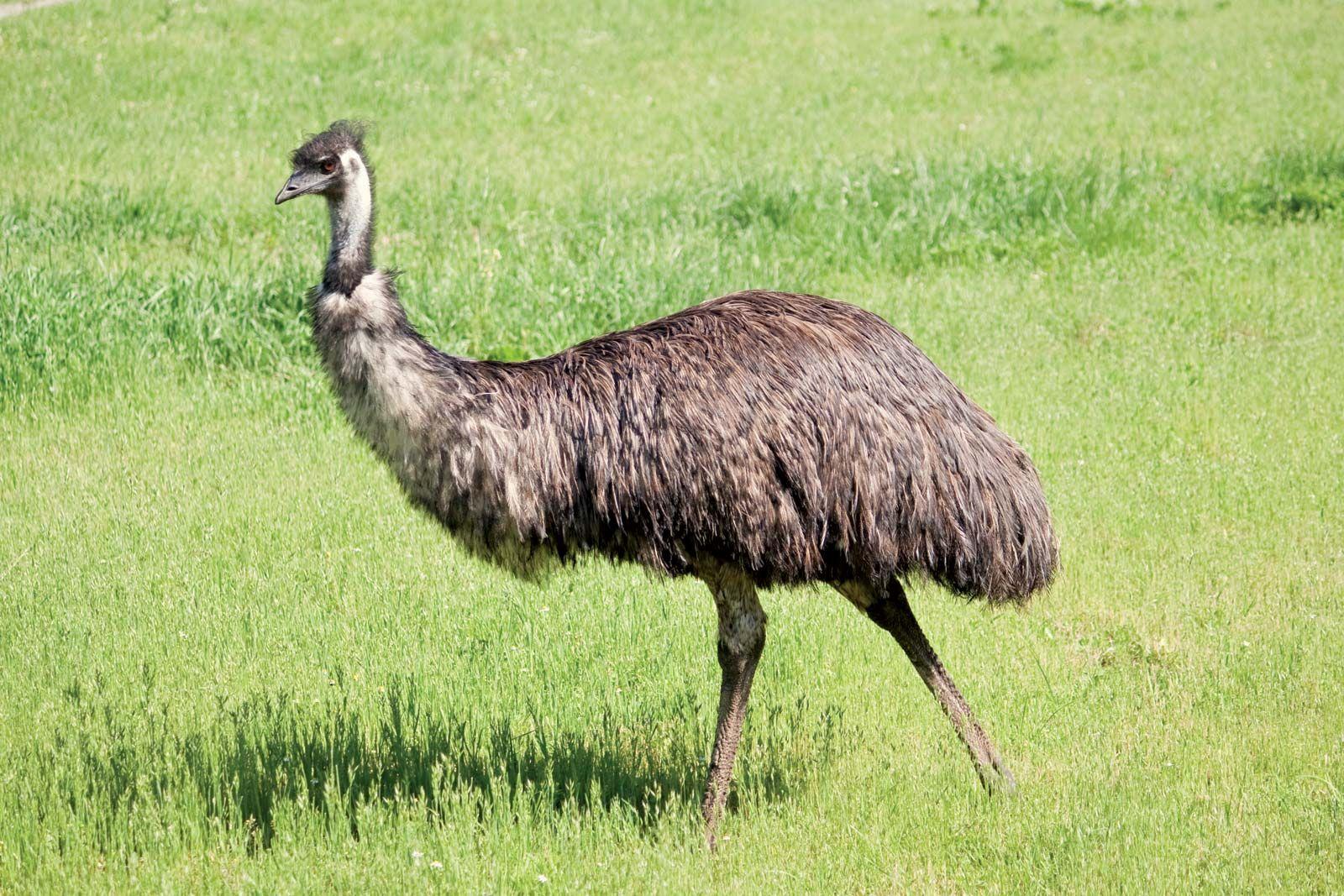
The Emu is the second-largest bird in the world, standing up to six feet tall and weighing over 100 pounds. It has long, powerful legs adapted for running at high speeds and small, flightless wings.
Covered in shaggy brown feathers, emus have excellent endurance and can travel long distances in search of food and water.
- Region of Habitat: Native to Australia, commonly found in grasslands, forests, and arid plains.
- Scientific Name: Dromaius novaehollandiae
- Feeding Habits: Omnivorous diet that includes fruits, seeds, flowers, insects, and small vertebrates, foraging across vast territories.
- What Sound They Make: Produces deep booming and drumming sounds, used for communication, particularly during mating season.
Fun Fact: Emus have strong, three-toed feet that allow them to run at speeds of up to 30 mph when escaping predators. They are also excellent swimmers and can cross rivers or lakes when necessary.
10. Eastern Bluebird
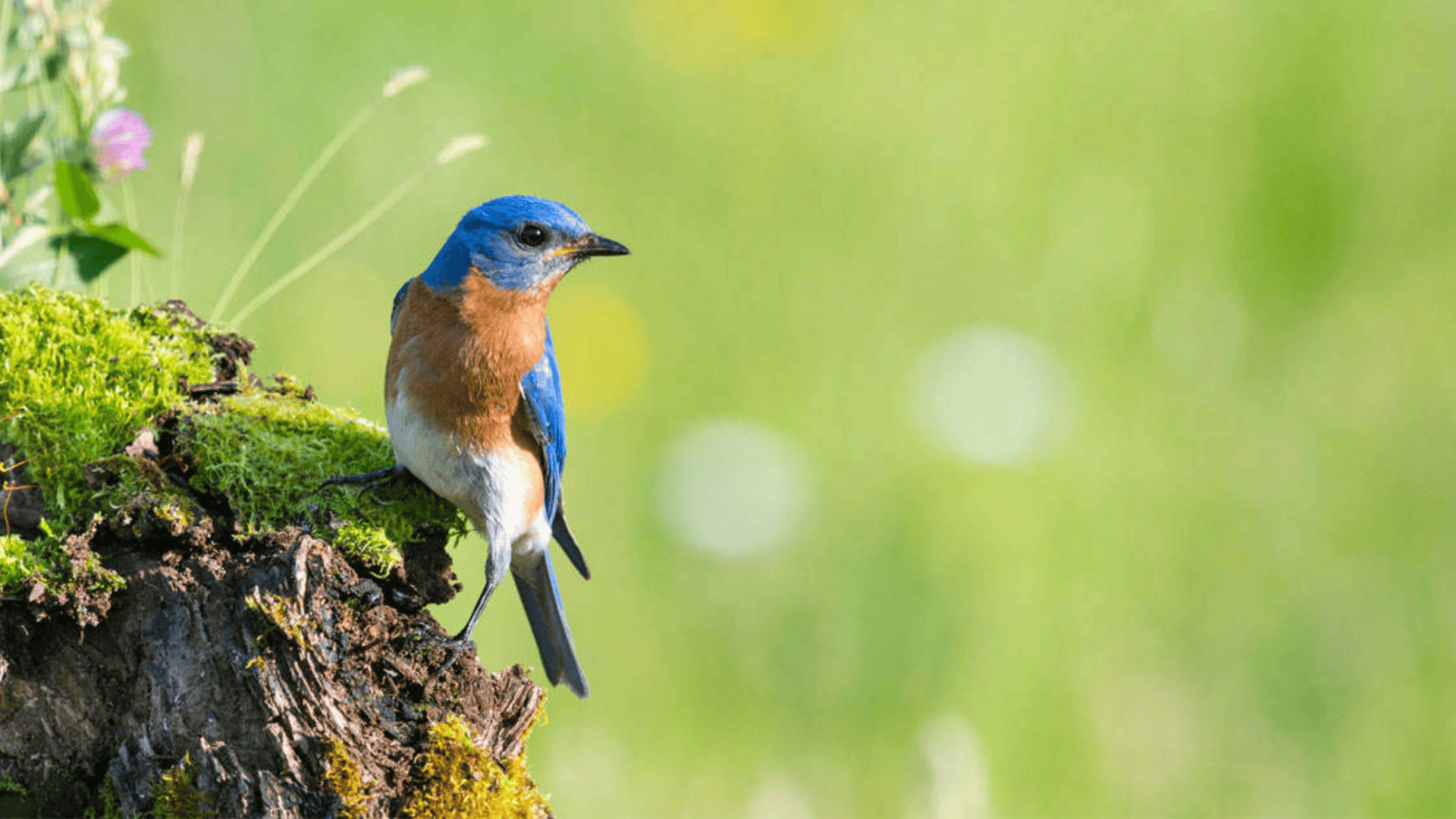
The Eastern Bluebird is a small, brightly colored songbird with striking blue plumage on its back and a rusty orange chest.
Males have more vibrant colors than females, and both sexes have a sweet, warbling song. They are cavity nesters, often using tree holes or birdhouses for breeding.
- Region of Habitat: Found in North America, commonly seen in open woodlands, fields, orchards, and suburban areas.
- Scientific Name: Sialia sialis
- Feeding Habits: Primarily insectivorous, feeding on beetles, caterpillars, and grasshoppers, but also eats fruits and berries in colder months.
- What Sound They Make: Produces soft, melodious whistles and chirps, used for communication and mating calls.
Fun Fact: Eastern Bluebirds are considered a symbol of happiness and good luck in many cultures. They are also highly beneficial to farmers, as they help control insect populations that could damage crops.
Rare Animals Starting with The Letter “E”
11. European Turtle Dove
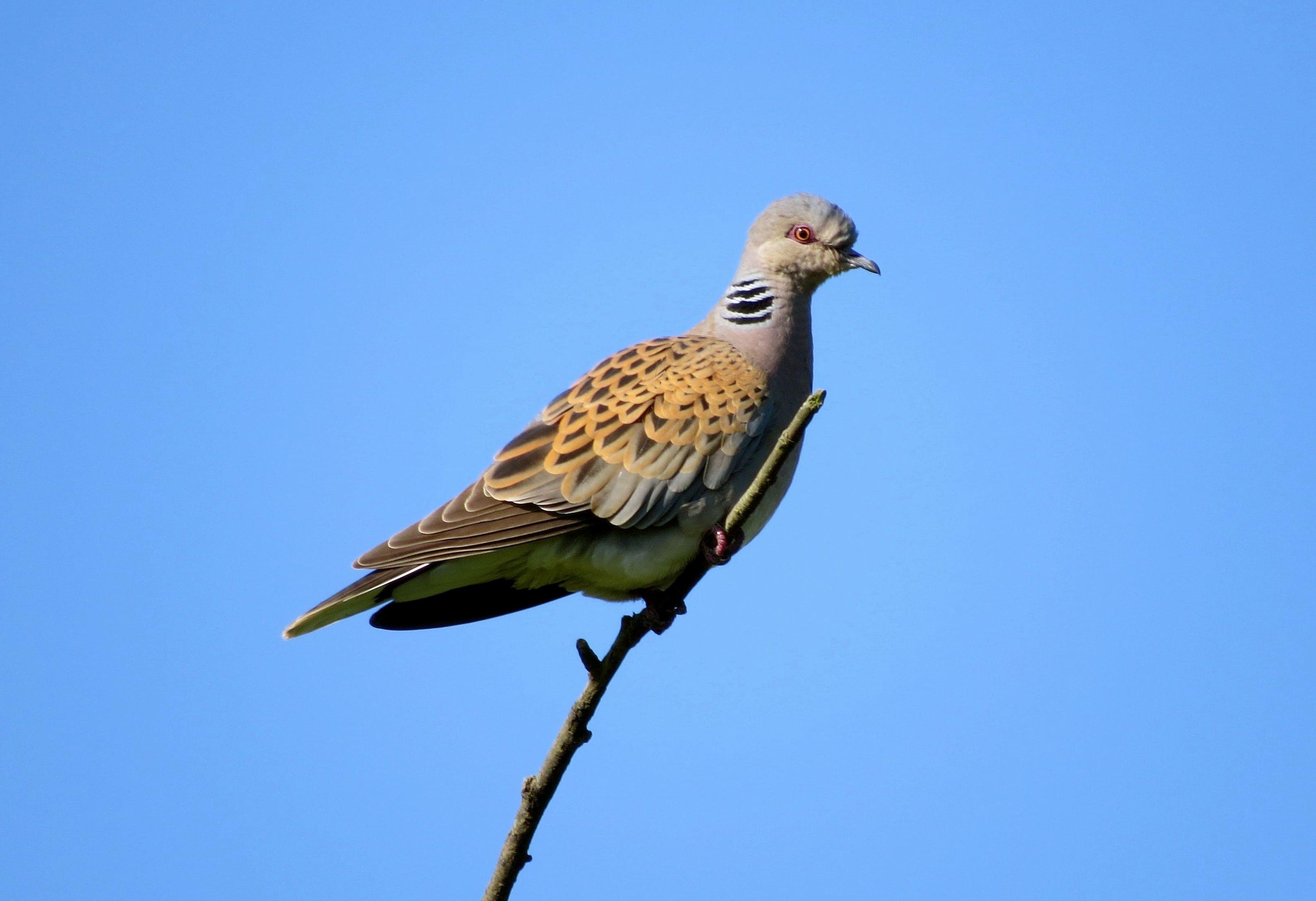
The European Turtle Dove is a slender, medium-sized bird with soft brown plumage, a pinkish breast, and distinctive black-and-white striped markings on the neck.
It is known for its gentle cooing sounds and graceful flight, making it a symbol of love and devotion in many cultures.
- Region of Habitat: Found throughout Europe, North Africa, and parts of Asia, primarily in open woodlands, farmlands, and scrublands.
- Scientific Name: Streptopelia turtur
- Feeding Habits: Feeds mainly on seeds, grains, and small fruits, often foraging on the ground in open areas.
- What Sound They Make: Produces a soft, rhythmic cooing sound used for communication and courtship.
Fun Fact: European Turtle Doves migrate thousands of miles between their breeding grounds in Europe and their wintering areas in Africa.
In literature and poetry, they have long been associated with romance and fidelity, often mentioned in historical and religious texts.
12. European Sturgeon
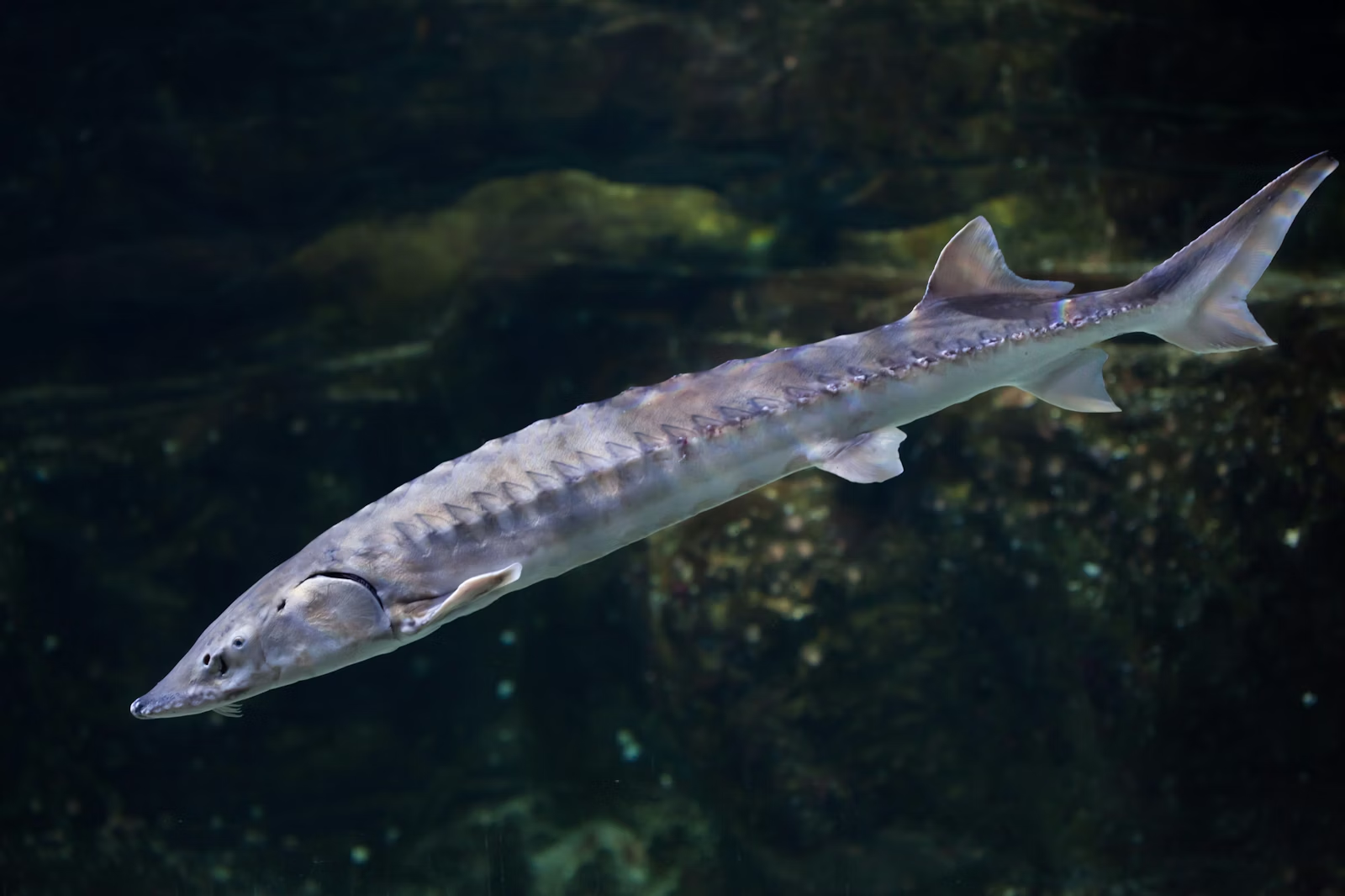
The European Sturgeon is a large, prehistoric-looking fish known for its elongated body, armored scales called scutes, and a pointed snout with sensory barbels.
It can grow up to 20 feet in length and weigh over 1,000 pounds, making it one of the largest freshwater fish in Europe. This ancient species has existed for millions of years and is highly valued for its roe, which is processed into caviar.
- Region of Habitat: Found in the rivers and coastal waters of Europe, particularly in the Black Sea, North Sea, and Mediterranean basins. It migrates between freshwater rivers and the ocean for breeding.
- Scientific Name: Acipenser sturio
- Feeding Habits: A bottom-feeder that primarily consumes small fish, crustaceans, mollusks, and insect larvae, using its sensitive barbels to detect prey in murky waters.
- What Sound They Make: European Sturgeons do not produce vocal sounds but may create splashing noises when breaching the water’s surface or moving through riverbeds.
Fun Fact: The European Sturgeon is often referred to as a “living fossil” due to its ancient lineage dating back over 200 million years.
Unfortunately, it is critically endangered due to overfishing, habitat loss, and pollution, leading to conservation efforts aimed at restoring its population in European waters.
13. Eastern Barred Bandicoot
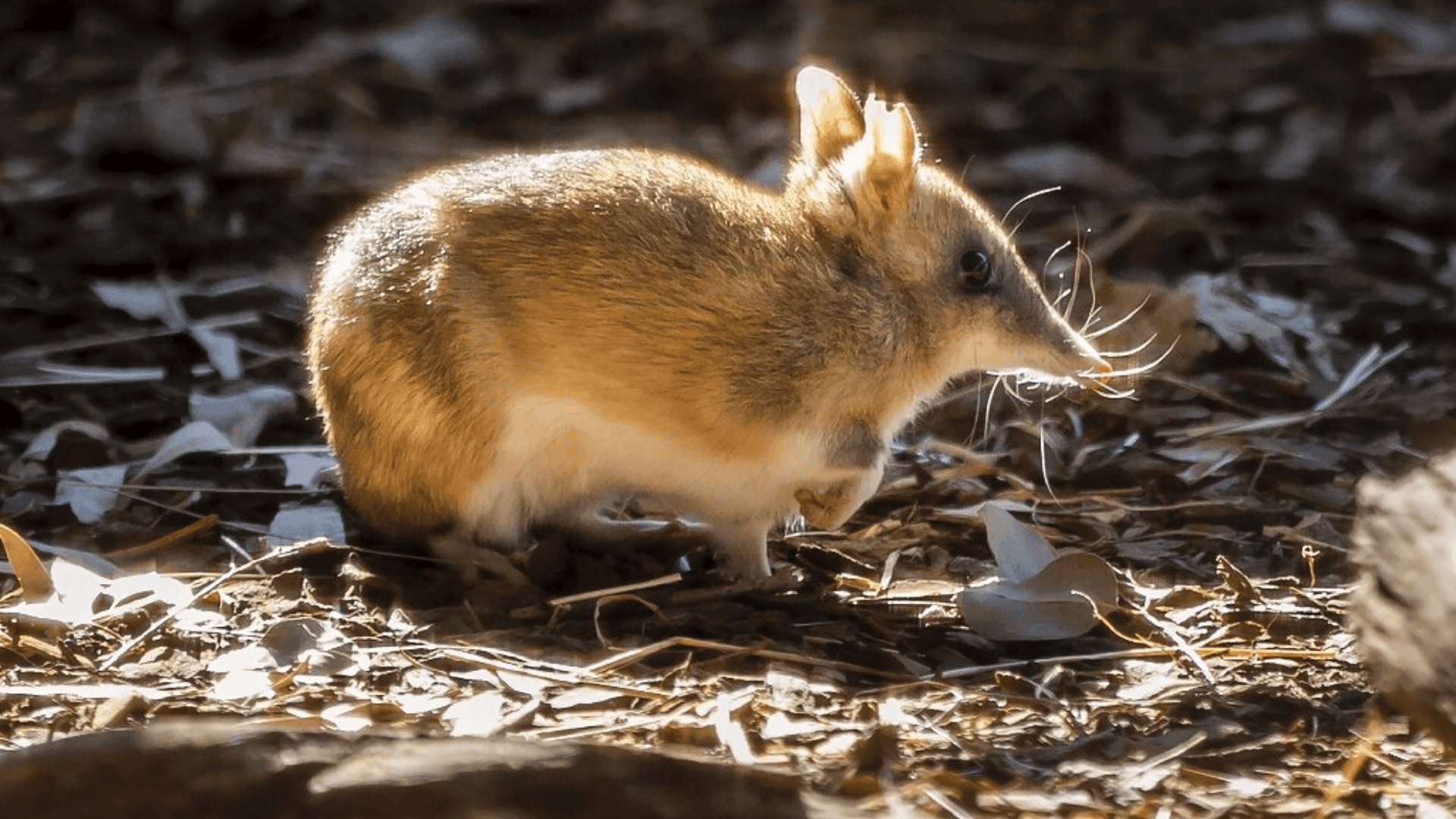
The Eastern Barred Bandicoot is a small, nocturnal marsupial with grayish-brown fur, distinctive pale stripes on its hindquarters, and a pointed snout. This agile animal is known for its burrowing behavior and quick movements when foraging for food.
- Region of Habitat: Native to Australia, particularly in grassy woodlands and scrublands.
- Scientific Name: Perameles gunnii
- Feeding Habits: Omnivorous, feeding on insects, earthworms, fungi, and plant roots, using its sharp claws to dig for food.
- What Sound They Make: They emit soft grunts and snuffles while foraging and high-pitched squeaks when alarmed.
Fun Fact: The Eastern Barred Bandicoot has been reintroduced into protected areas due to habitat loss and predation by introduced species like foxes and cats.
Unlike other marsupials, it has a very short gestation period of just 12 days, one of the shortest among mammals.
14. English Lop
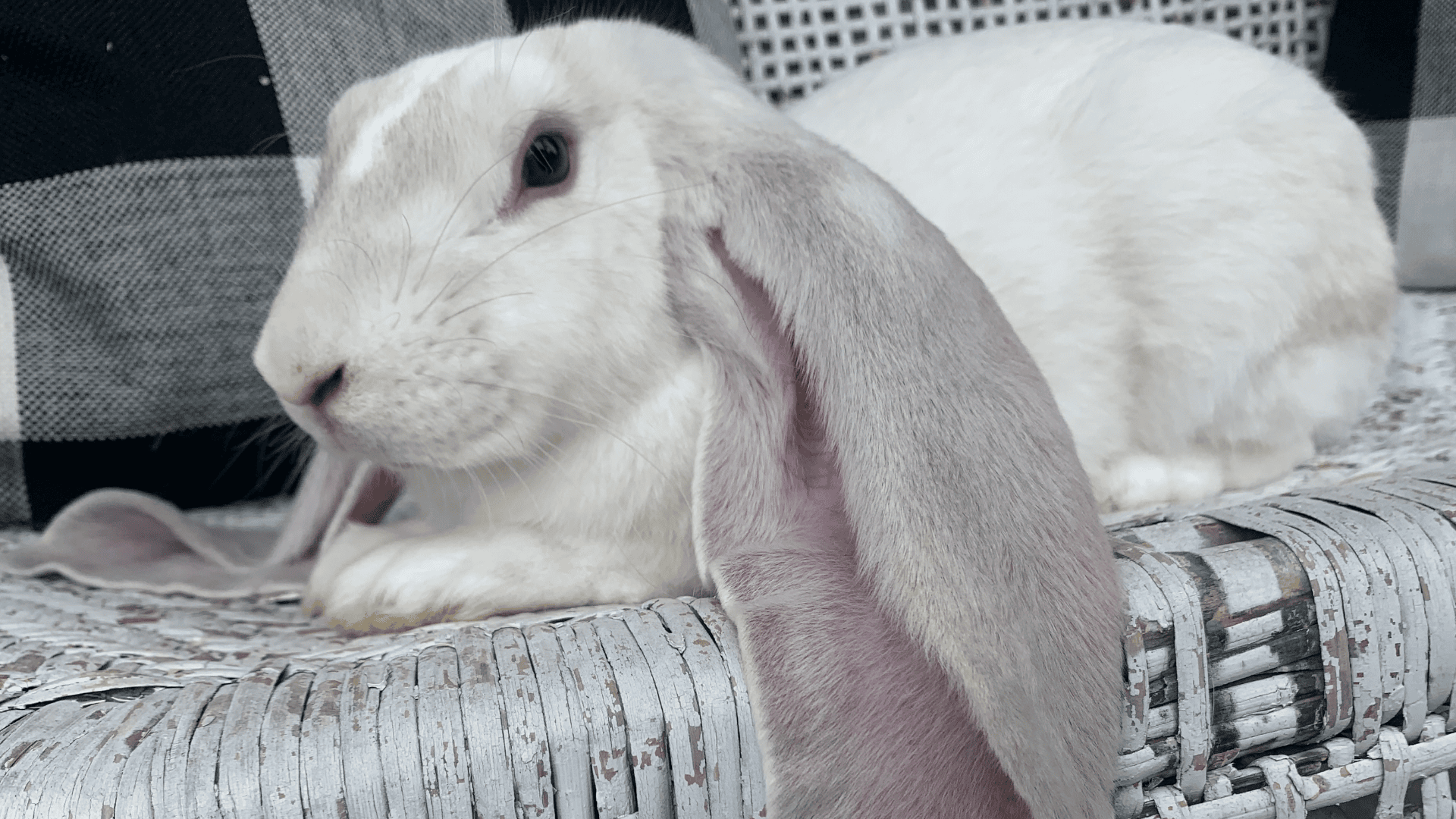
The English Lop is a domestic rabbit breed known for its extraordinarily long, floppy ears, which can reach over 21 inches in length. It has a slender body, a short coat, and a friendly temperament, making it popular as a pet.
- Region of Habitat: Originally bred in England but now found in households worldwide as a domesticated breed.
- Scientific Name: Oryctolagus cuniculus domesticus
- Feeding Habits: Herbivorous diet consisting of hay, leafy greens, and root vegetables, supplemented with pellets in captivity.
- What Sound They Make: Generally silent but may thump their feet when threatened or make soft purring sounds when content.
Fun Fact: English Lops were one of the first rabbit breeds selectively bred for their exaggerated ear length, originally for show purposes.
Their large ears help with thermoregulation, allowing heat to dissipate efficiently in warm environments.
15. Egret
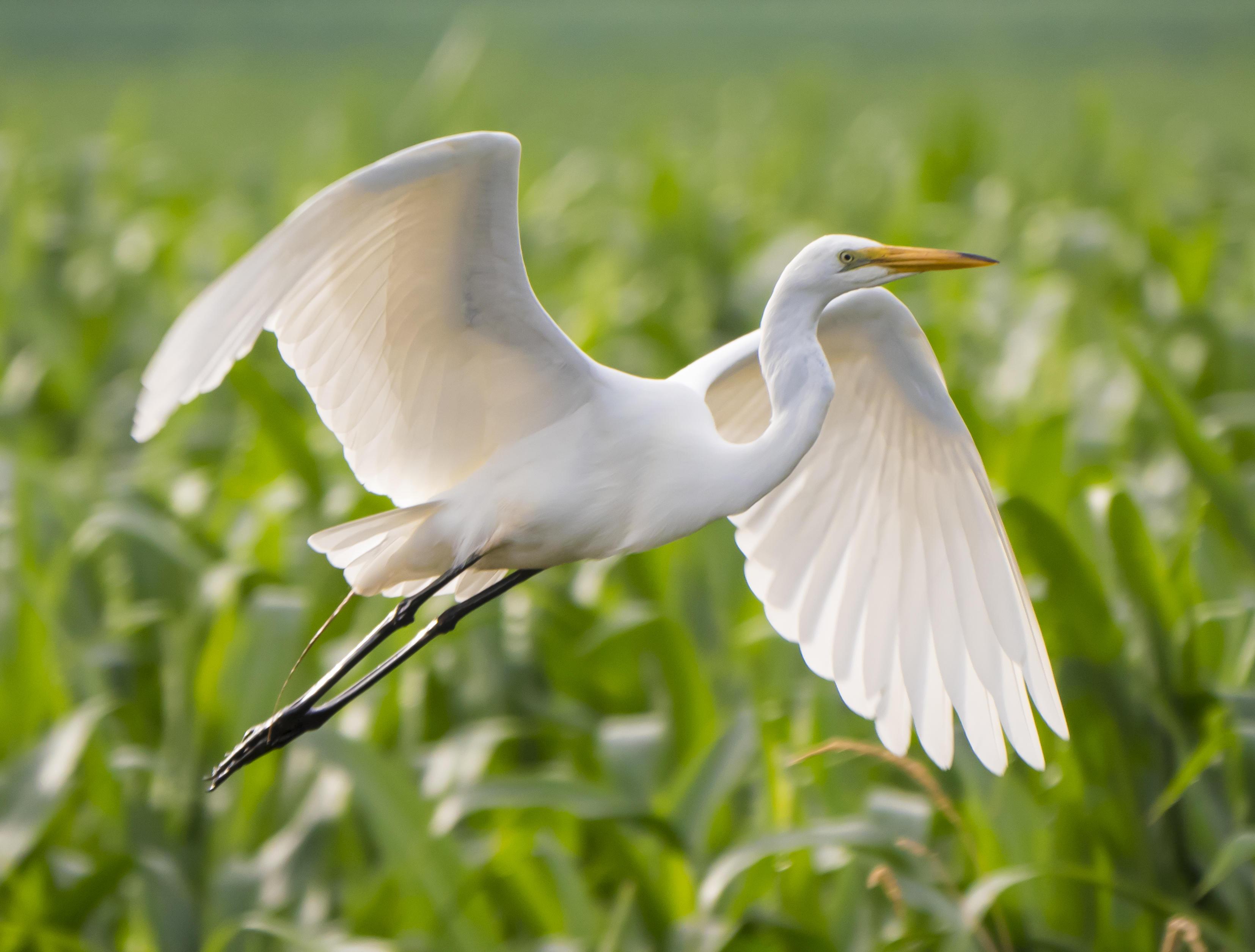
Egrets are graceful, long-legged wading birds with slender bodies, long necks, and sharp beaks, often seen standing motionless in shallow waters as they hunt for fish. Their white plumage gives them a graceful and striking appearance.
- Region of Habitat: Found across wetlands, marshes, lakes, and coastal areas on every continent except Antarctica.
- Scientific Name: Ardea alba (Great Egret)
- Feeding Habits: Carnivorous, feeding mainly on fish, amphibians, and small aquatic animals, using their sharp beaks to spear prey.
- What Sound They Make: Emits harsh croaks and guttural calls, often heard during nesting or alarmed situations.
Fun Fact: Egrets were once hunted extensively for their feathers, which were used in the fashion industry, leading to conservation efforts that helped protect them.
Some species display spectacular courtship dances, fluffing their feathers and stretching their long necks to attract mates.
16. European Shag
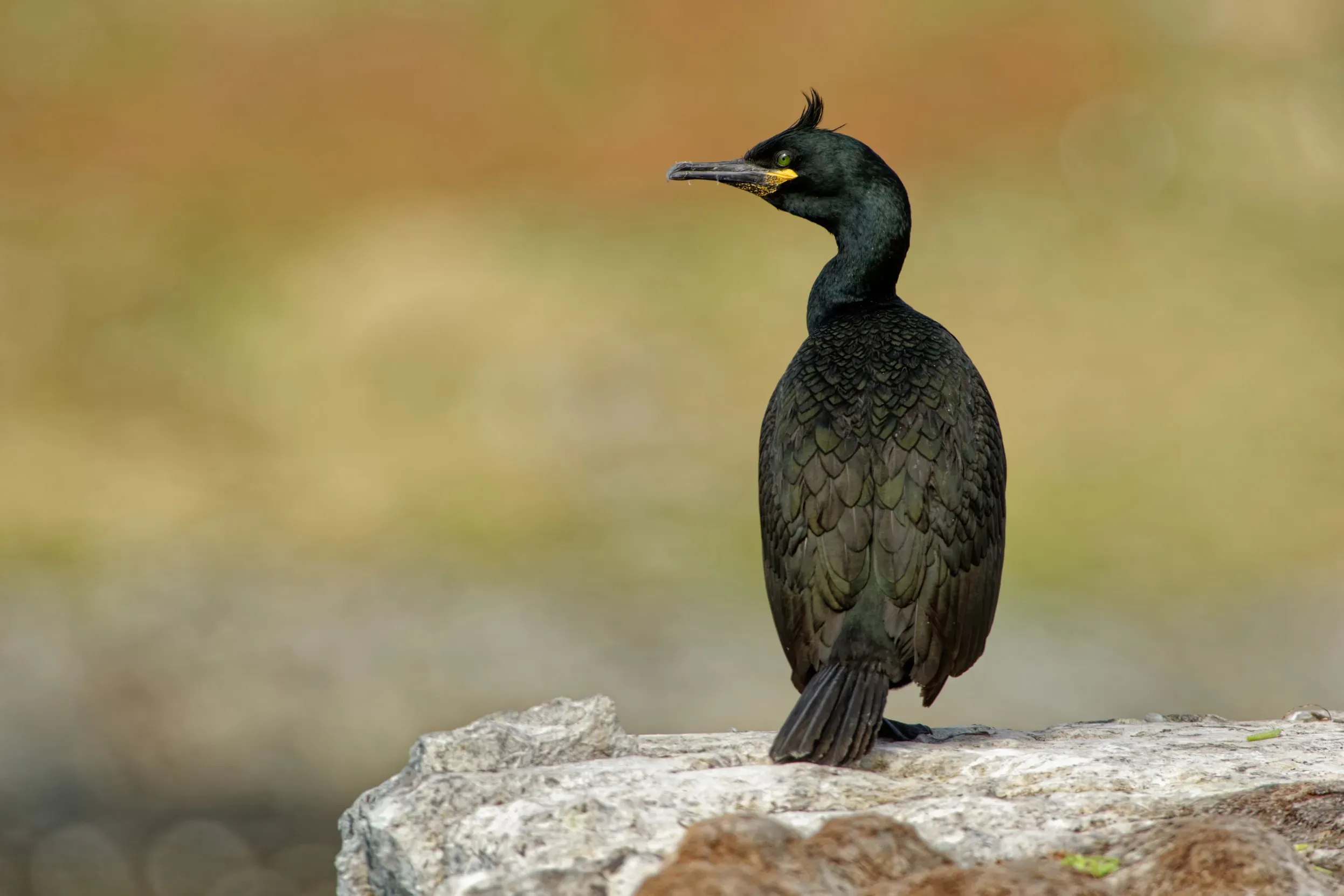
The European Shag is a medium-sized seabird with a sleek, dark greenish-black body, long slender neck, and a thin, hooked beak. It has striking emerald-green eyes and a distinctive crest on its head during the breeding season.
Unlike its relative, the Great Cormorant, the European Shag is more compact and often holds a characteristic low, snake-like posture when swimming. It is an excellent diver, using its webbed feet to propel itself underwater in search of fish.
- Region of Habitat: Found along the rocky coastlines of Europe, North Africa, and parts of the Atlantic Ocean, particularly in marine environments and coastal cliffs.
- Scientific Name: Gulosus aristotelis
- Feeding Habits: Primarily feeds on small fish such as sand eels and herring, diving deep into the water and chasing prey using its powerful swimming abilities.
- What Sound They Make: Produces guttural grunts, croaks, and harsh calls, especially during breeding season and territorial disputes.
Fun Fact: European Shags are incredible divers, capable of plunging more than 150 feet underwater to catch fish.
Unlike many seabirds, their feathers are not fully waterproof, which helps them dive efficiently but requires them to spread their wings out to dry after swimming.
17. Eurasian Kestrel
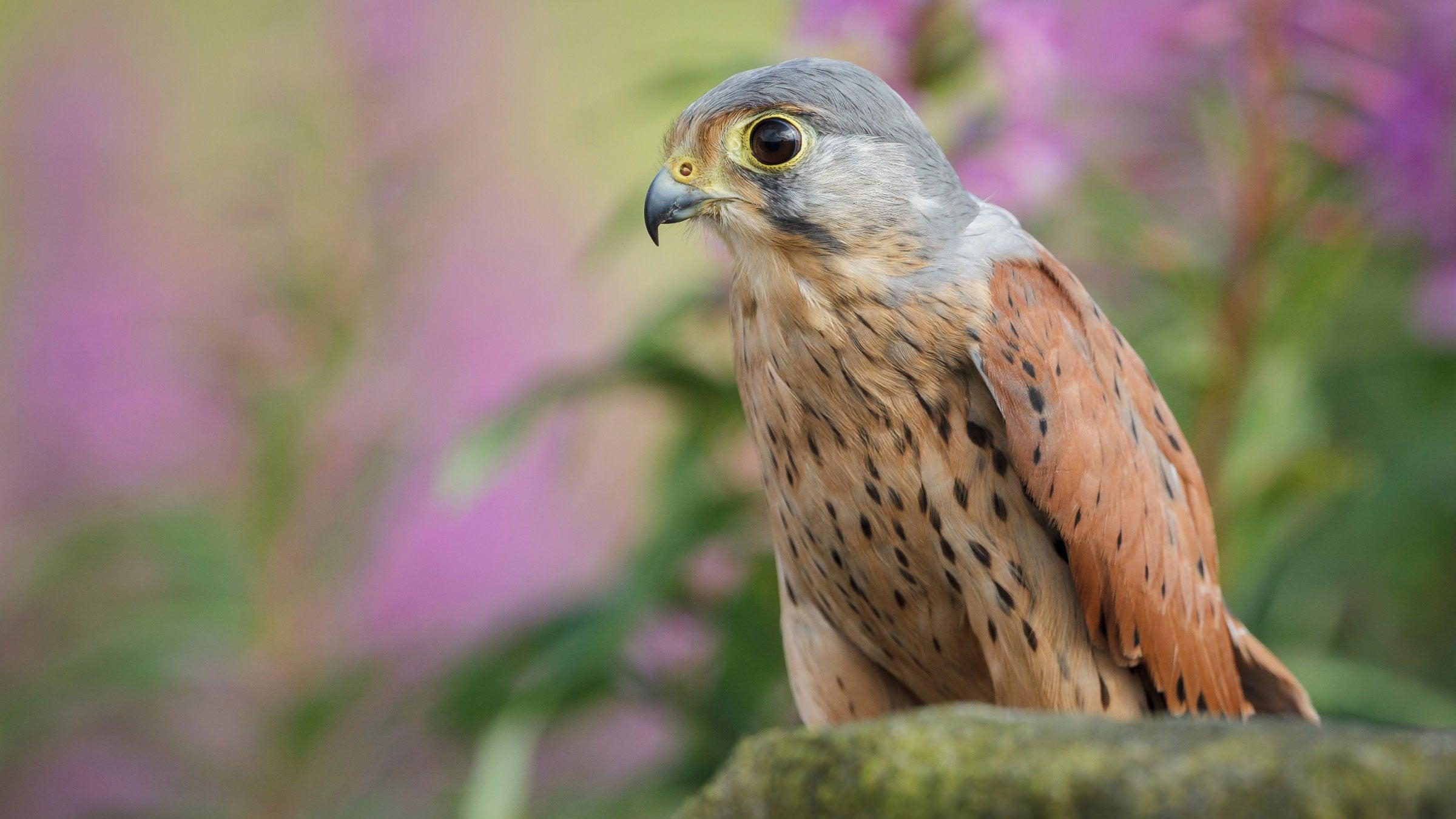
The Eurasian Kestrel is a small falcon with brownish plumage, black markings, and a distinctive habit of hovering in mid-air while scanning for prey. It is one of the most widespread birds of prey in Europe and Asia.
- Region of Habitat: Found across Europe, Asia, and North Africa in open fields, grasslands, and urban areas.
- Scientific Name: Falco tinnunculus
- Feeding Habits: Carnivorous diet consisting of small rodents, birds, and large insects, often spotted hunting from a perch.
- What Sound They Make: Produces a sharp, high-pitched “kee-kee-kee” call, especially during mating season.
Fun Fact: The Eurasian Kestrel can see ultraviolet light, helping it detect the urine trails of rodents, making it a highly effective hunter. Unlike many raptors, it often nests in cliffs, buildings, and even human-made nest boxes.
18. Emperor Penguin

Emperor Penguins are the largest of all penguin species, reaching up to four feet in height. They have black-and-white plumage with striking yellow-orange markings around their heads and necks.
These social birds live in extreme Antarctic conditions, enduring freezing temperatures.
- Region of Habitat: Exclusively found in Antarctica, living on ice sheets and hunting in the Southern Ocean.
- Scientific Name: Aptenodytes forsteri
- Feeding Habits: Primarily eats fish, squid, and krill, diving deep into icy waters to catch prey.
- What Sound They Make: Produces a variety of calls, including trumpeting and whistling sounds, used to communicate within colonies.
Fun Fact: Emperor Penguins endure one of the harshest breeding seasons. Males incubate eggs on their feet for two months without eating.
They can hold their breath for over 20 minutes and dive more than 1,500 feet deep in search of food.
19. Eider
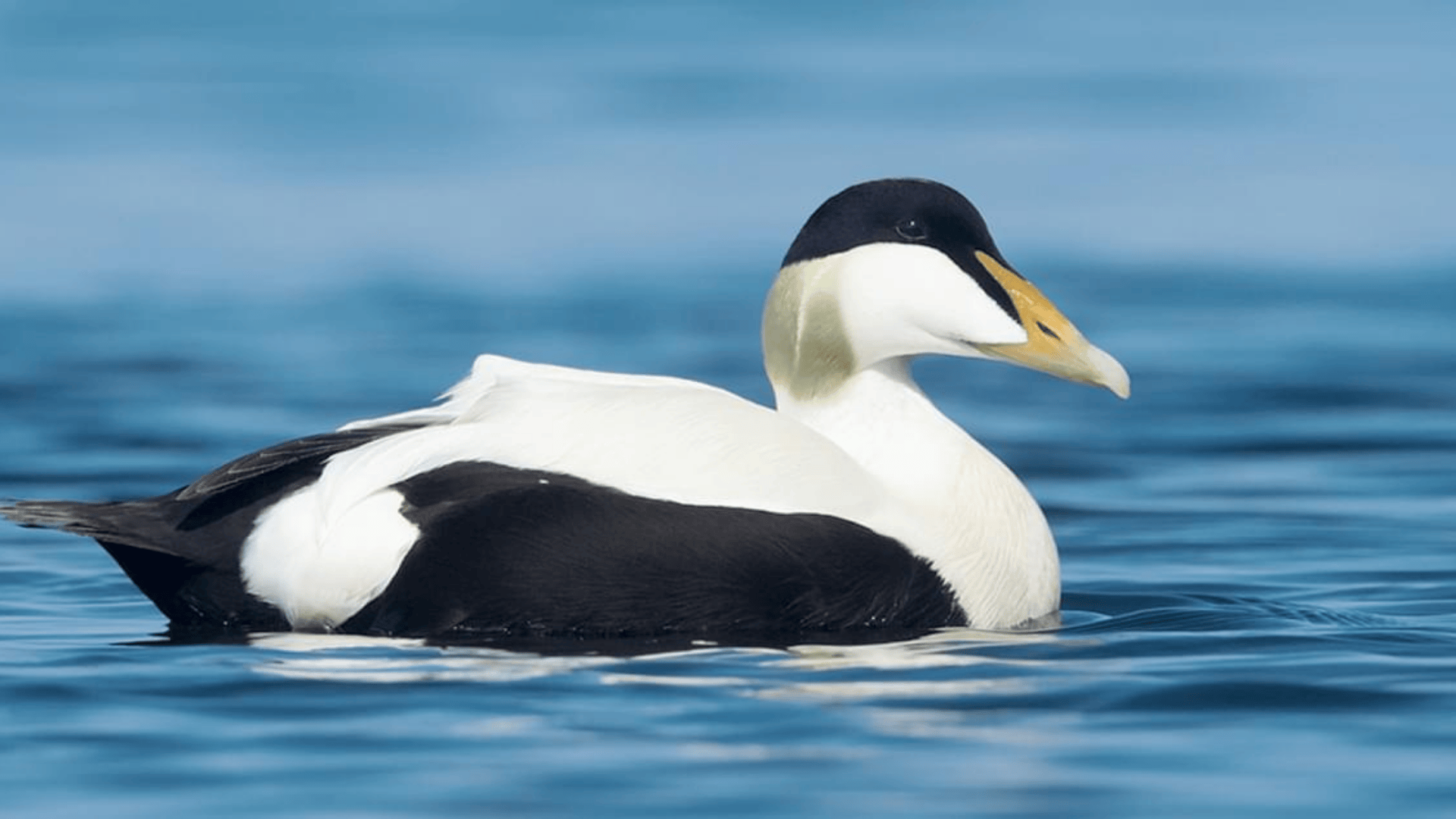
Eiders are large sea ducks with a stocky build, webbed feet, and thick down feathers that provide exceptional insulation against cold temperatures.
Males are often striking in appearance, featuring bold black-and-white plumage, while females are mottled brown for camouflage. Their dense, soft feathers, known as eiderdown, are highly valued for insulation in clothing and bedding.
- Region of Habitat: Found along the coasts of the Arctic and northern temperate regions, nesting on rocky shores and coastal islands.
- Scientific Name: Somateria mollissima (Common Eider)
- Feeding Habits: Primarily feeds on mollusks, crustaceans, and small fish, often diving underwater to forage for food.
- What Sound They Make: Produces low, cooing sounds, particularly during mating displays and when interacting with chicks.
Fun Fact: Eider ducks are known for their cooperative breeding behavior, where multiple females may share the responsibility of raising ducklings in a group.
Their eiderdown is one of the most effective natural insulators, historically harvested by humans without harming the birds, as they naturally shed it when nesting.
20. Elf Owl
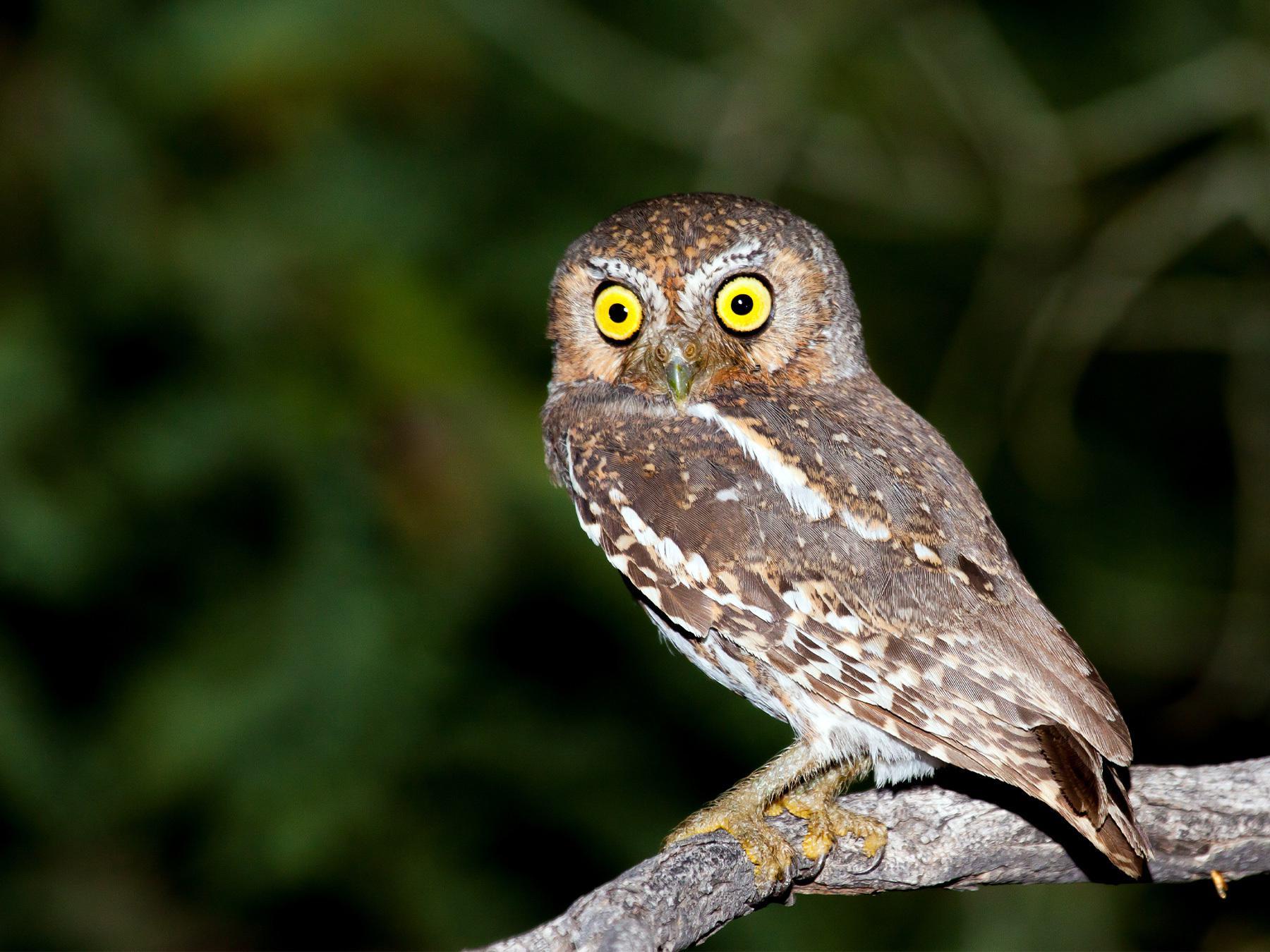
The Elf Owl is the smallest owl species in the world, measuring only about 5 inches tall and weighing less than 2 ounces.
It has soft gray-brown plumage, large yellow eyes, and a short tail, making it well-camouflaged among tree bark. Unlike many owls, it lacks ear tufts and prefers nesting in abandoned woodpecker holes.
- Region of Habitat: Native to the southwestern United States, Mexico, and parts of Central America, thriving in desert scrub, woodlands, and saguaro cacti forests.
- Scientific Name: Micrathene whitneyi
- Feeding Habits: Insectivorous, feeding mainly on moths, beetles, scorpions, and small spiders, catching prey in mid-air or off the ground.
- What Sound They Make: They produce a high-pitched, whistling “pew-pew” call, often heard at night.
Fun Fact: Despite their tiny size, Elf Owls are fierce hunters and can take down prey as large as scorpions, often removing the stingers before eating them.
These owls migrate seasonally, traveling hundreds of miles between breeding and wintering grounds, unlike most owl species that remain in one area year-round.
More Animals with the Letter “E”
21. Eagle Owl
22. Eastern Box Turtle
23. Eastern Brown Snake
24. Eastern Chipmunk
25. Eastern Coral Snake
26. Eastern Cottontail
27. Eastern Diamondback Rattlesnake
28. Eastern Fence Lizard
29. Eastern Glass Lizard
30. Eastern Gray Kangaroo
31. Eastern Gray Squirrel
32. Eastern Green Mamba
33. Eastern Hognose Snake
34. Eastern Indigo Snake
35. Eastern Lowland Gorilla
36. Eastern Meadowlark
37. Eastern Milk Snake
38. Eastern Newt
39. Eastern Phoebe
40. Eastern Racer
41. Eastern Rat Snake
42. Eastern Rosella
43. Eastern Screech Owl
44. Eastern Spadefoot Toad
45. Eastern Spinebill
46. Eastern Tiger Swallowtail
47. Eastern Towhee
48. Eastern Wood Pewee
49. Echidna
50. Eel
51. Eel Catfish
52. Eel-tailed Catfish
53. Egyptian Cobra
54. Egyptian Goose
55. Egyptian Mau
56. Eland
57. Electric Catfish
58. Electric Eel
59. Elegant Tern
60. European Shag
61. Elephant Beetle
62. Elephant Fish
63. Elephant Seal
64. Elkhound
65. Emerald Ash Borer
66. Emerald Dove
67. Emerald Swift
68. Emperor Angelfish
69. Emperor Goose
70. Emperor Moth
71. Emperor Scorpion
72. Enchi Ball Python
73. English Bulldog
74. English Cocker Spaniel
75. English Cream Golden Retriever
76. English Foxhound
77. English Mastiff
78. English Setter
79. English Shepherd
80. English Springer Spaniel
81. Entlebucher Mountain Dog
82. Epagneul Pont Audemer
83. Epaulette Shark
84. Ermine
85. Eryops (extinct amphibian)
86. Escargot (edible snail)
87. Essex Pig
88. Estuarine Crocodile
89. Ethiopian Highland Hare
90. Ethiopian Wolf
91. Eurasian Beaver
92. Eurasian Blackbird
93. Eurasian Blue Tit
94. Eurasian Bullfinch
95. Eurasian Collared Dove
96. Eurasian Eagle Owl
97. Eurasian Elk
98. Eurasian Hobby
99. Eurasian Jay
100. Eurasian Lynx
101. Eurasian Magpie
102. Eurasian Nuthatch
103. Eurasian Otter
104. Eurasian Red Squirrel
105. Eurasian Skylark
106. Eurasian Sparrowhawk
107. Eurasian Spoonbill
108. Eurasian Treecreeper
109. Eurasian Wolf
110. European Adder
111. European Anchovy
112. European Badger
113. European Bee-eater
114. European Bison
115. European Bullhead
116. European Catfish
117. European Eel
118. European Goldfinch
119. European Green Lizard
120. European Green Toad
121. European Hare
122. European Hedgehog
123. European Herring Gull
124. European Hornet
125. European Lynx
126. European Magpie
127. European Mole
128. European Nightjar
129. European Perch
130. European Roller
131. European Polecat
132. European Rabbit
133. European Robin
Bringing It Together
Wrapping up the wild expedition through the world of animals that begin with the letter “E”!
From the graceful eagle soaring through mountain skies to the elusive echidna with its peculiar egg-laying abilities, this list unveils remarkable creatures that showcase nature’s incredible diversity.
If you are a wildlife enthusiast, student, or curious mind, our detailed profiles cover everything you need to know about these amazing animals.
Know where each species calls home, their scientific name, and fun facts that will turn you into an “E-animal” expert.
From the endangered to the abundant, the microscopic to the massive, join us as we explore Earth’s extraordinary “E” inhabitants that inhabit our oceans, forests, deserts, and even your backyard!

